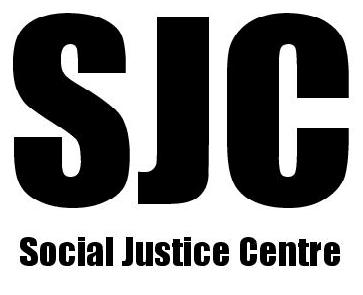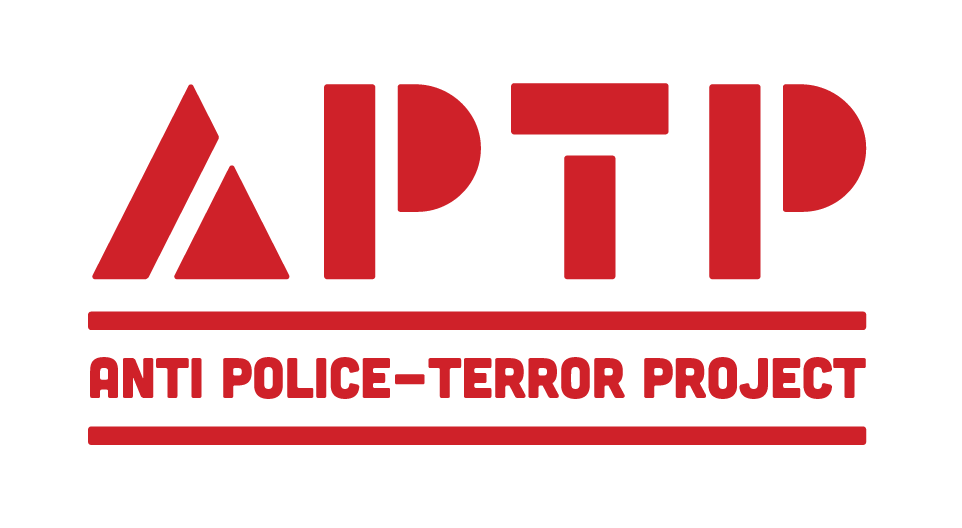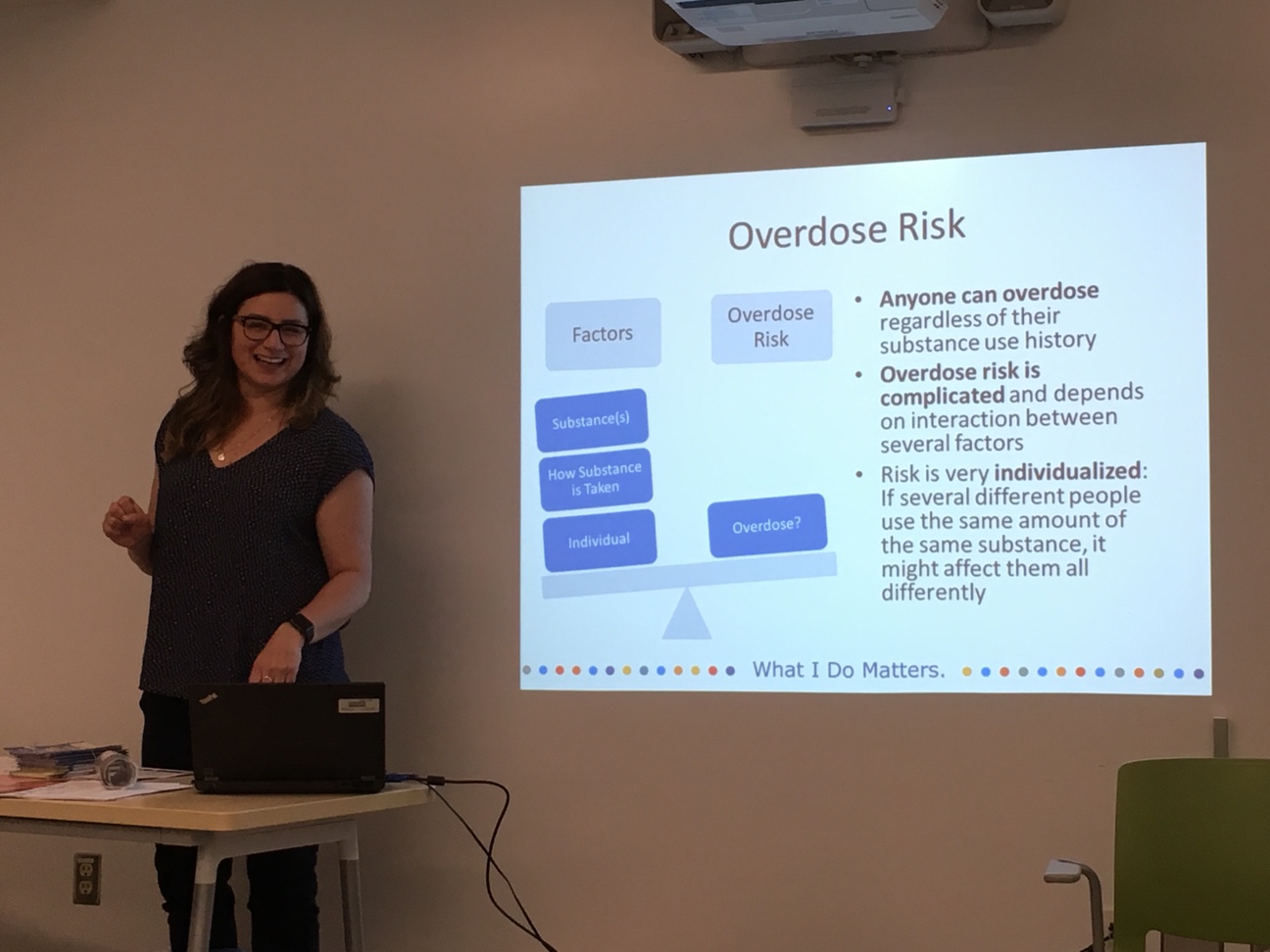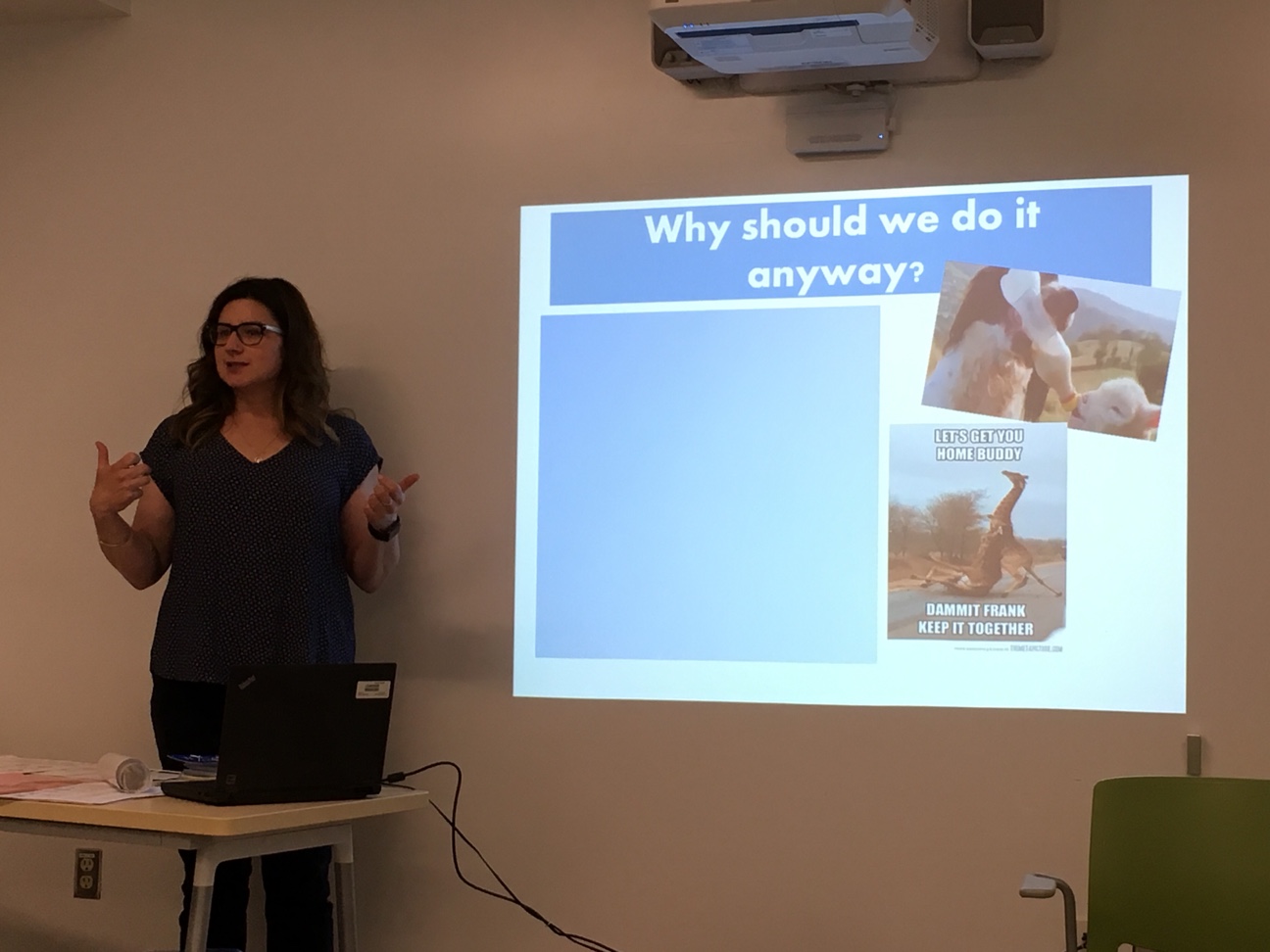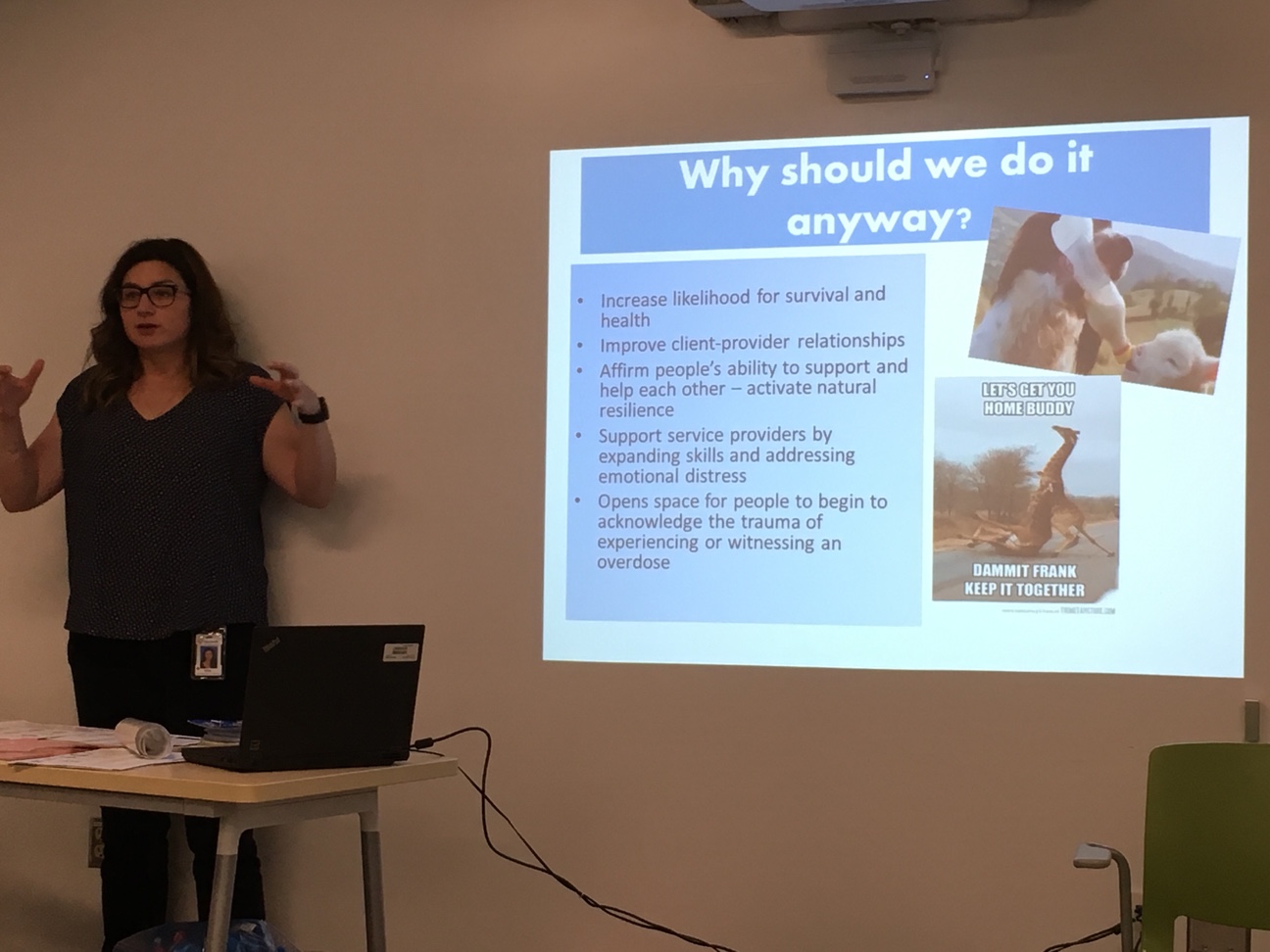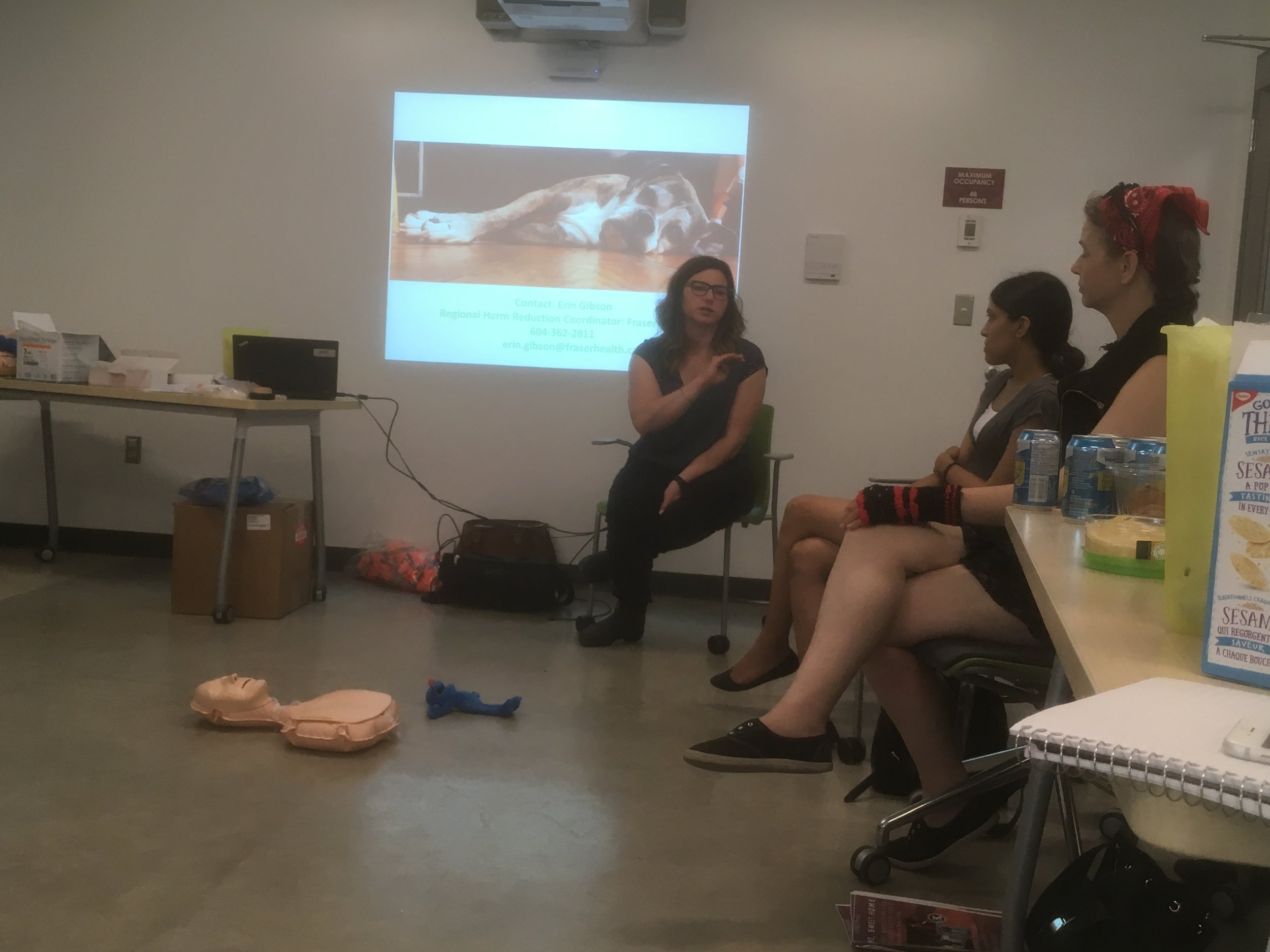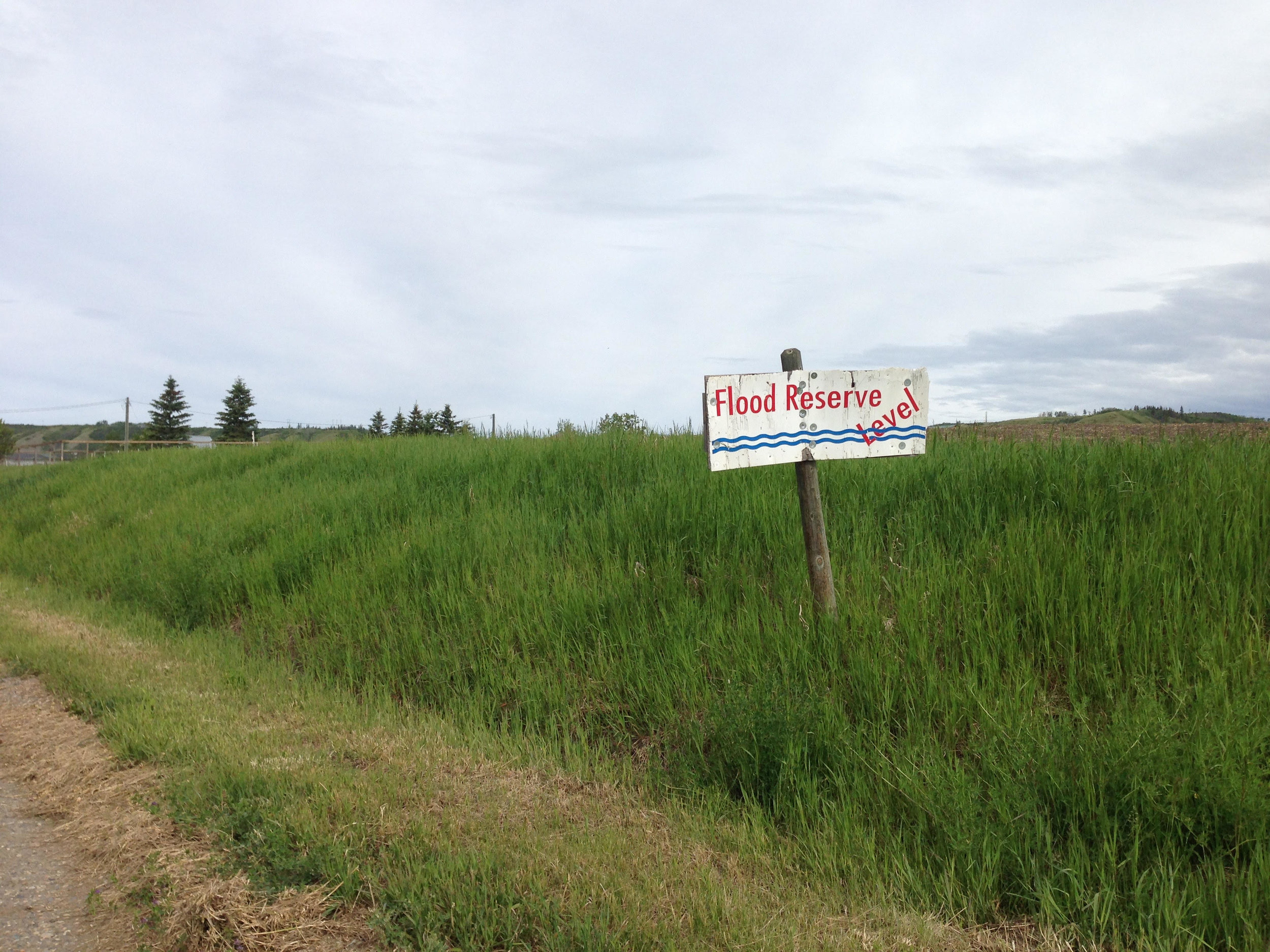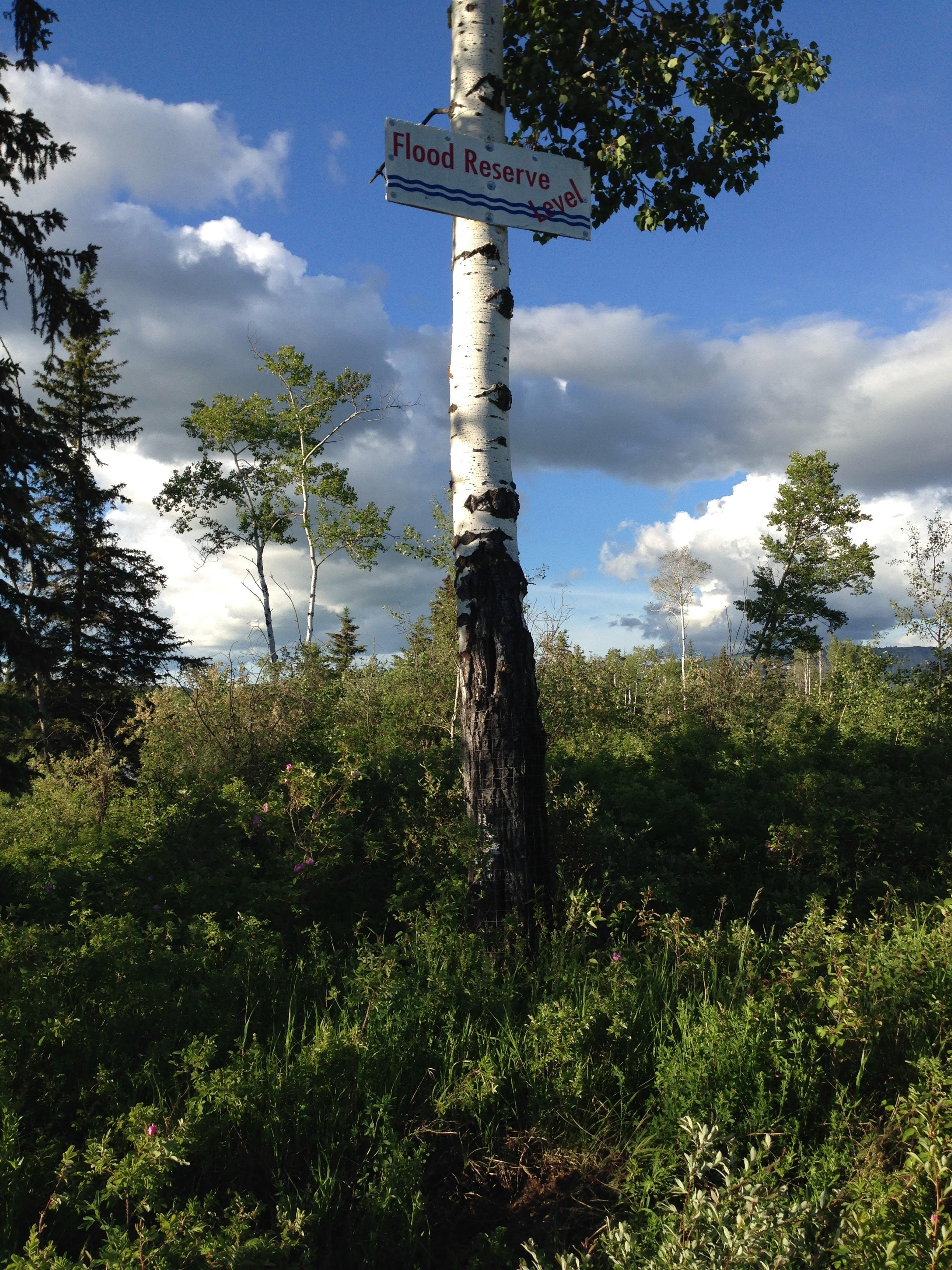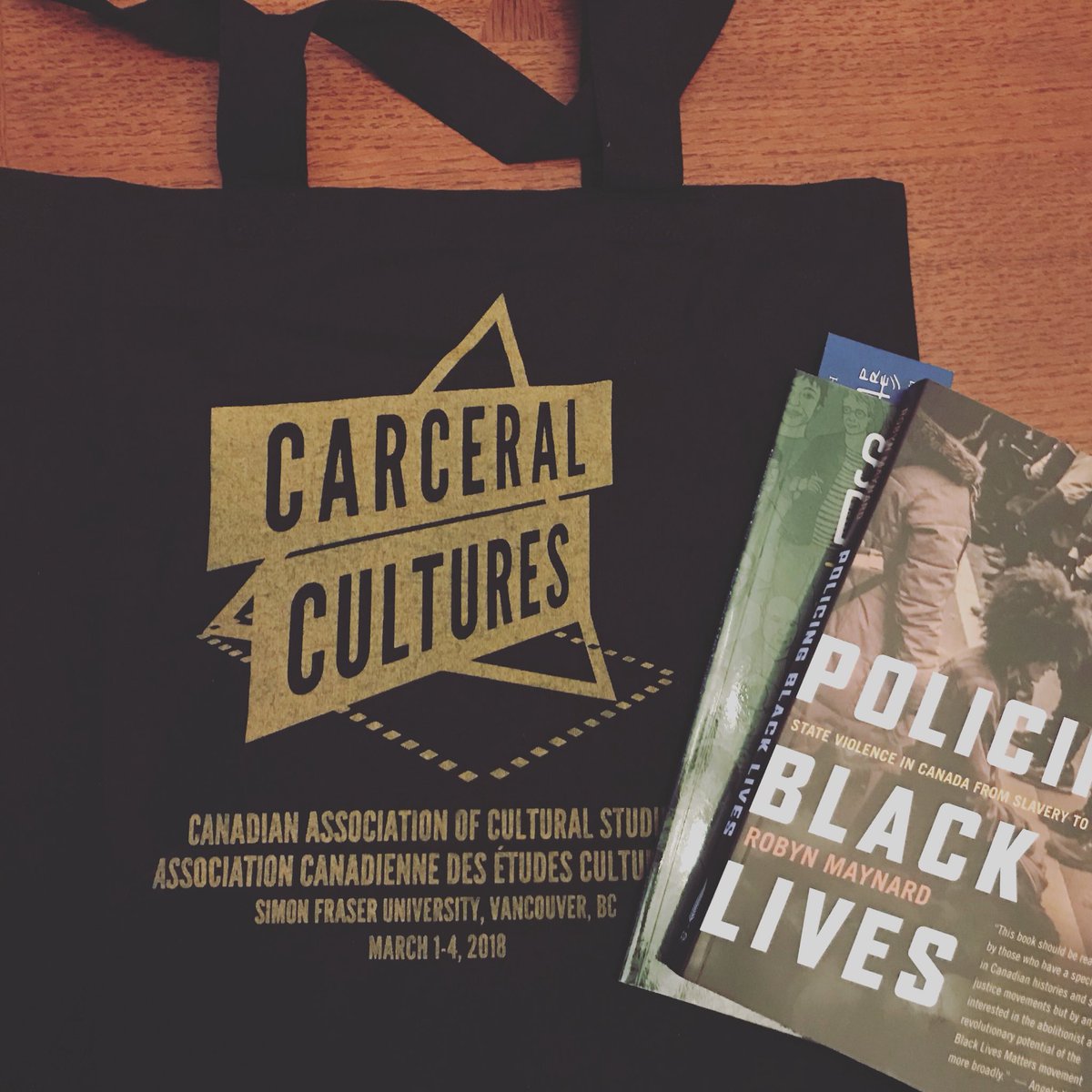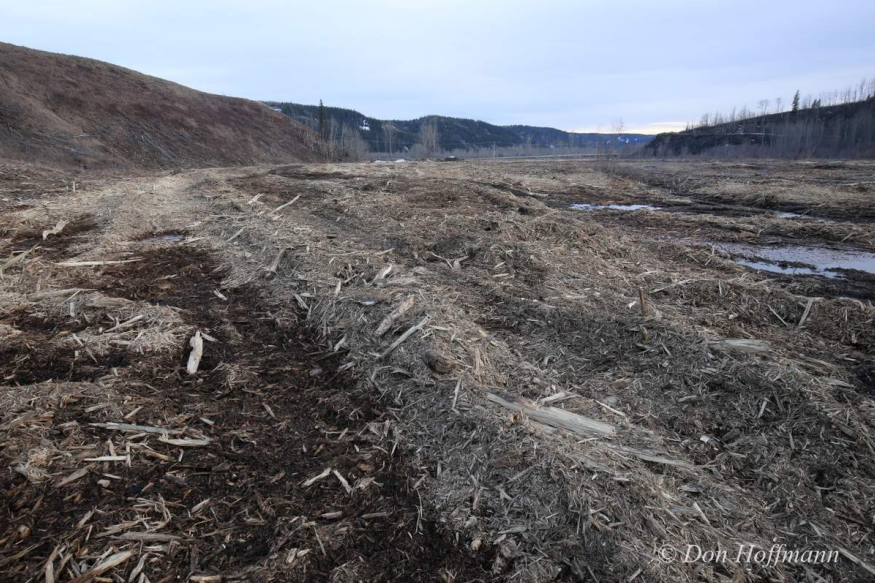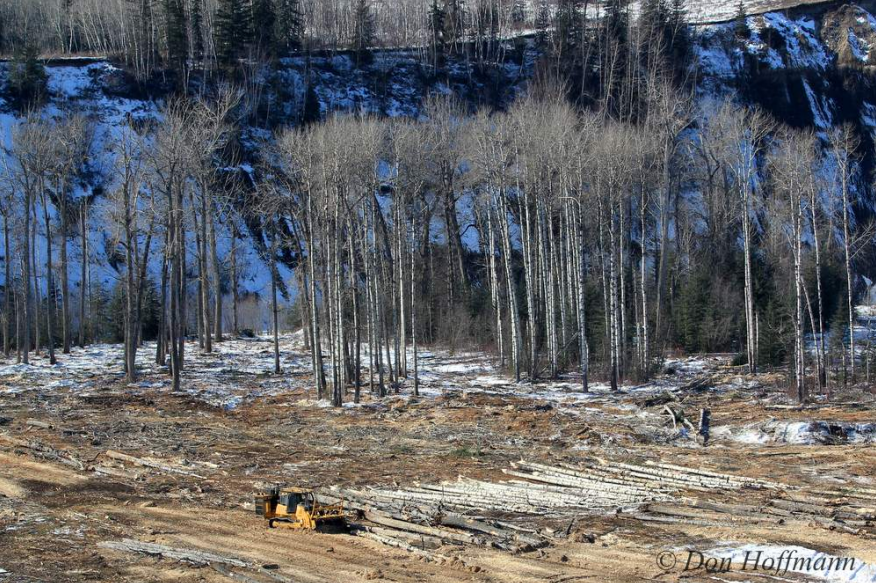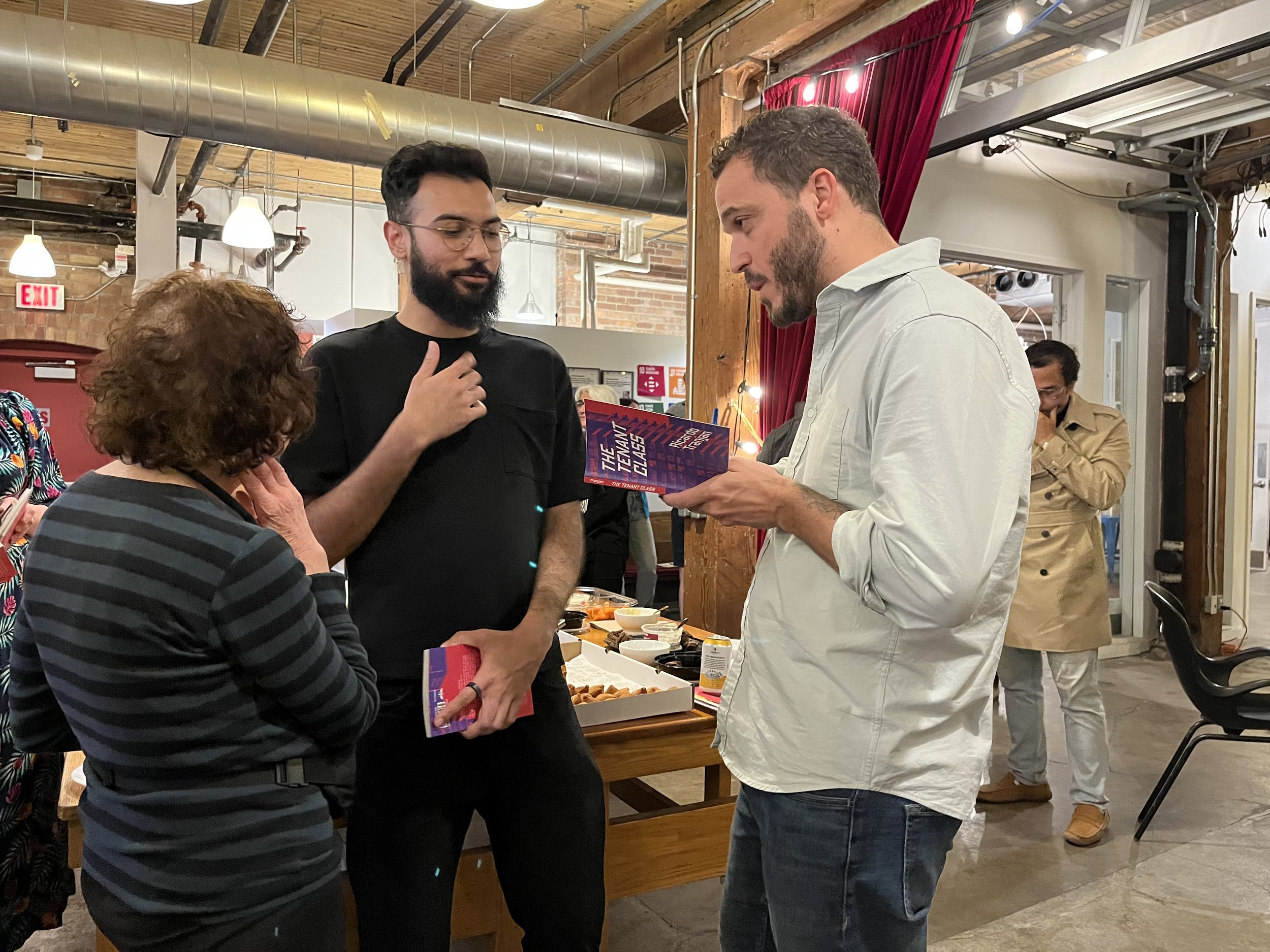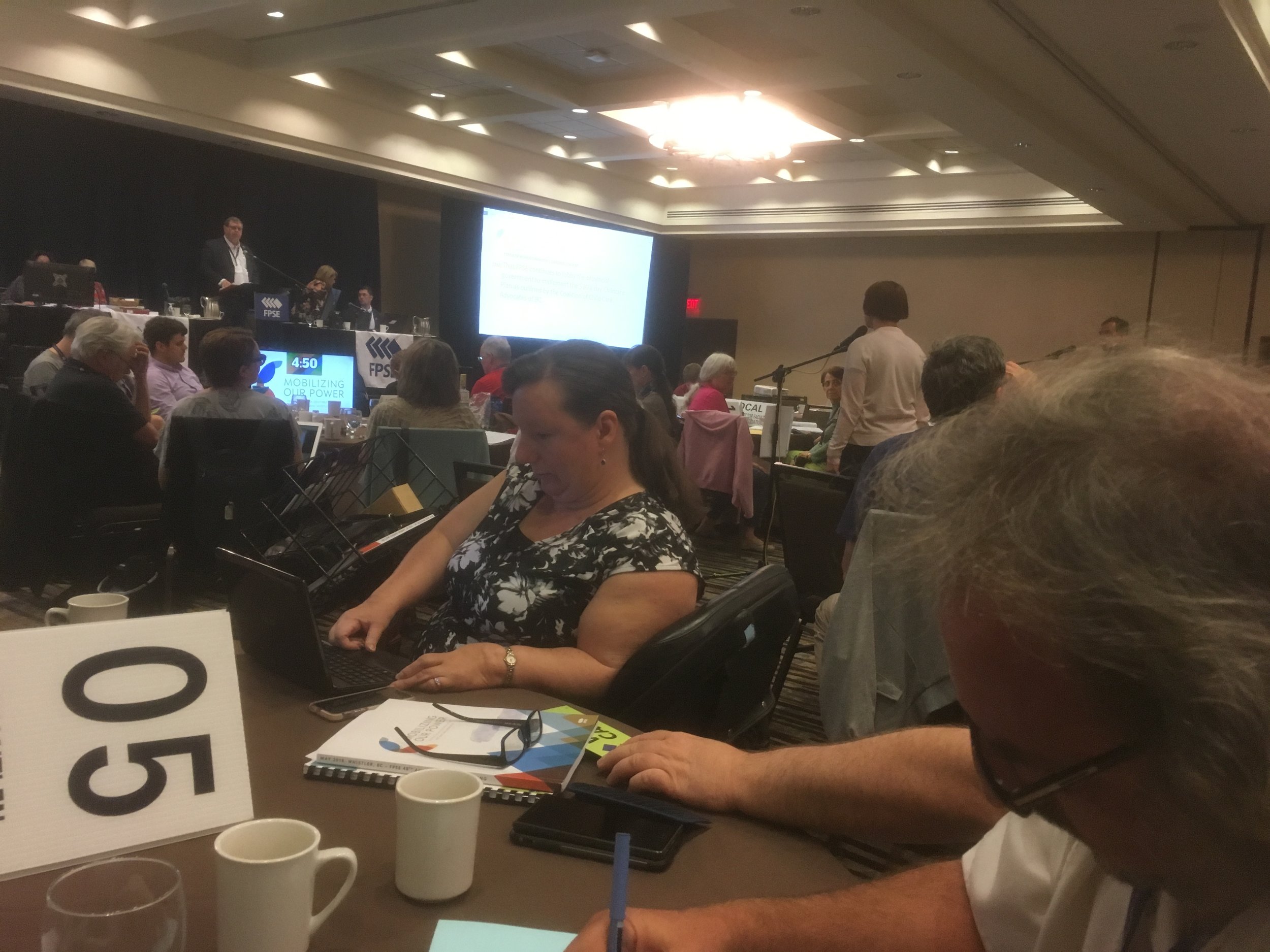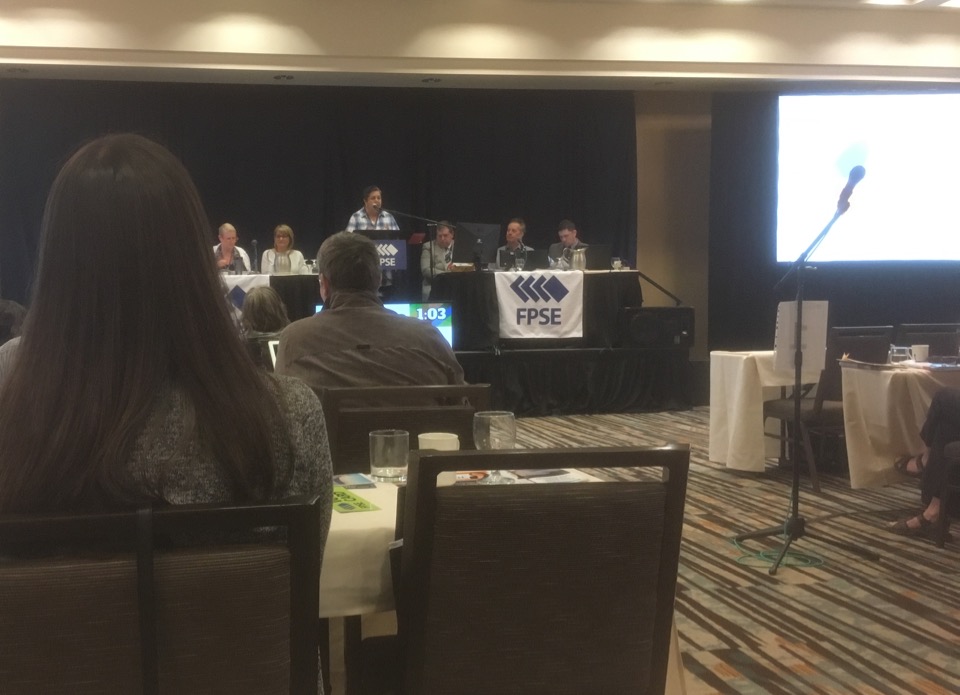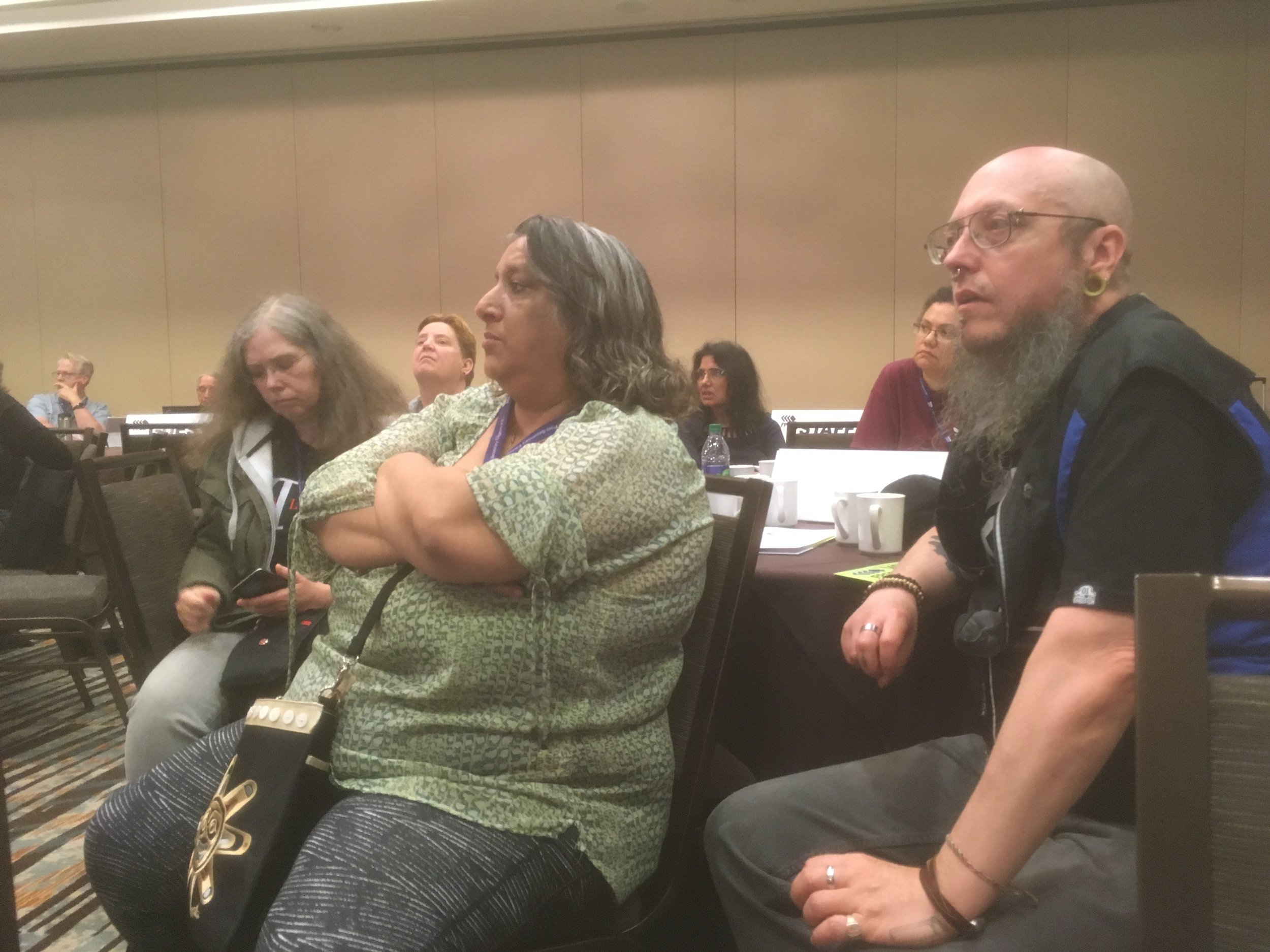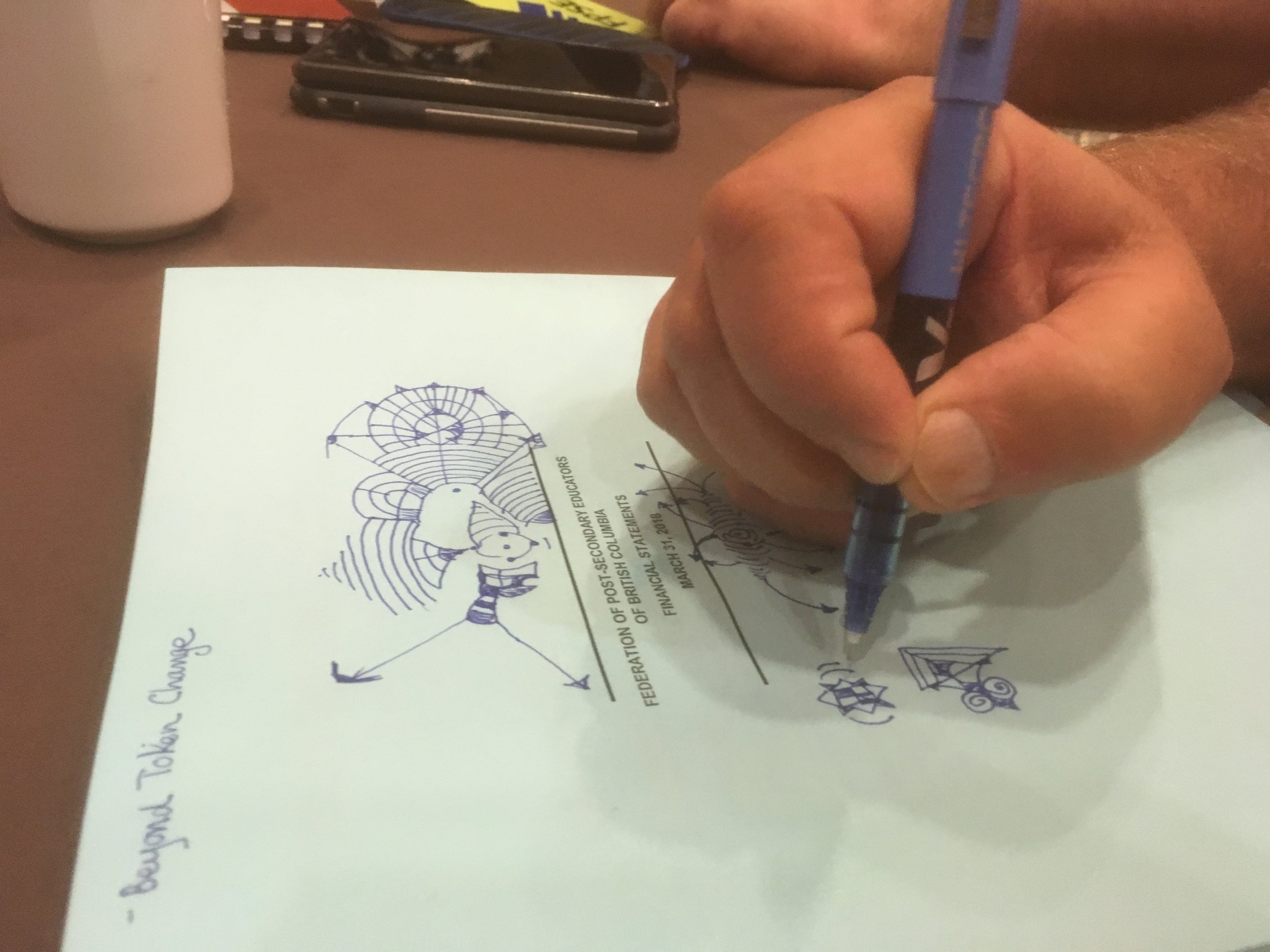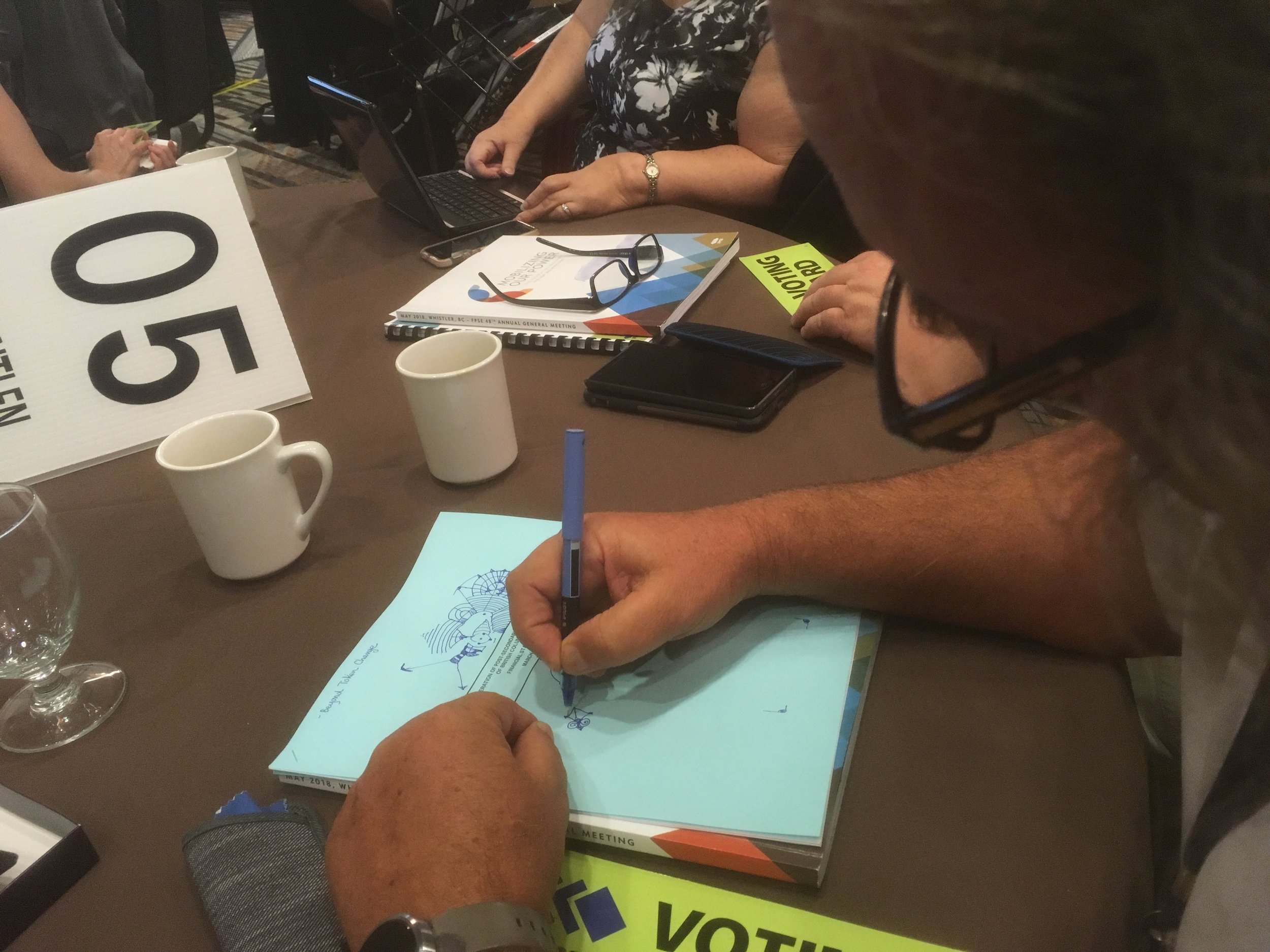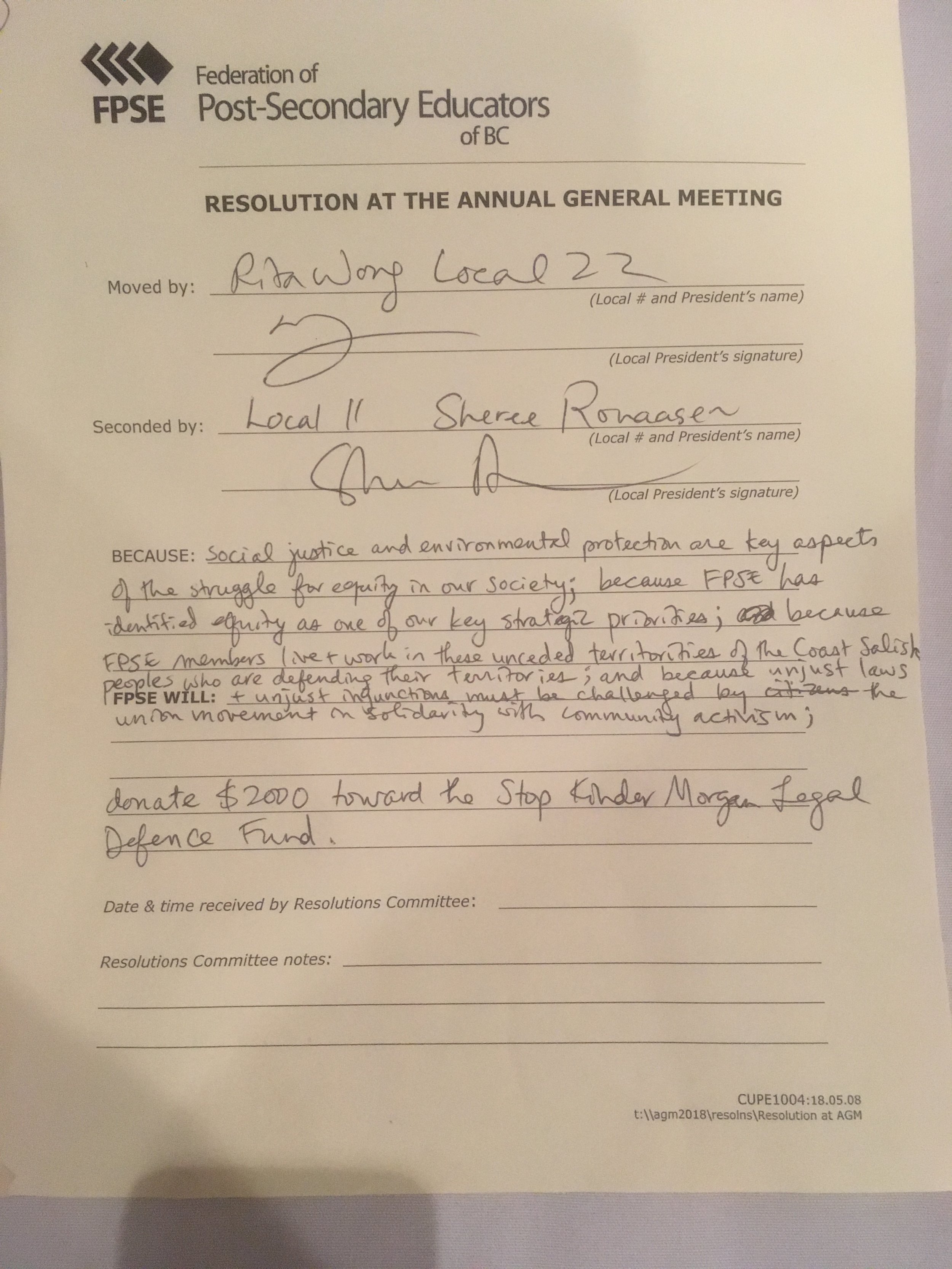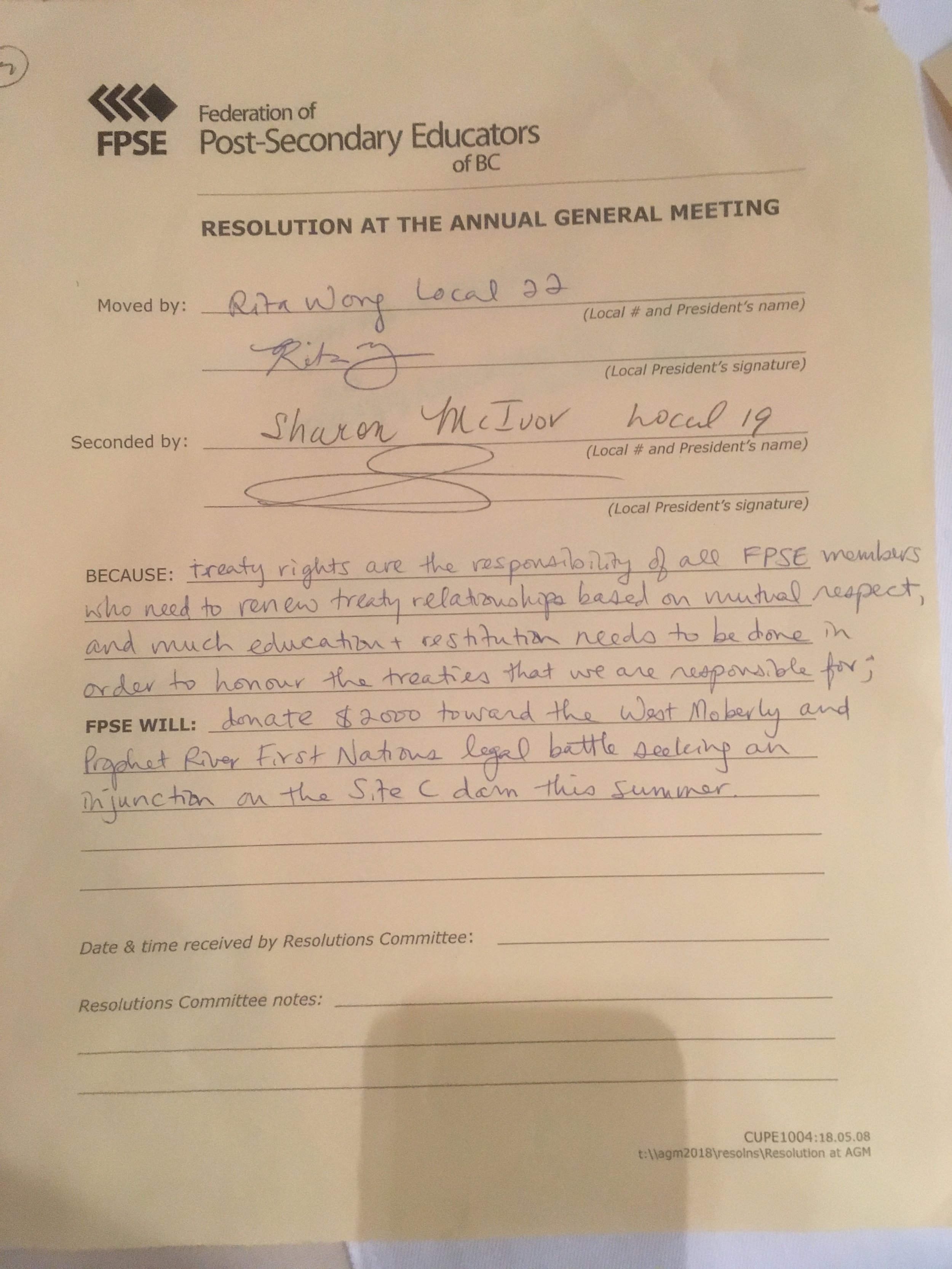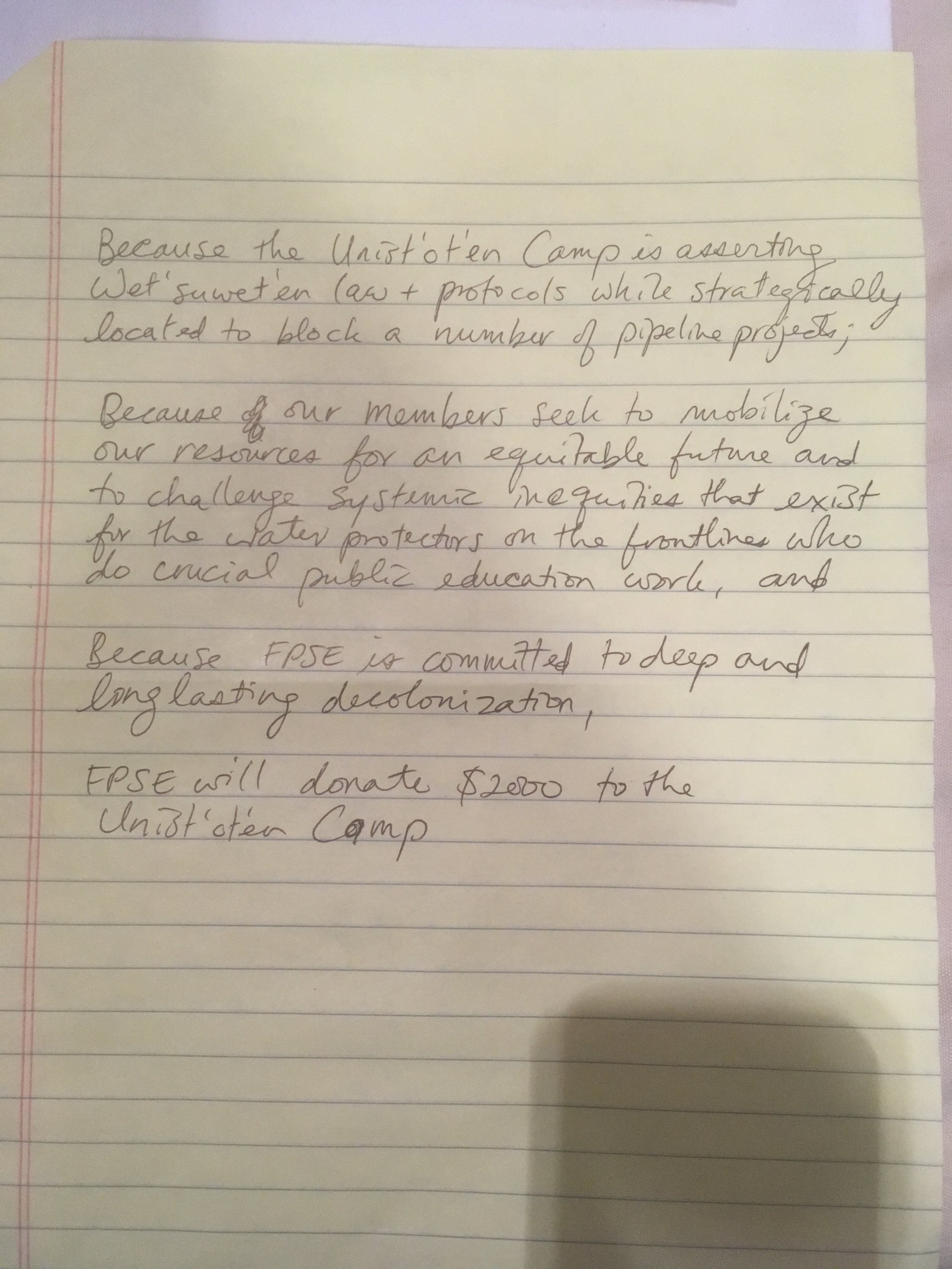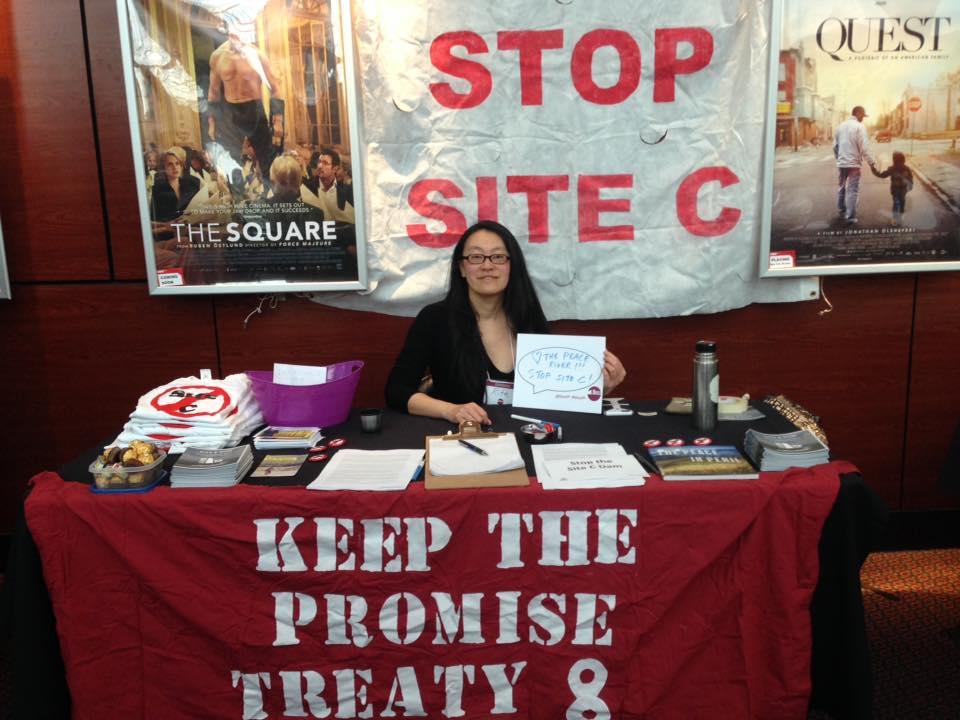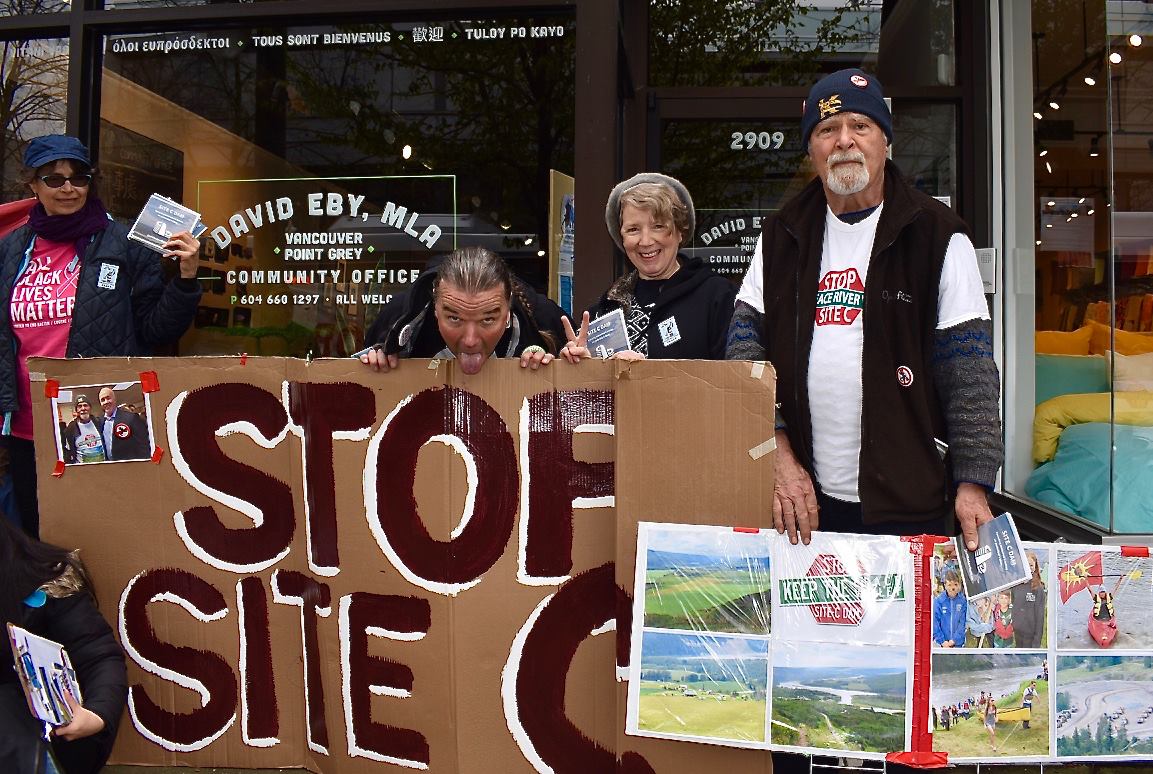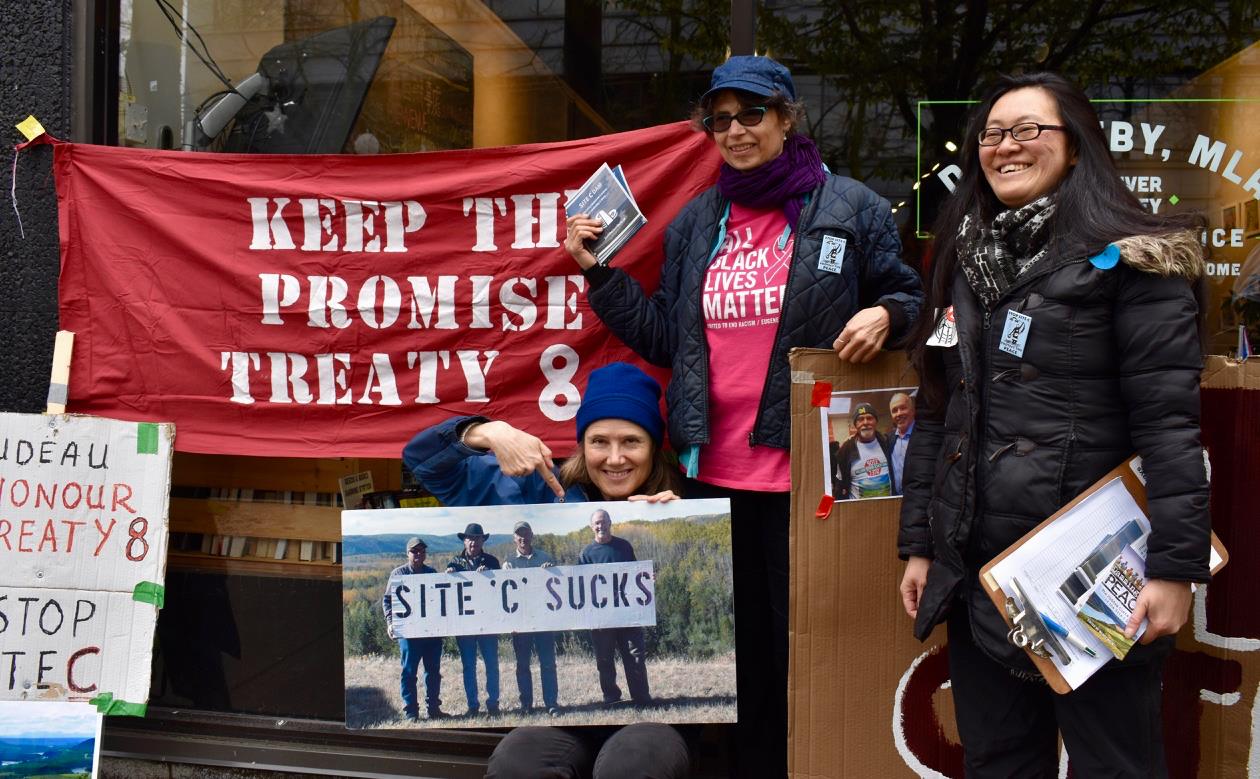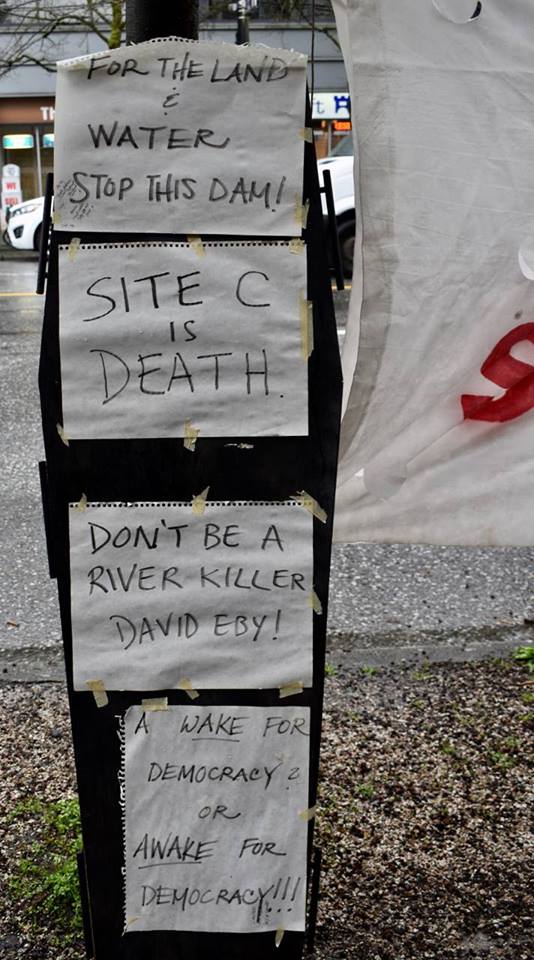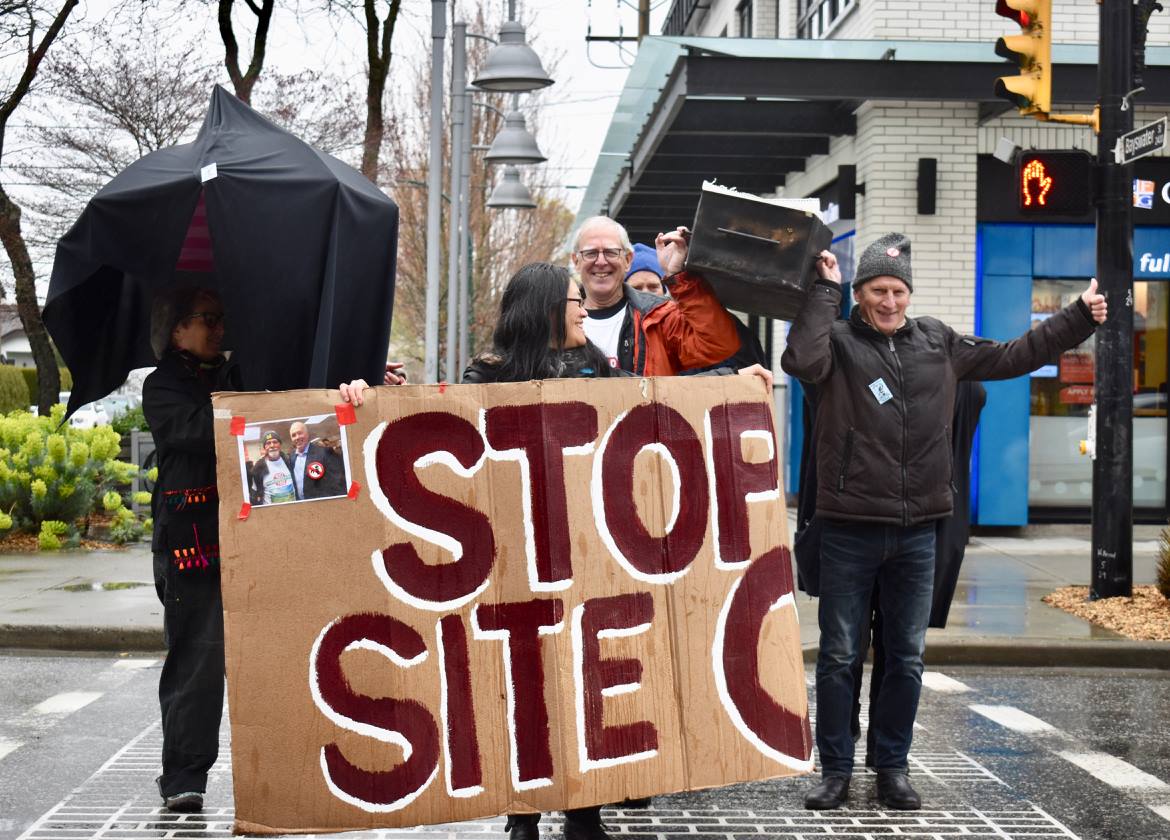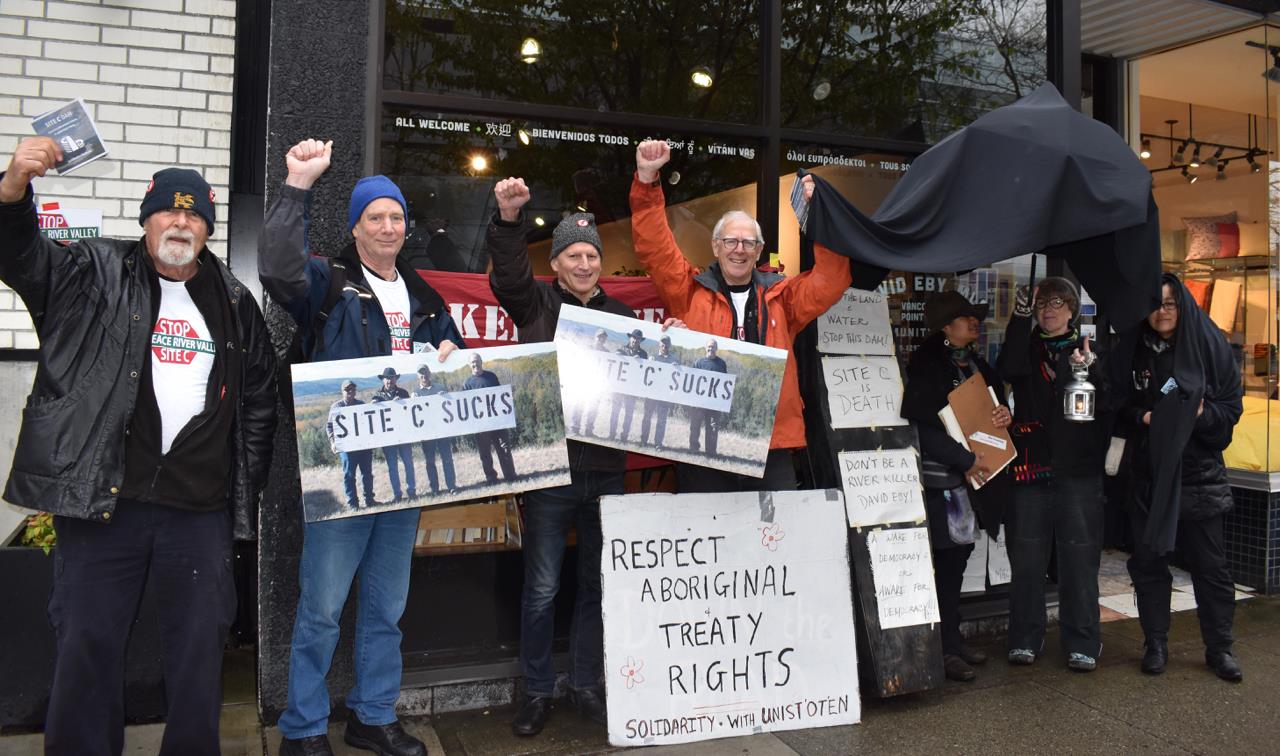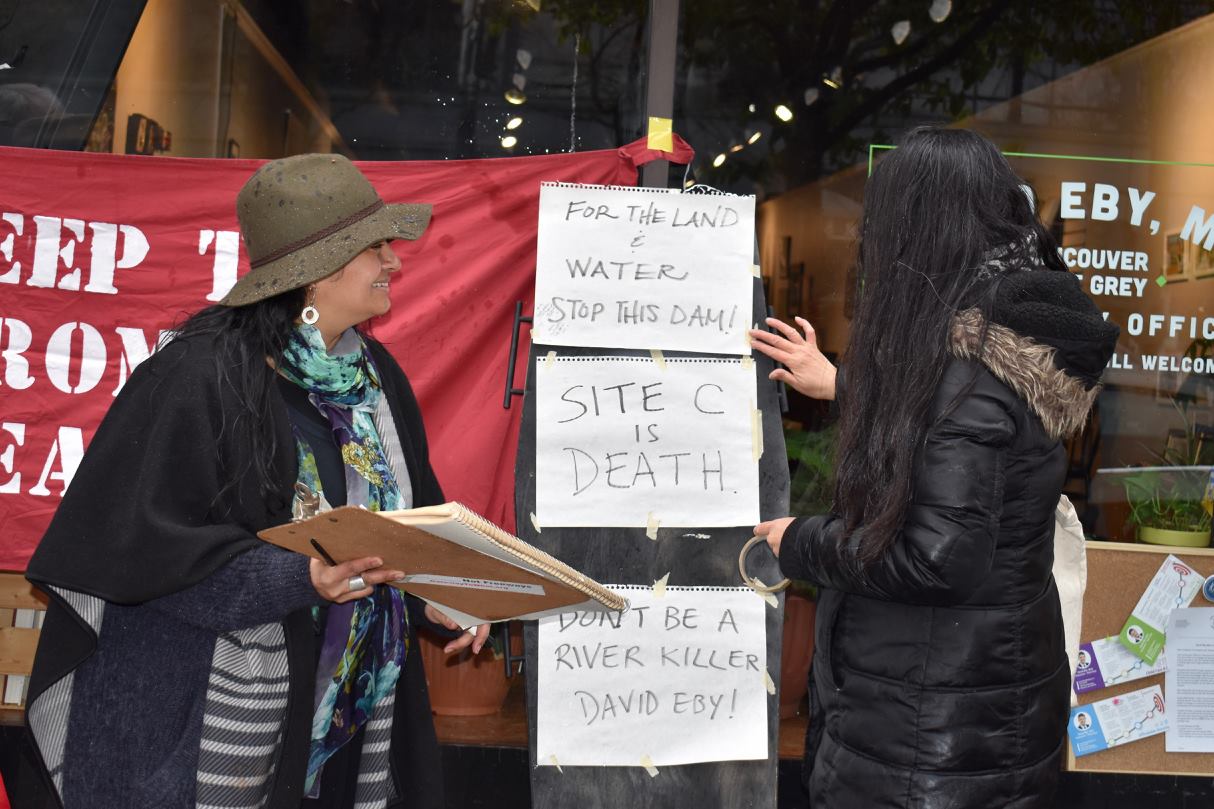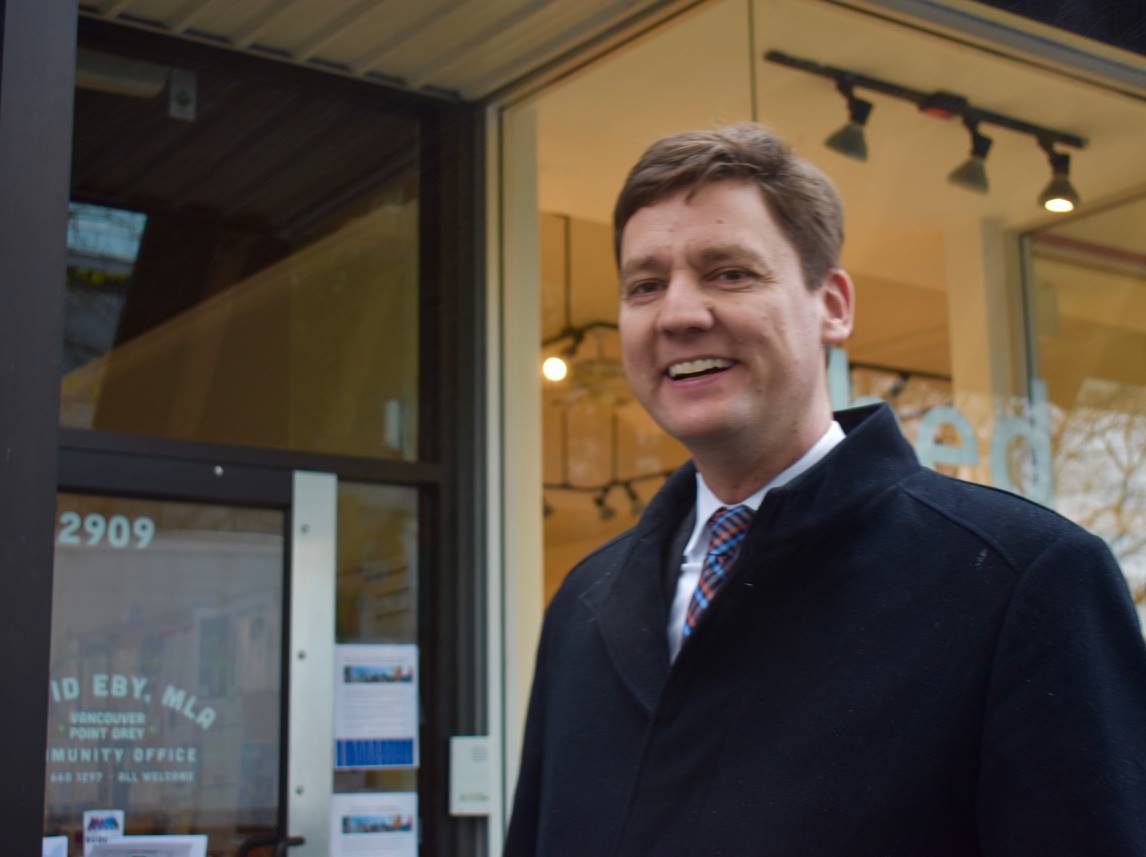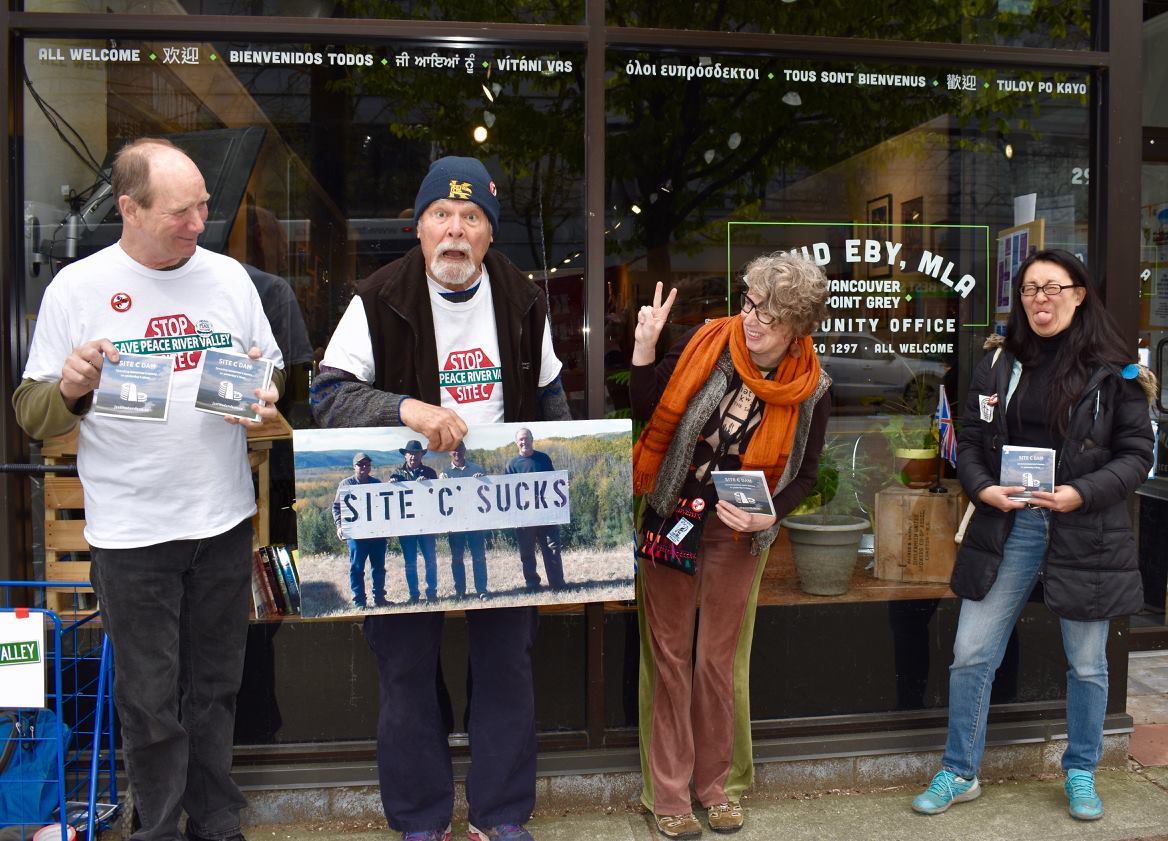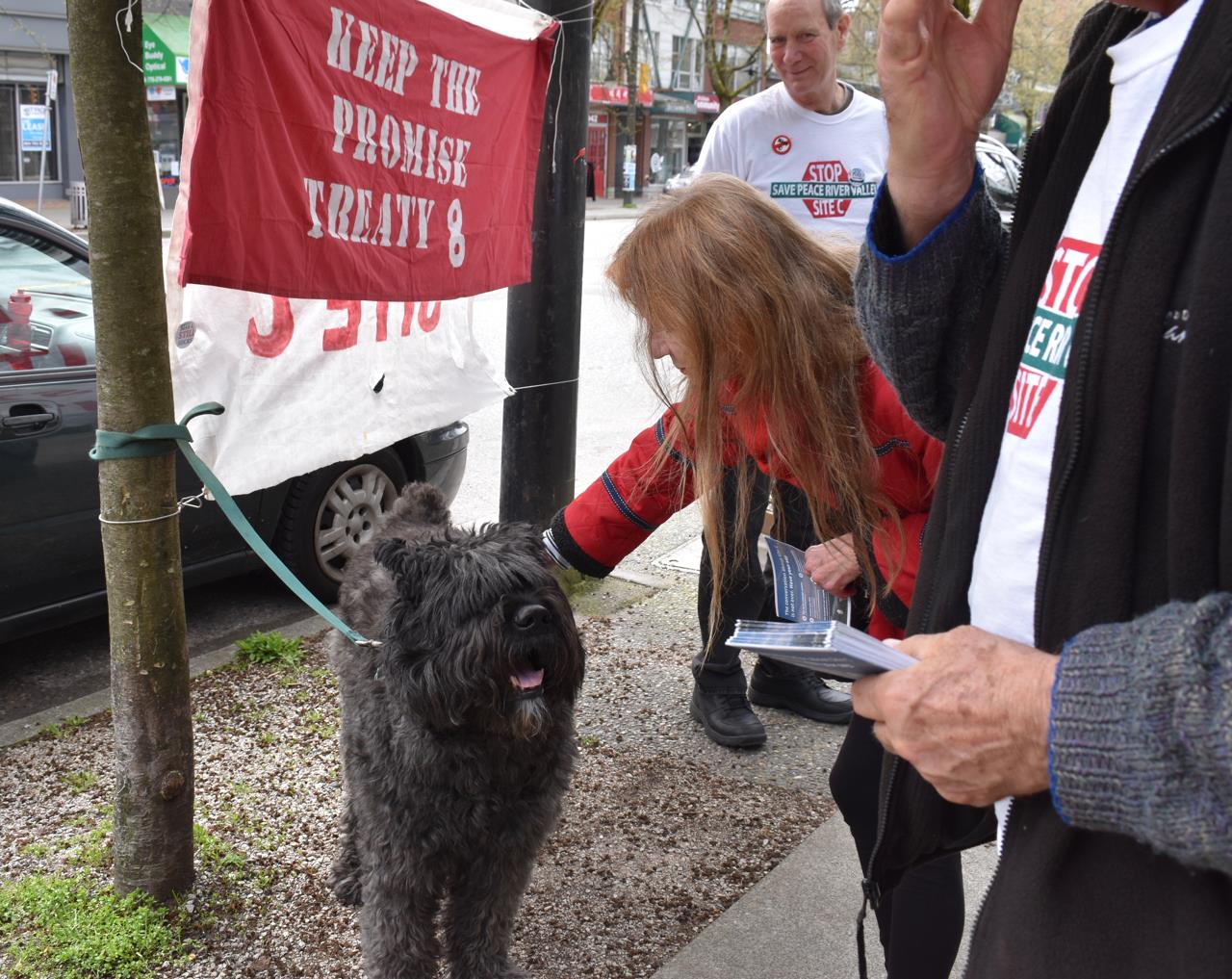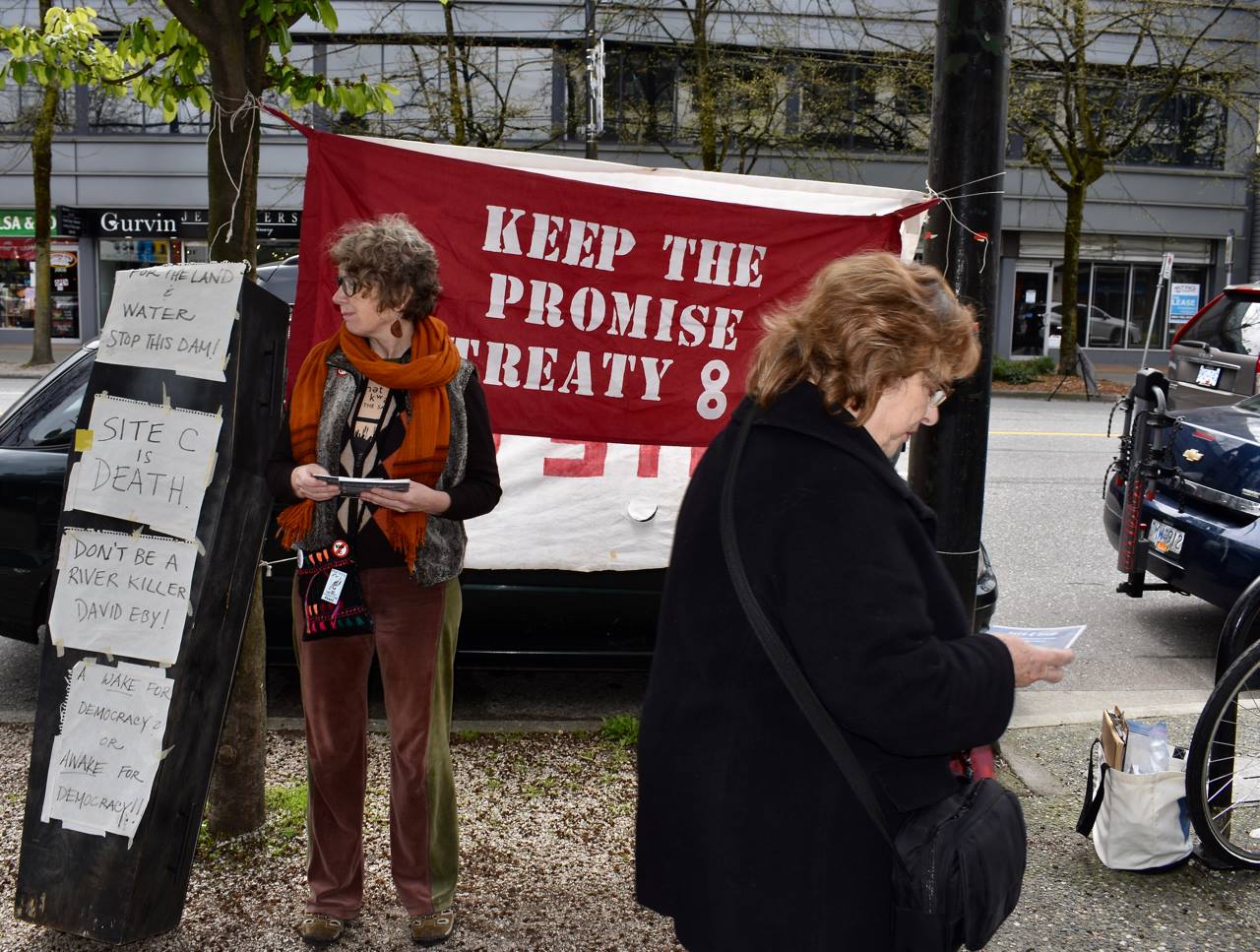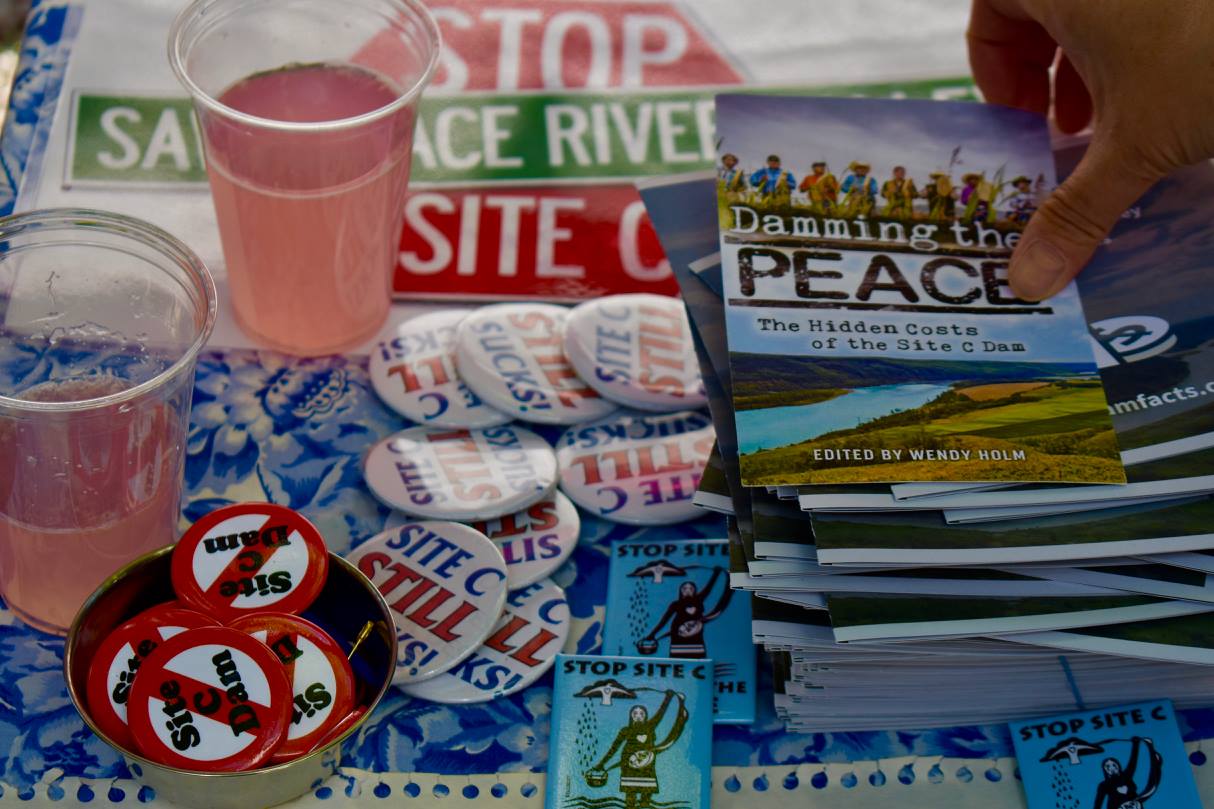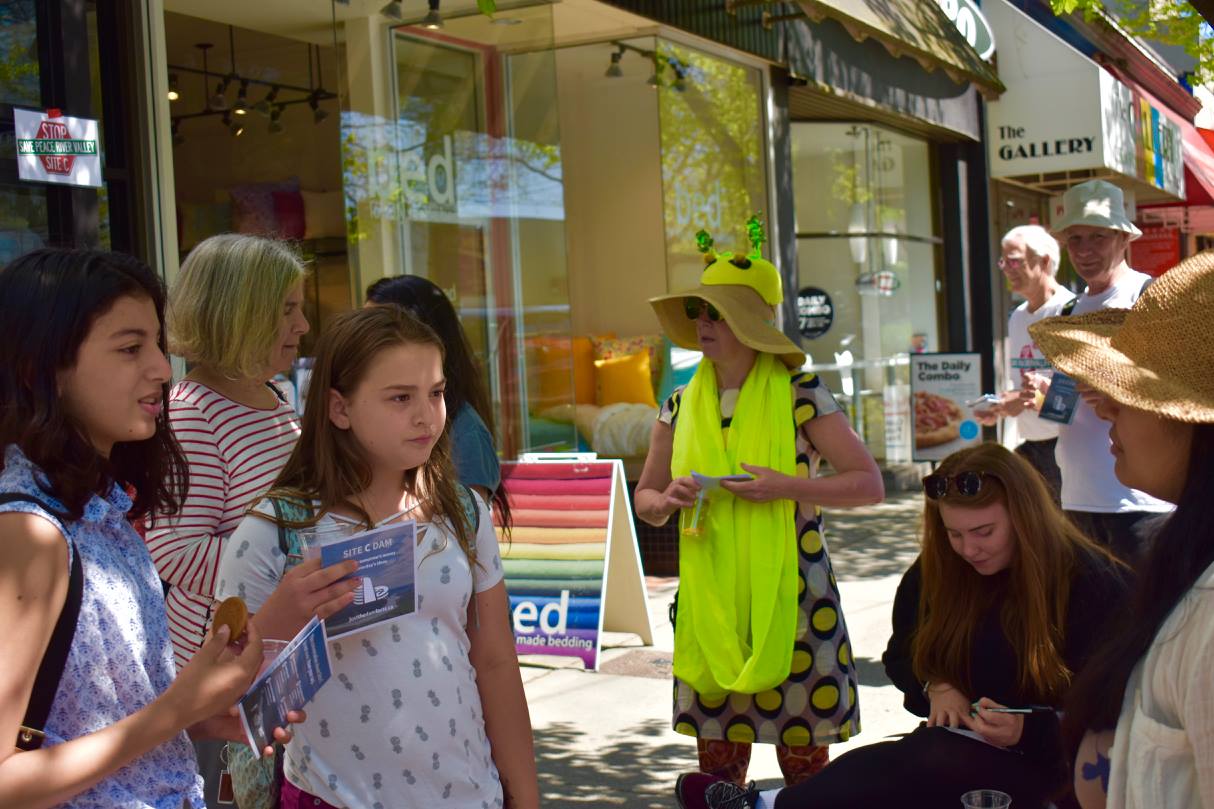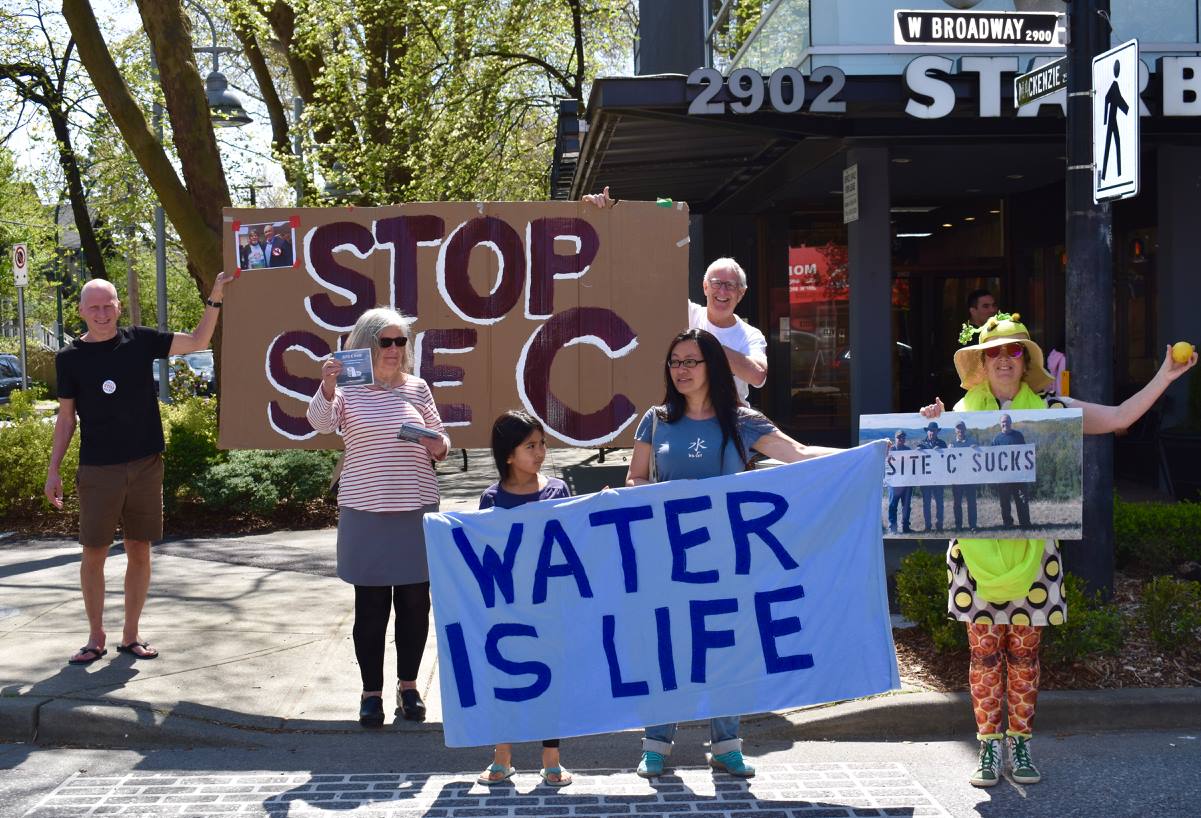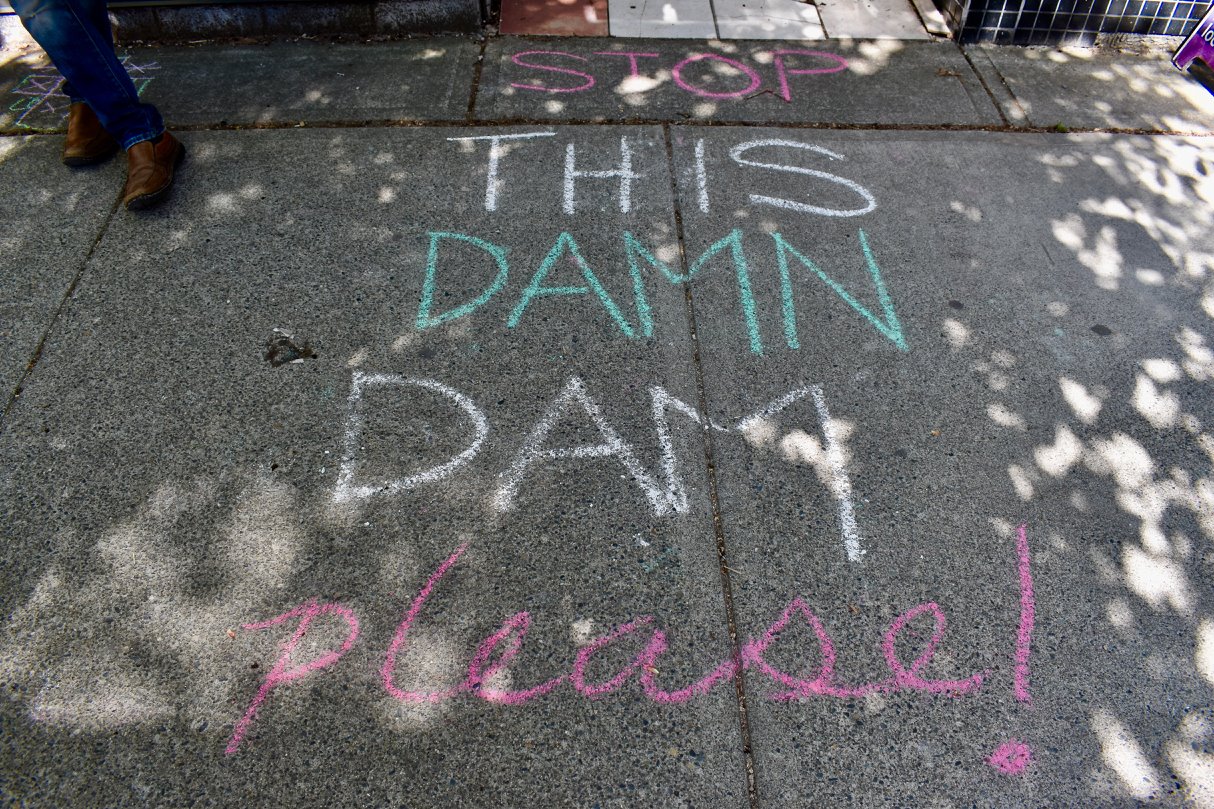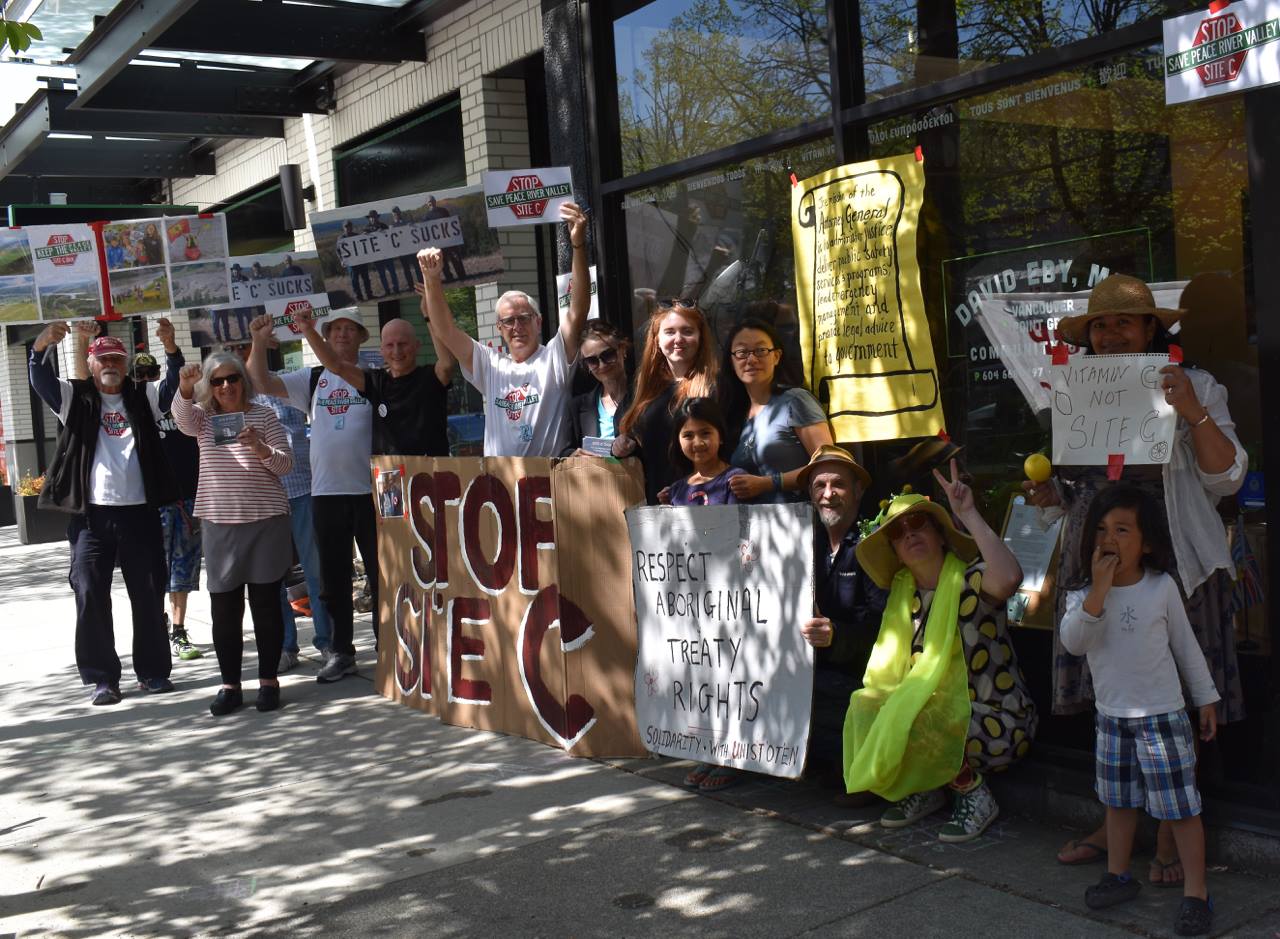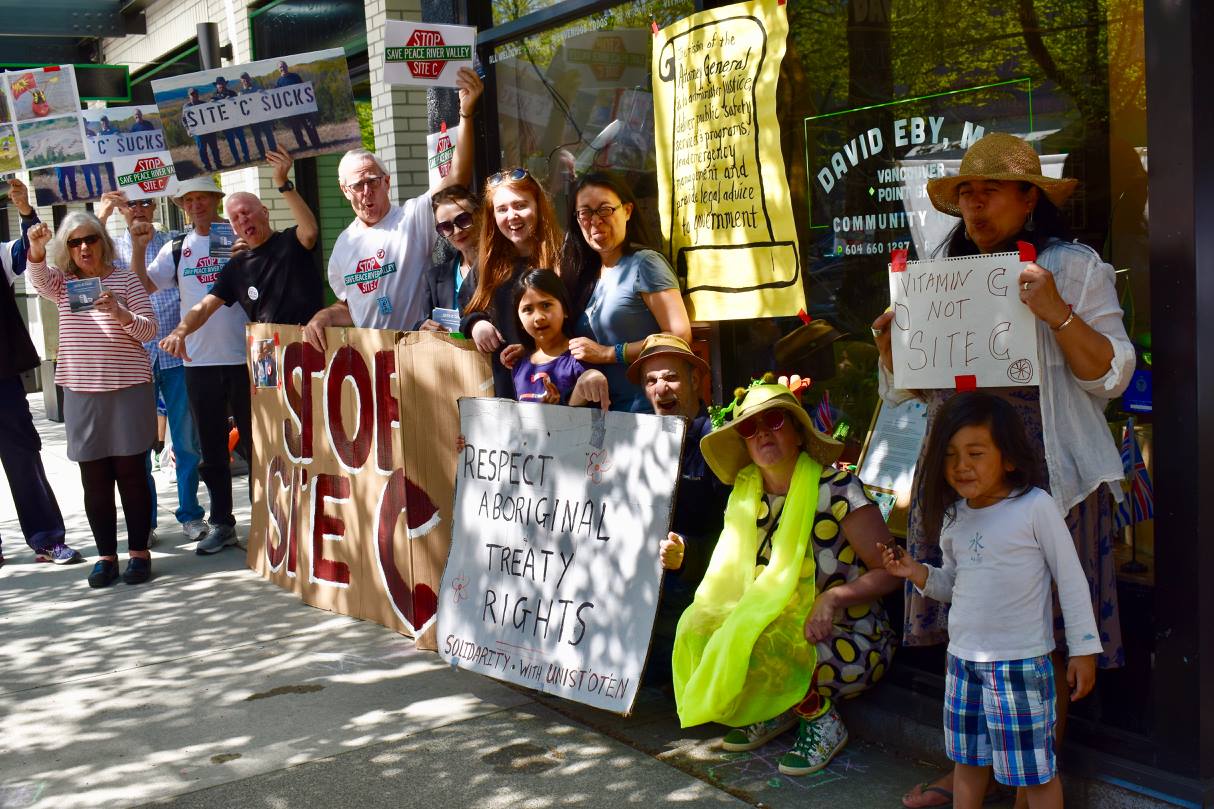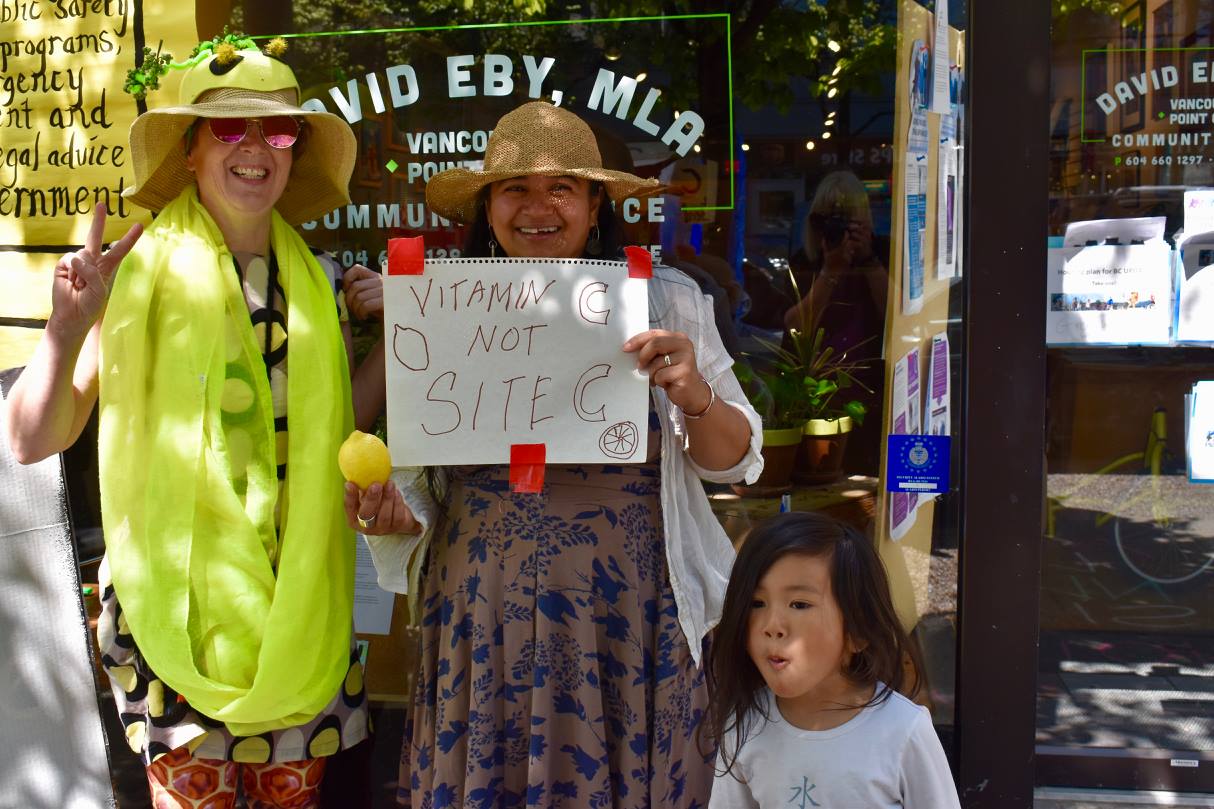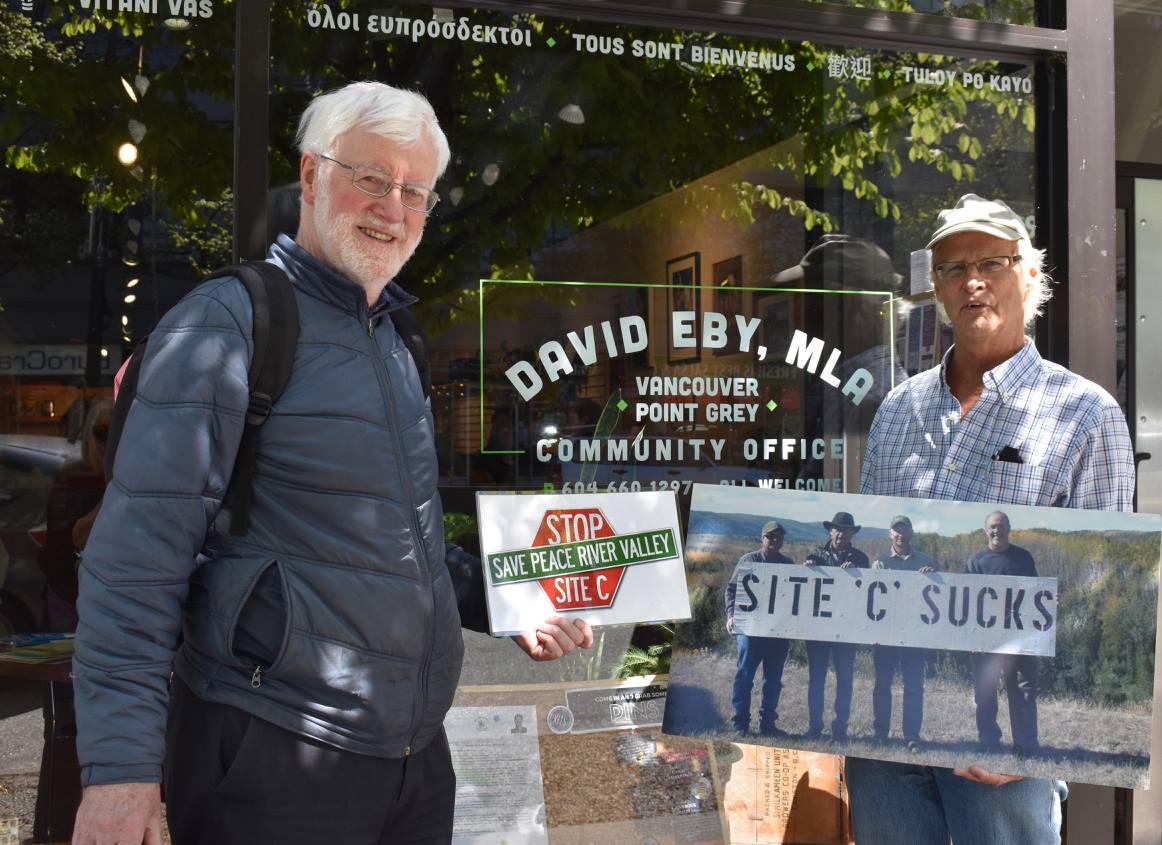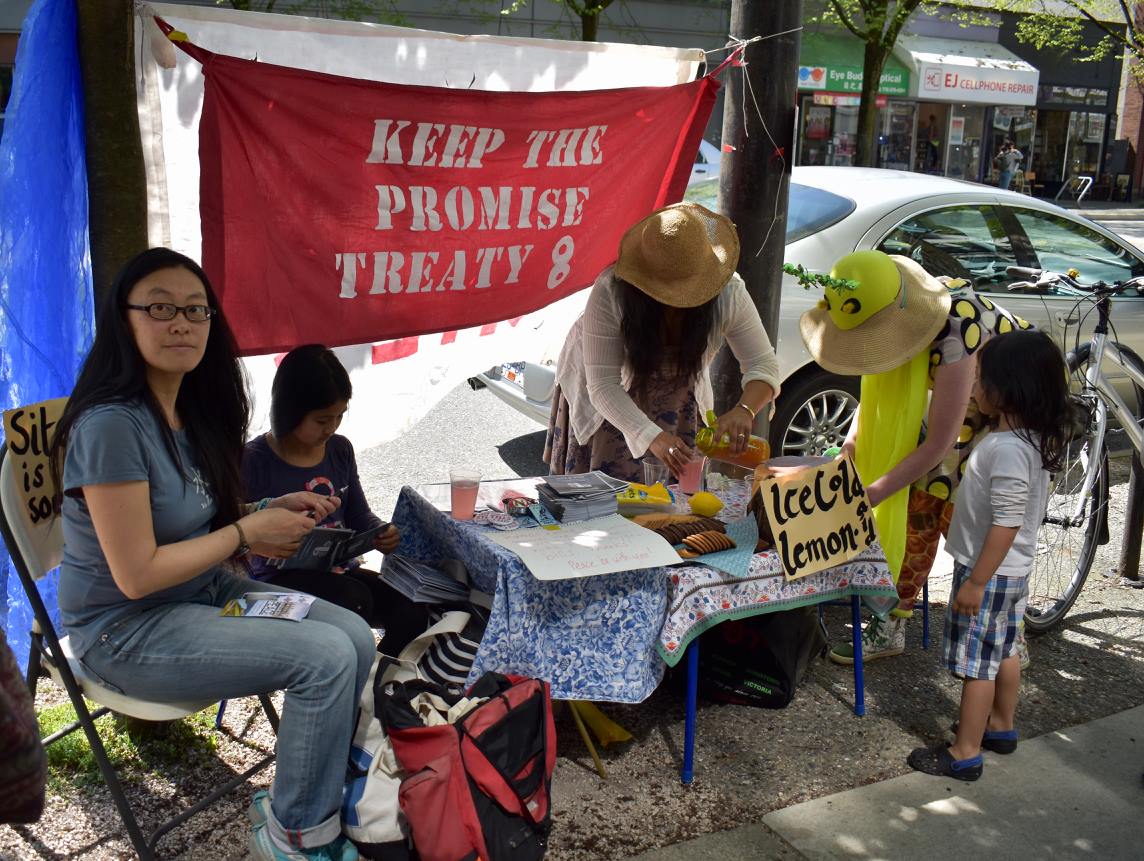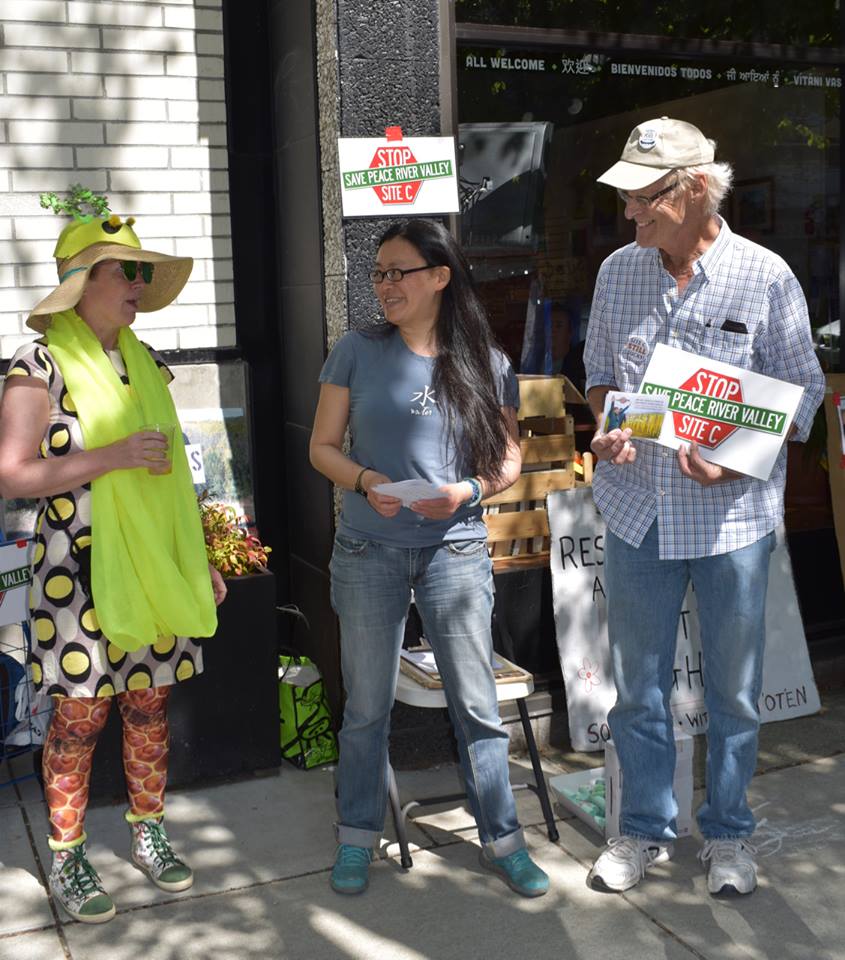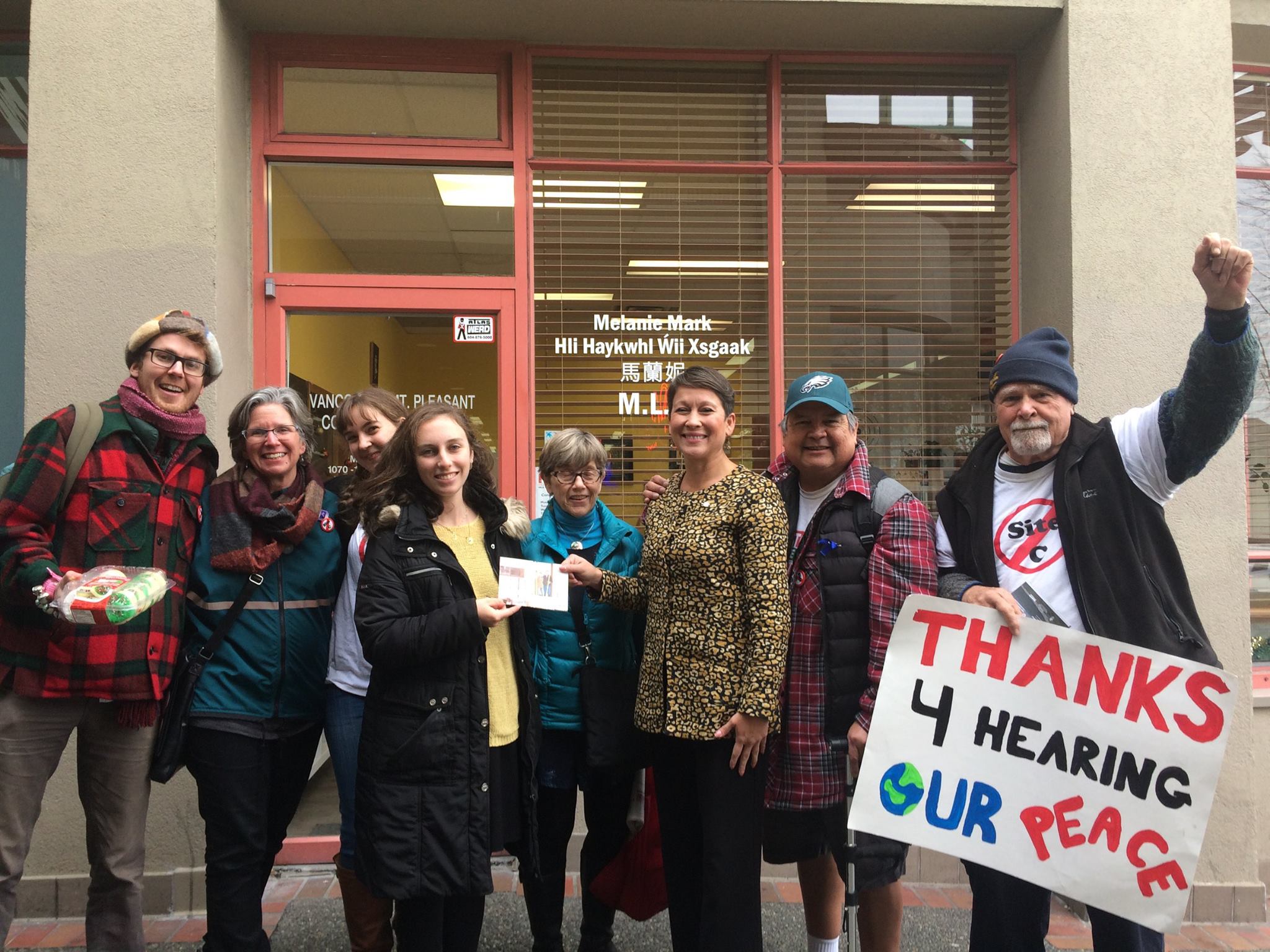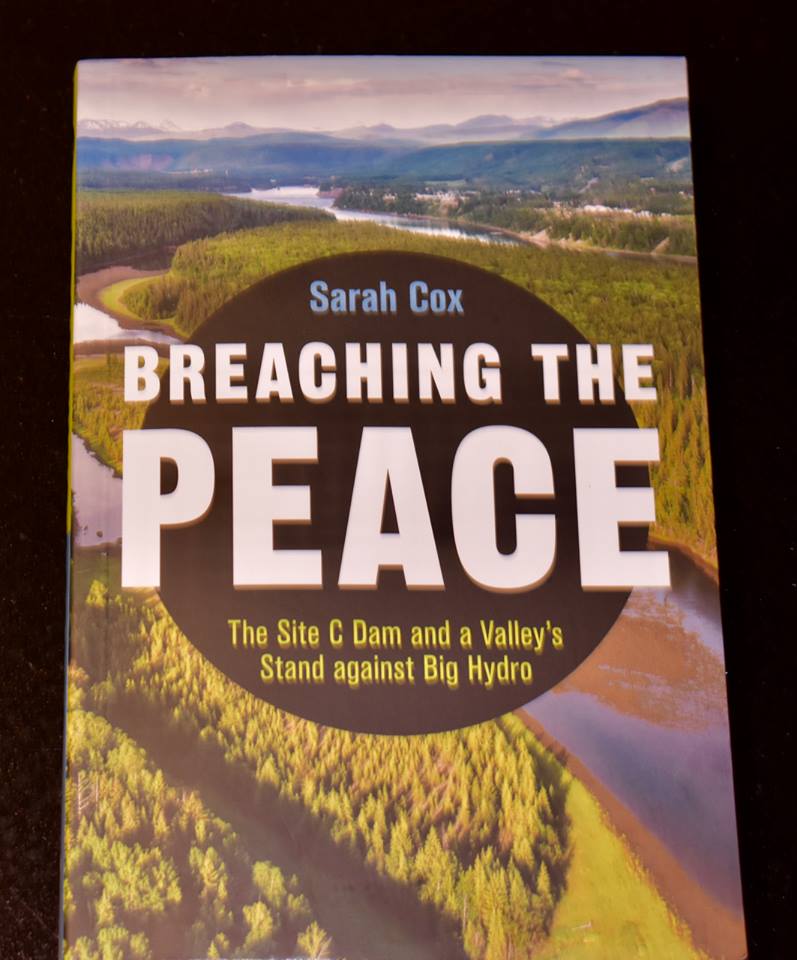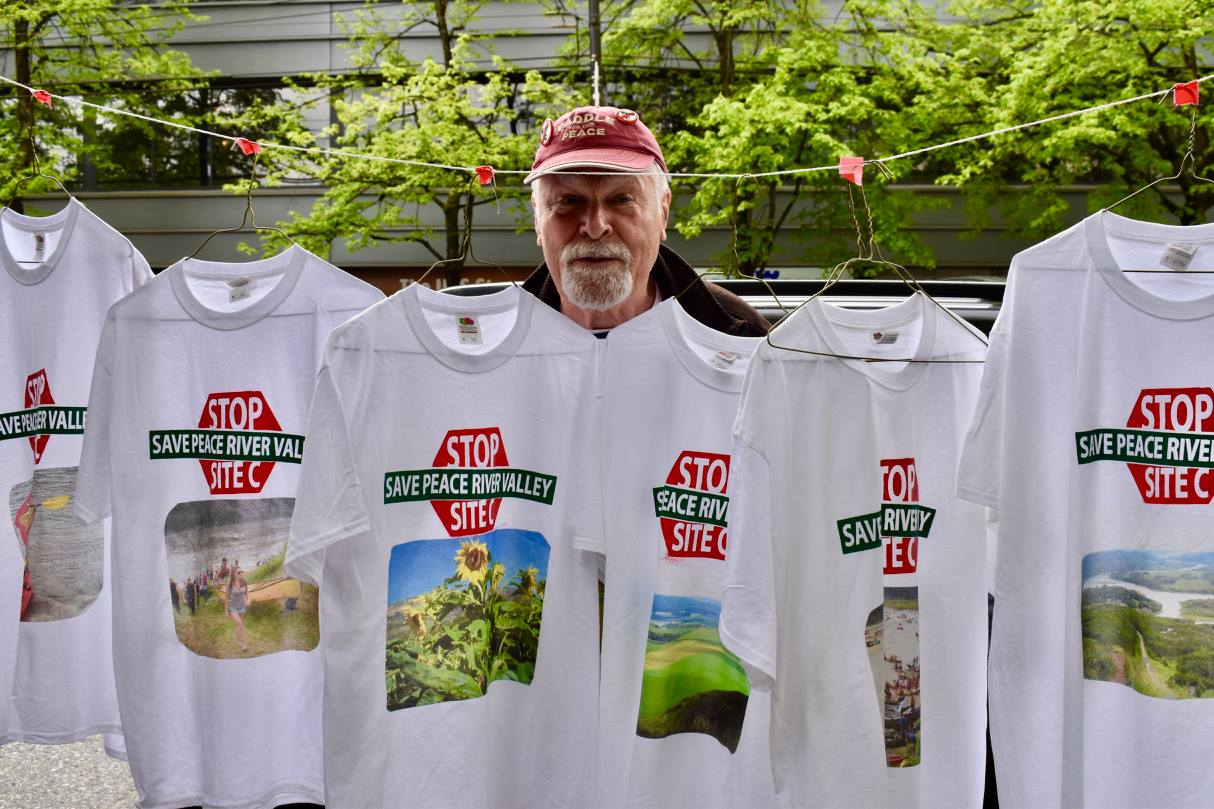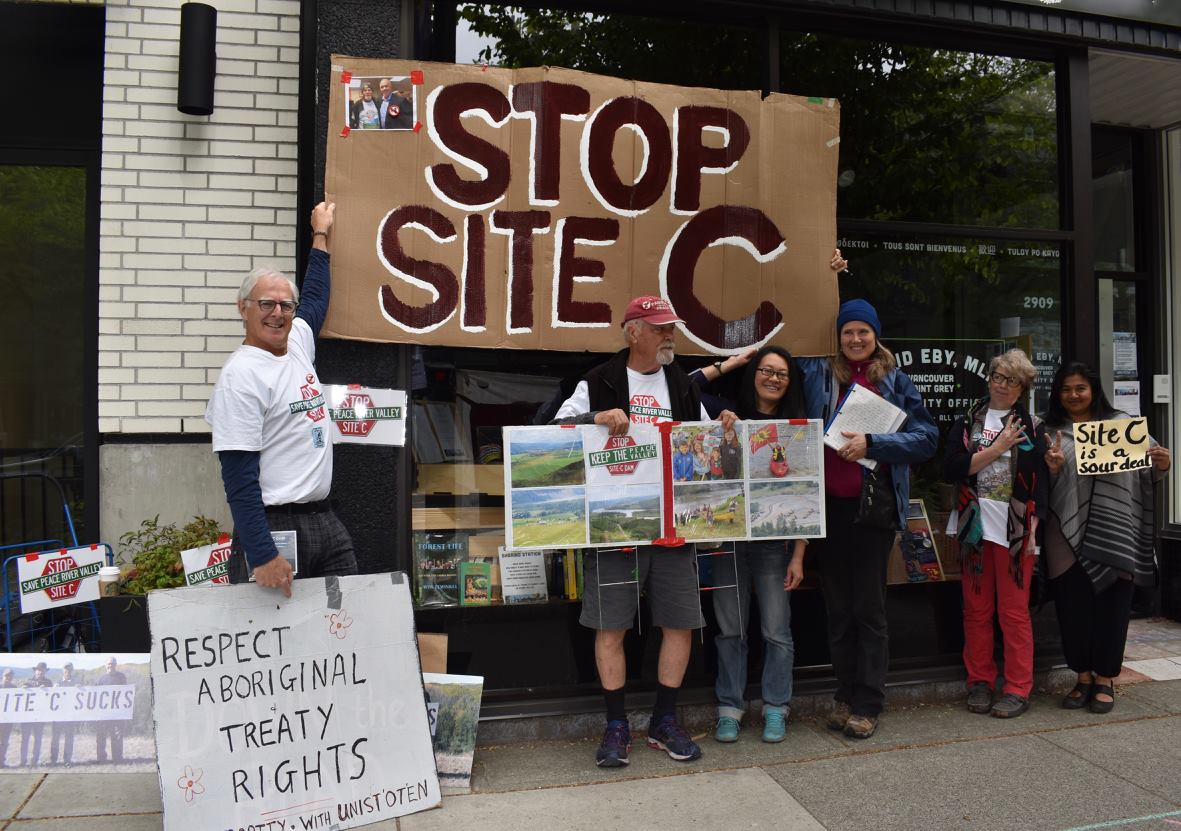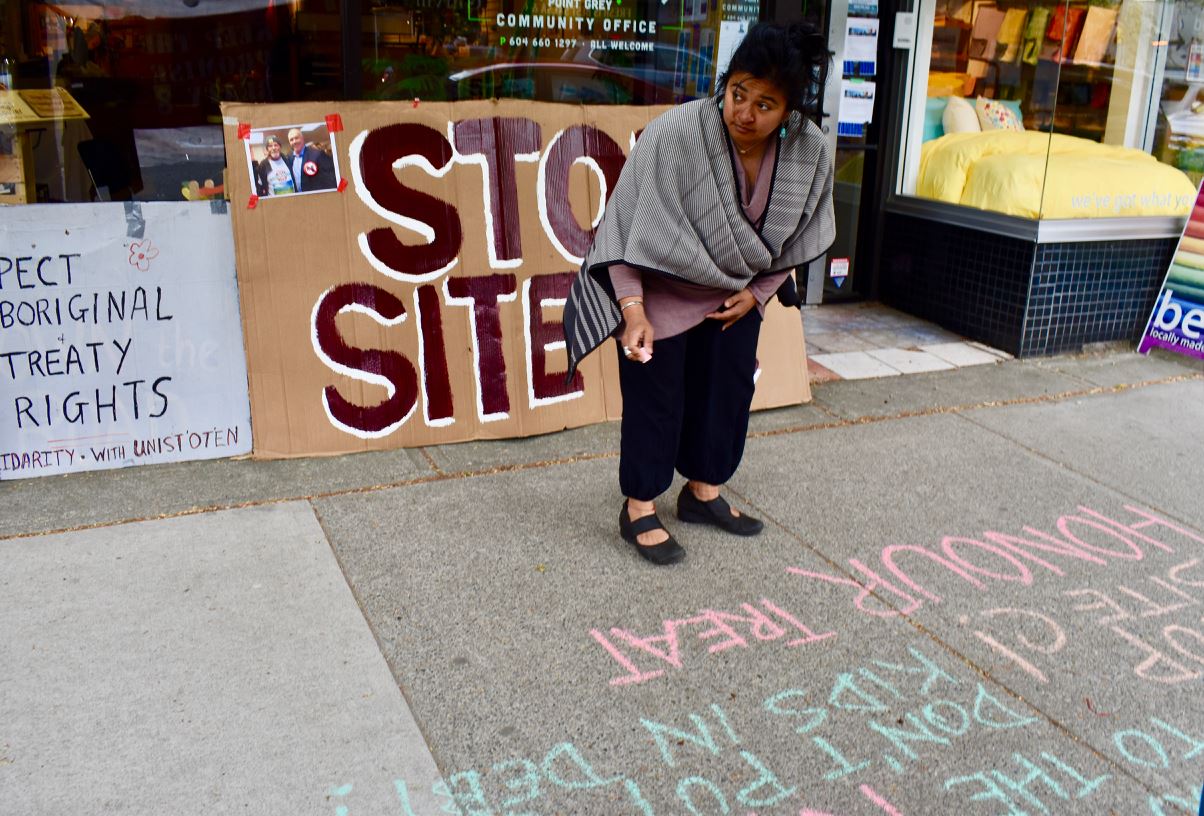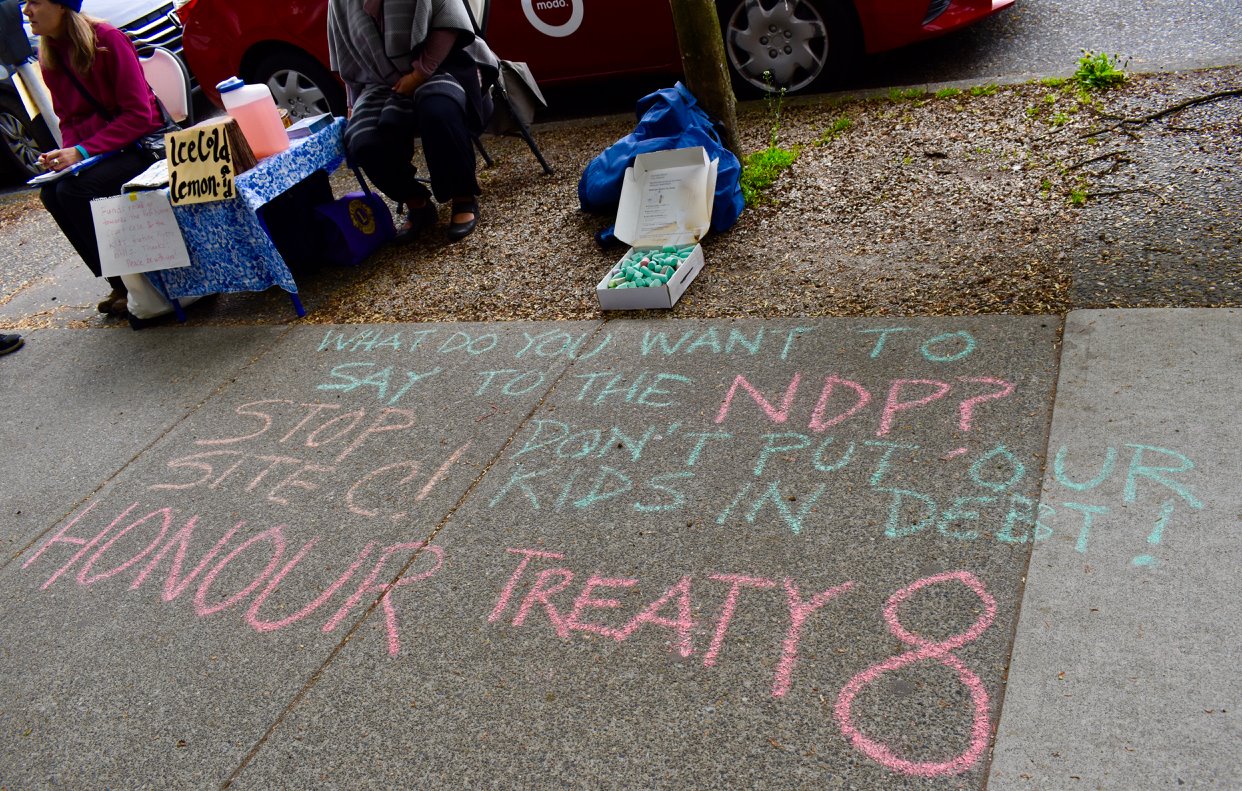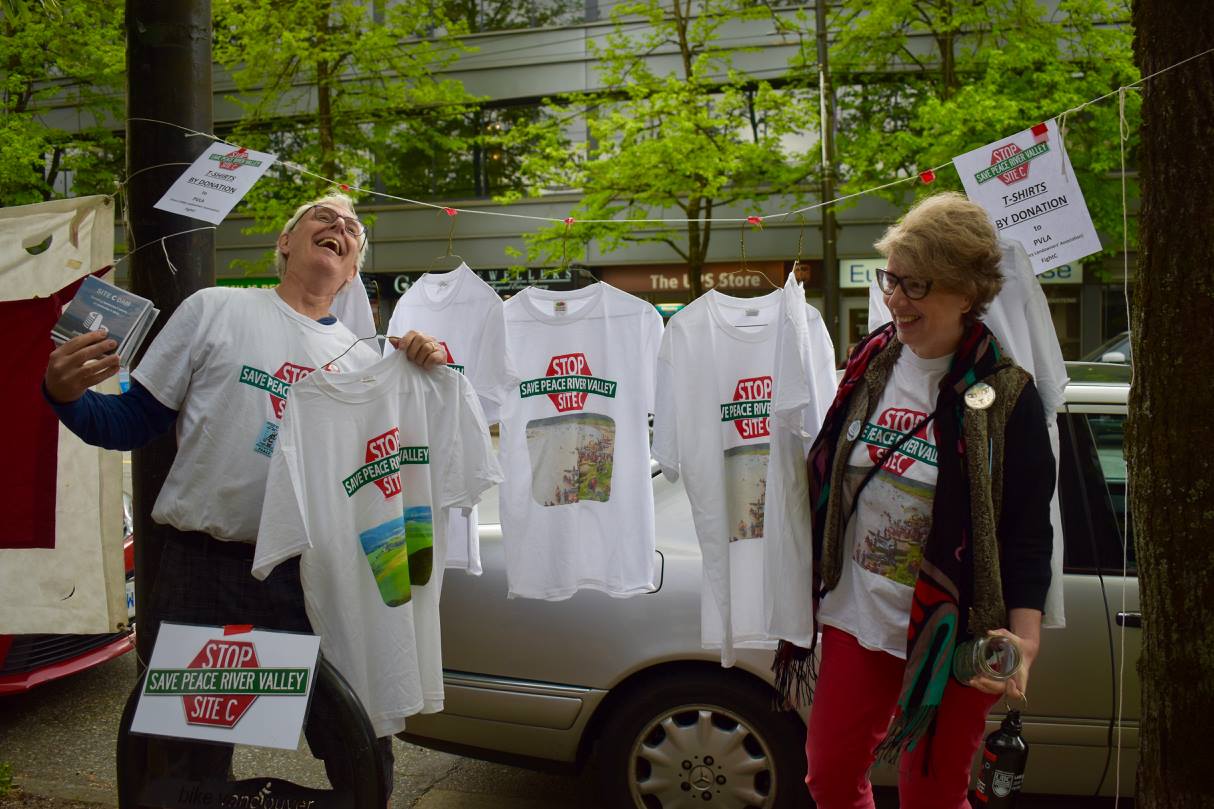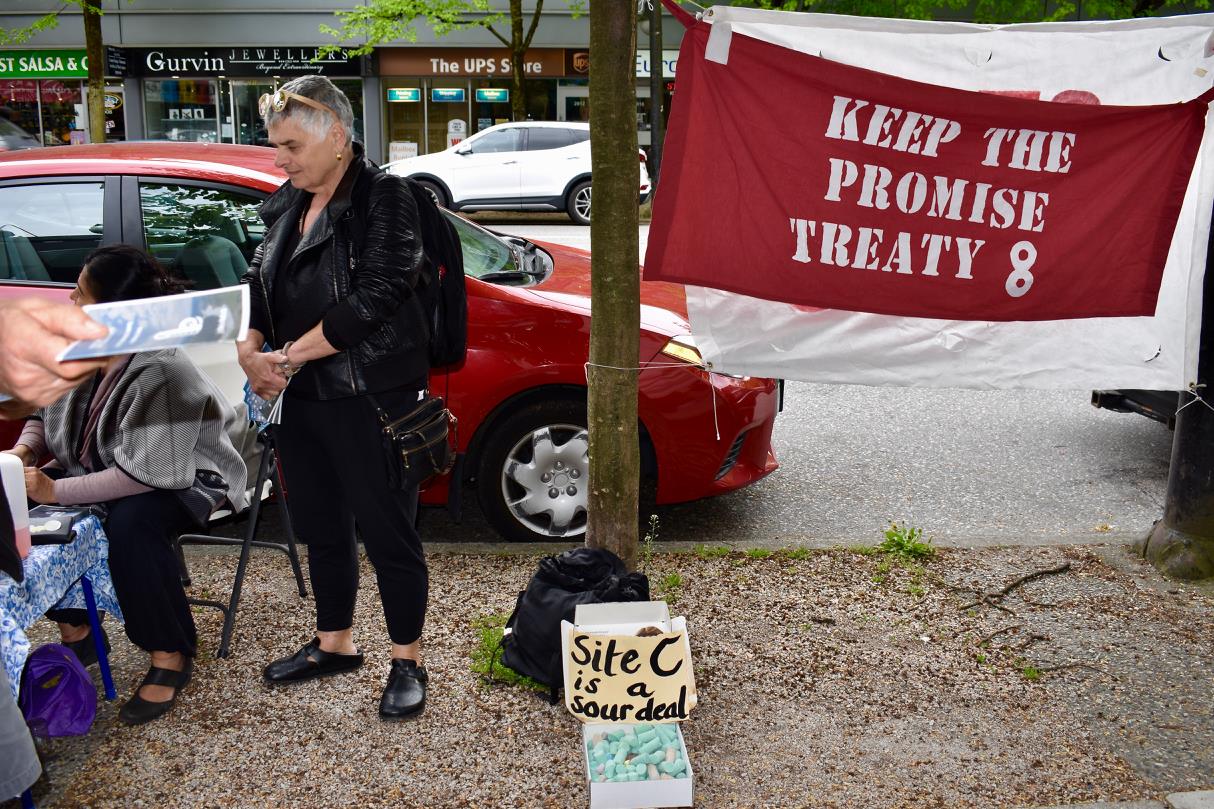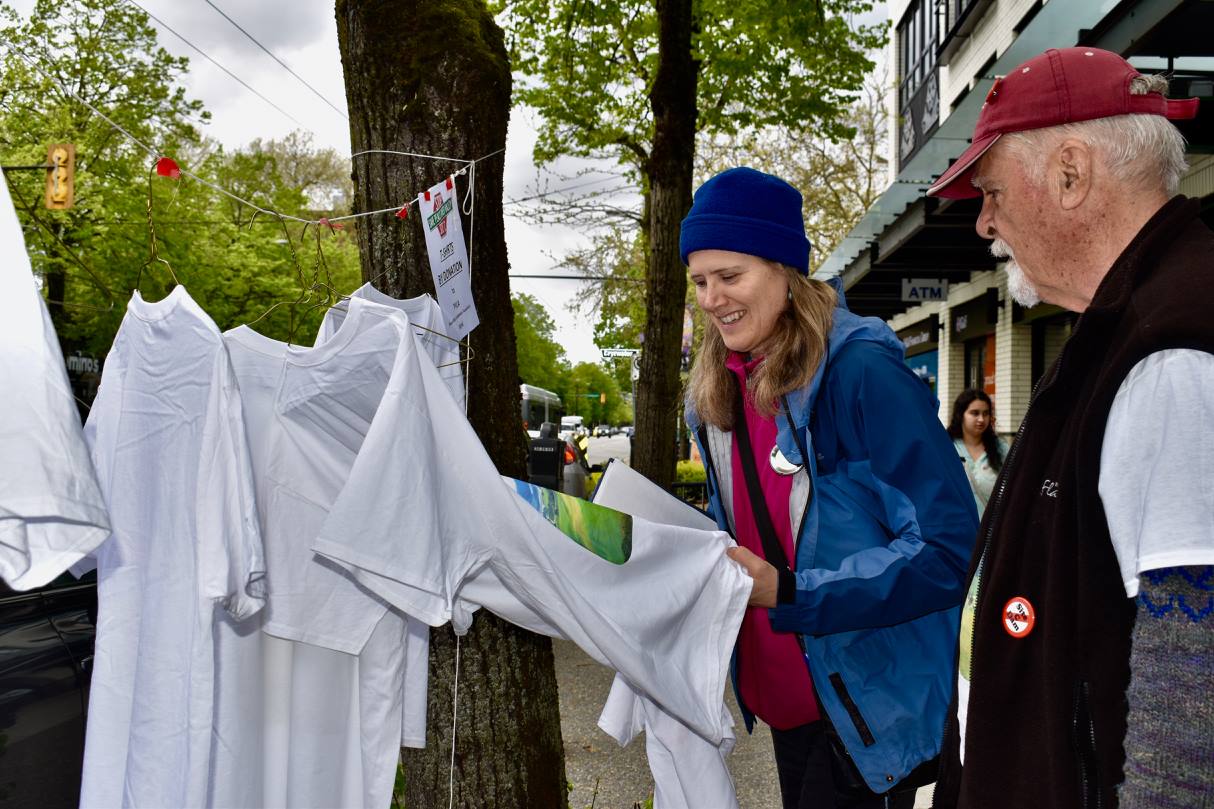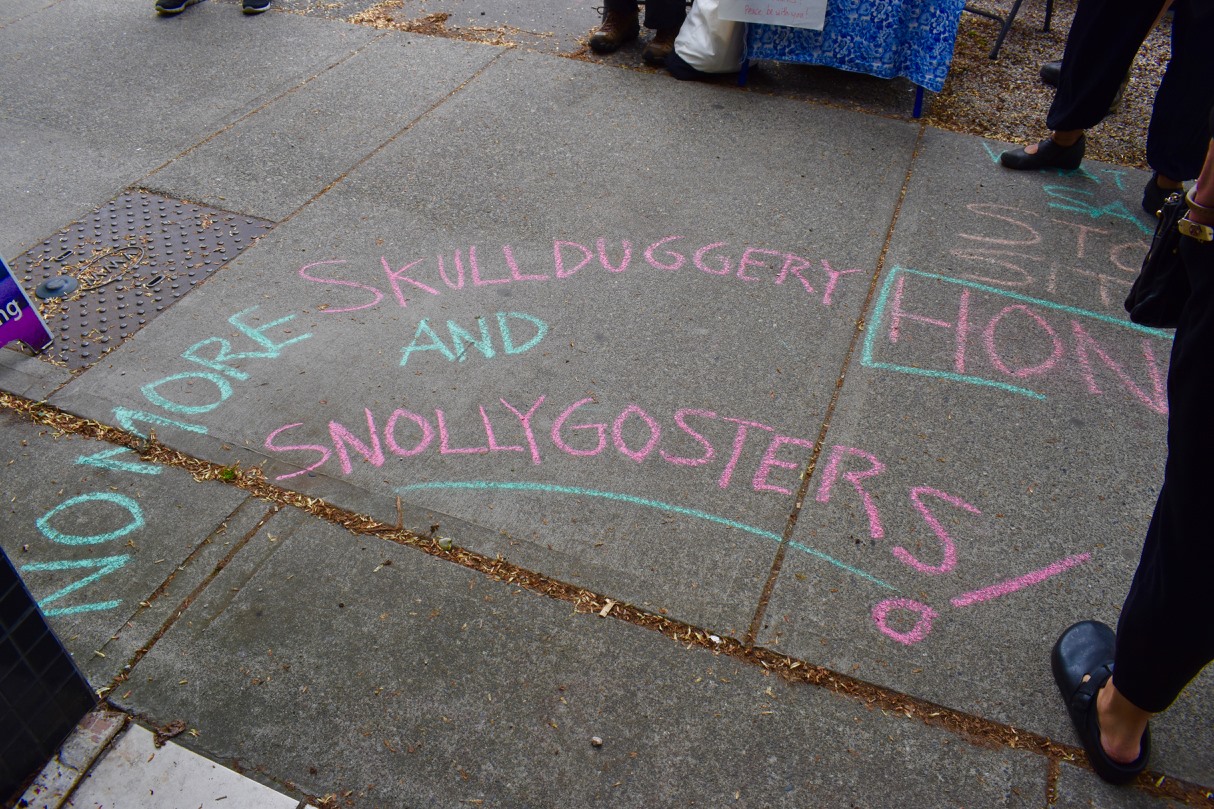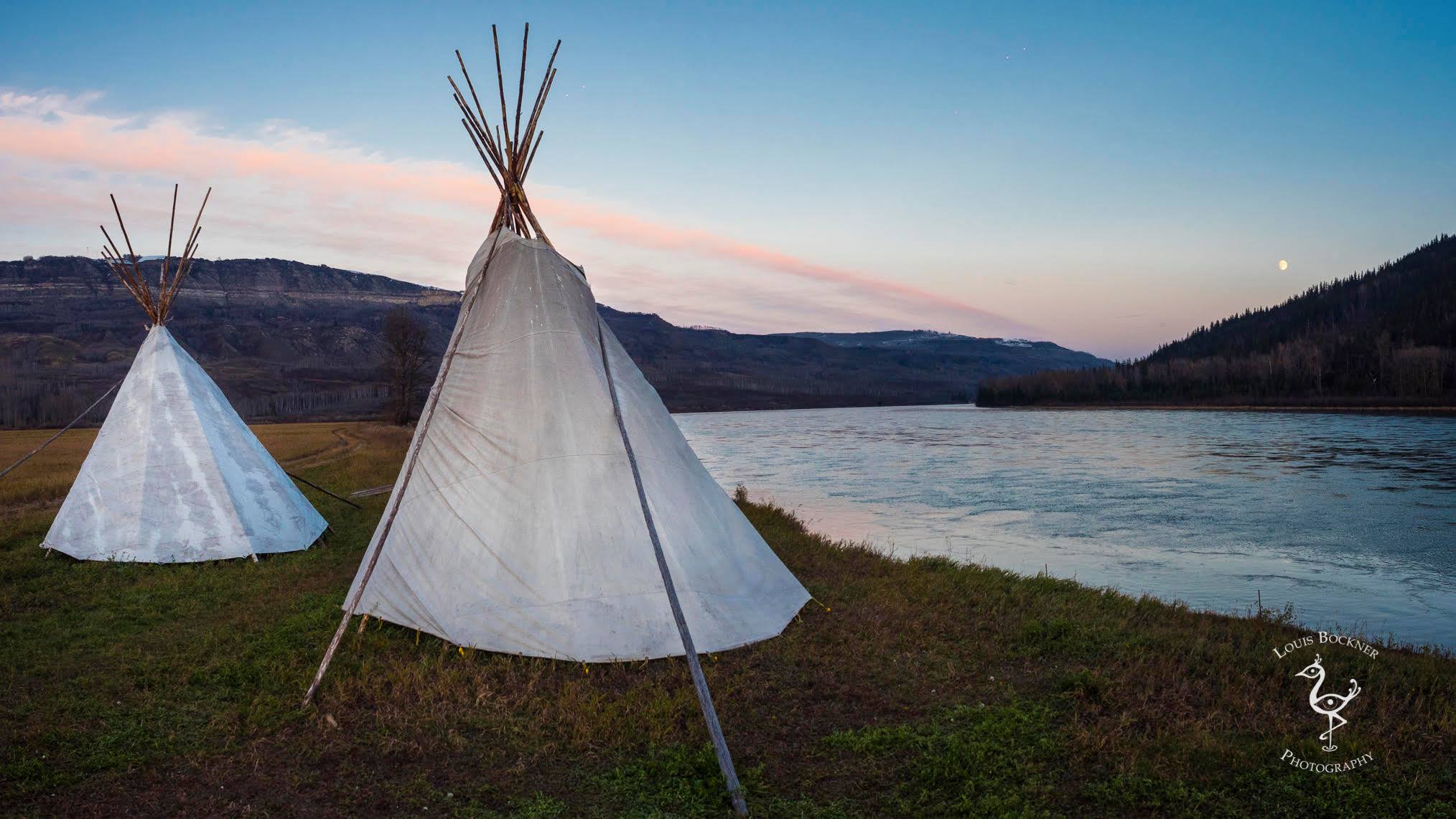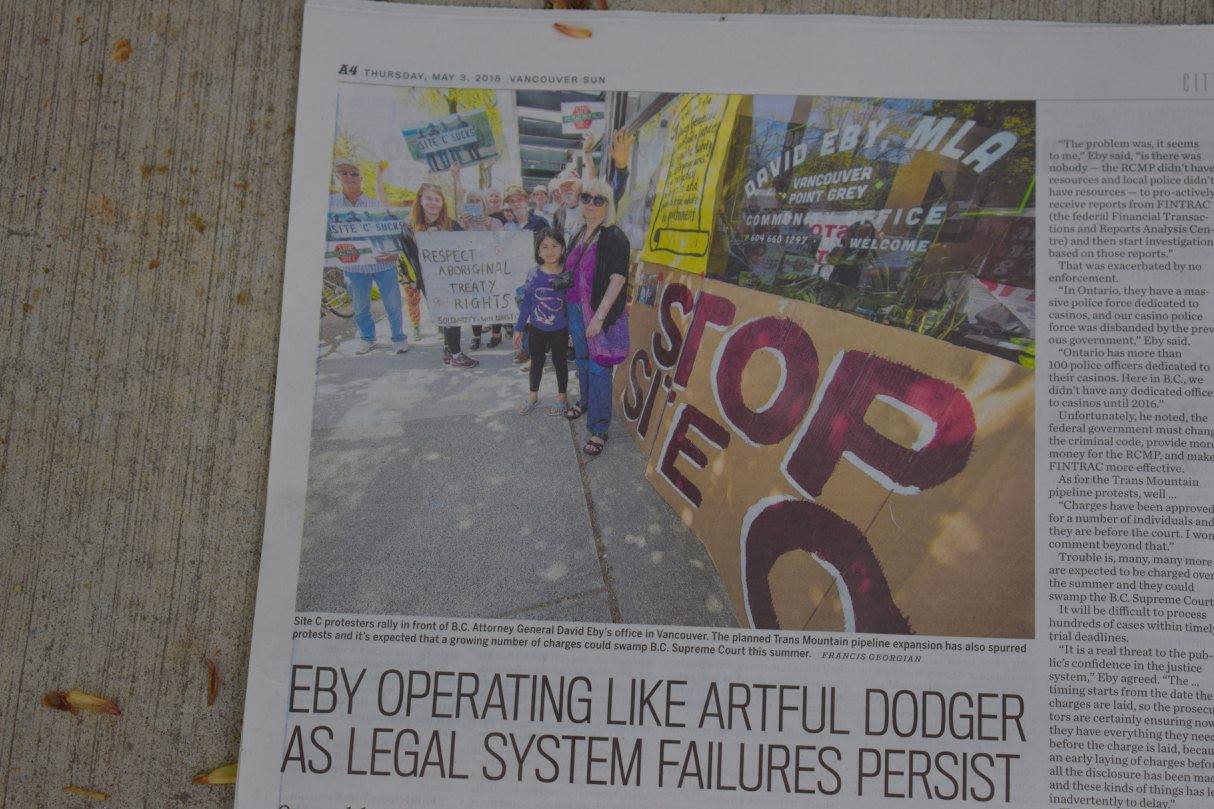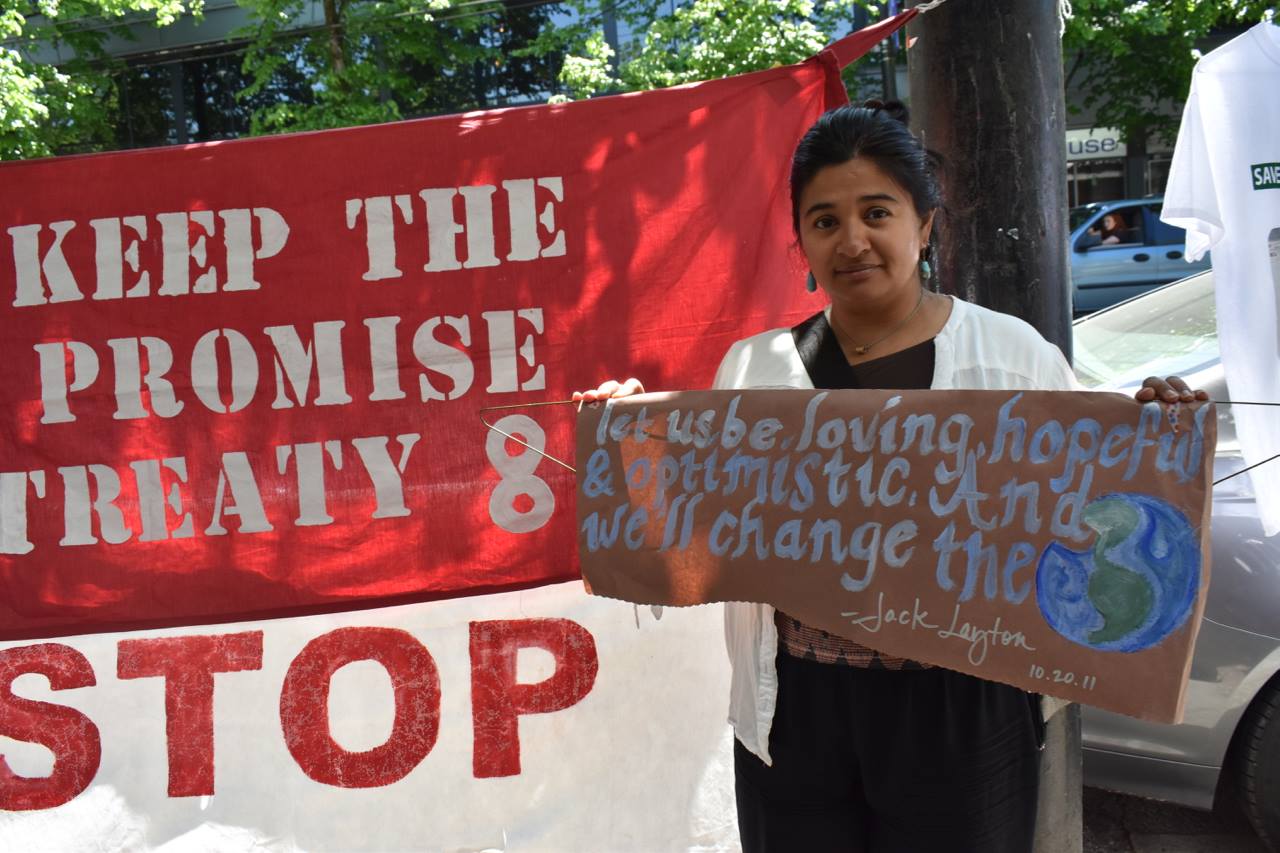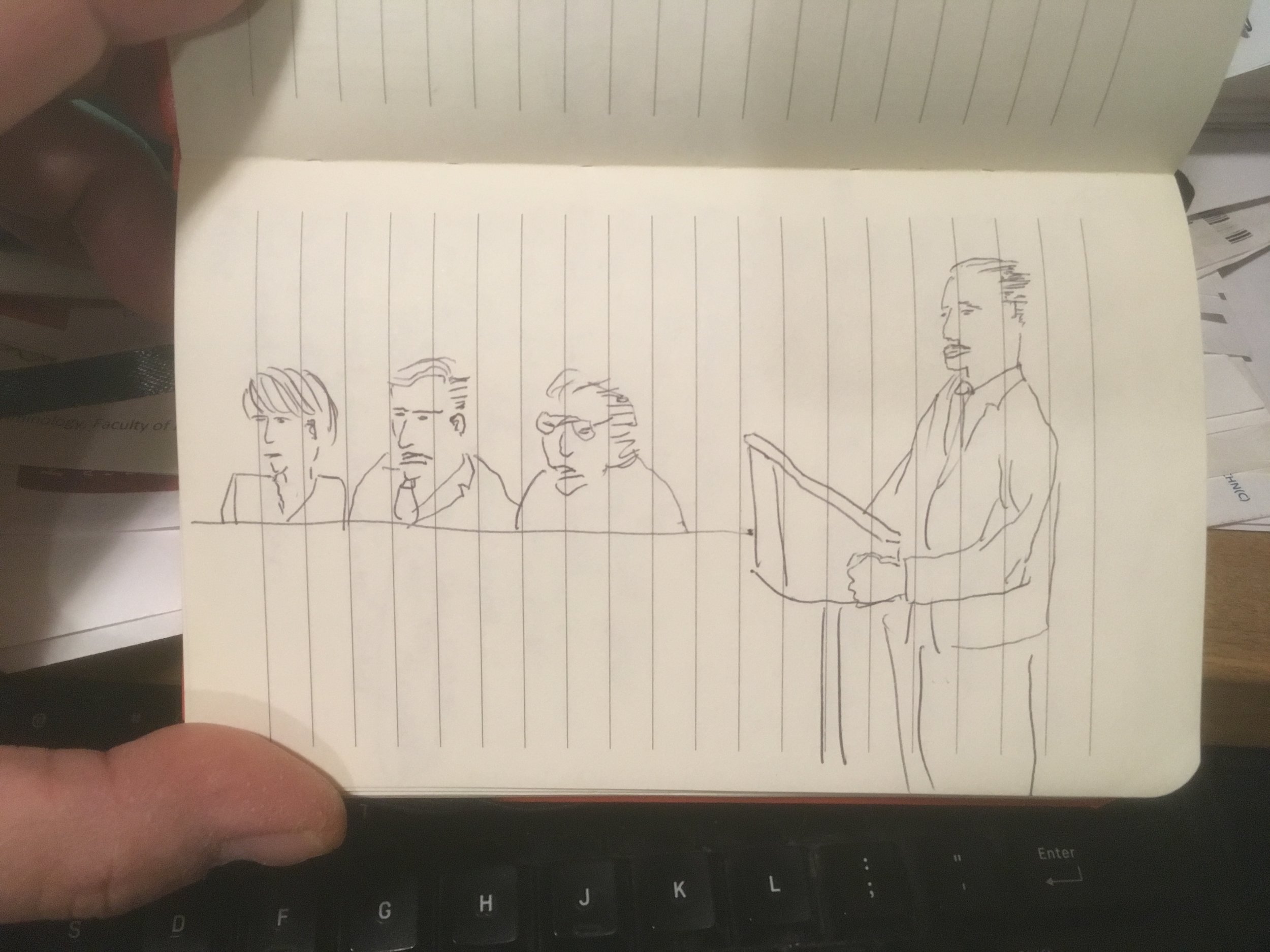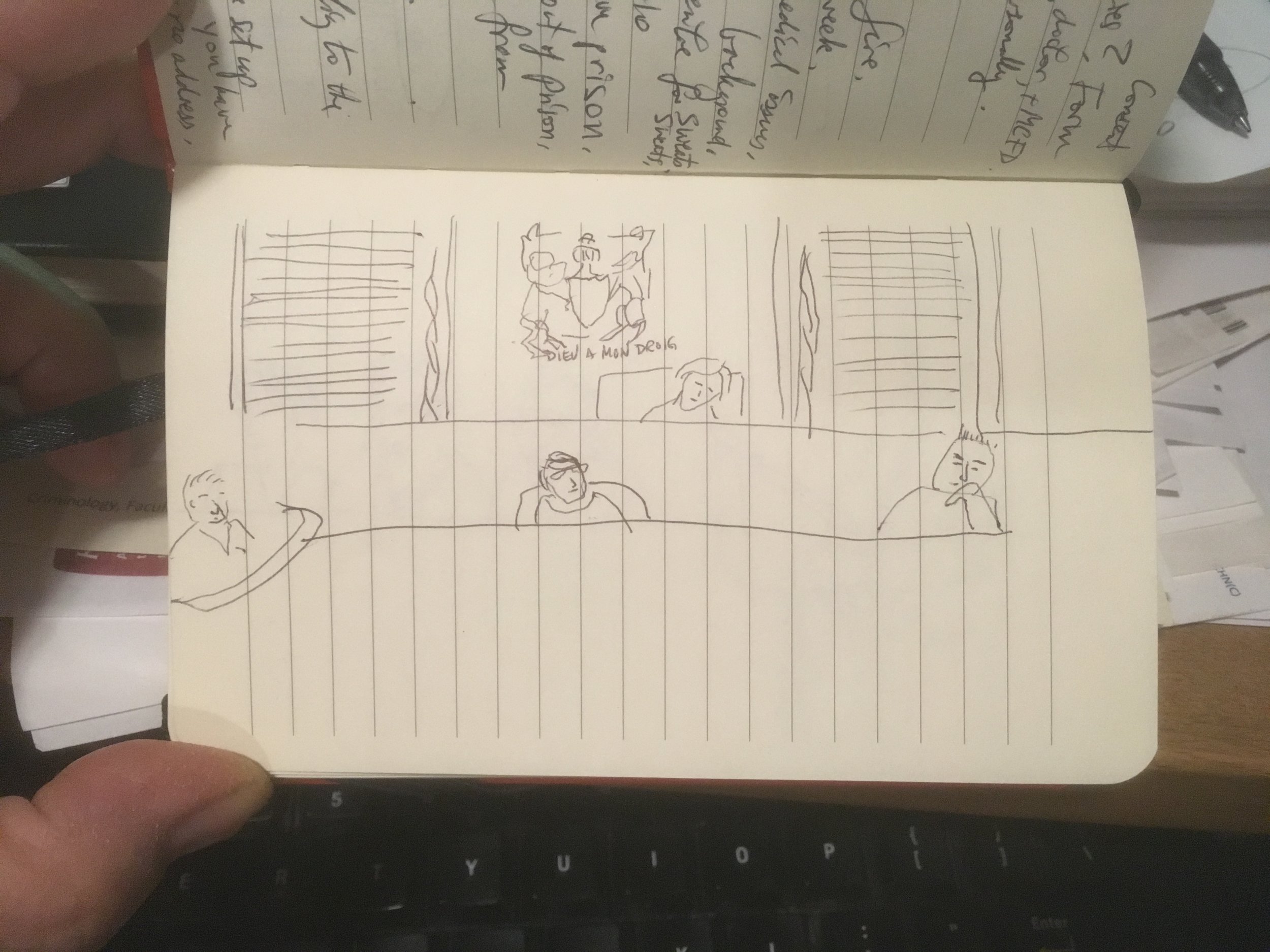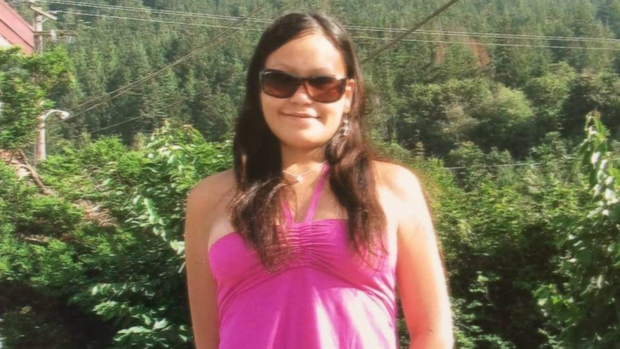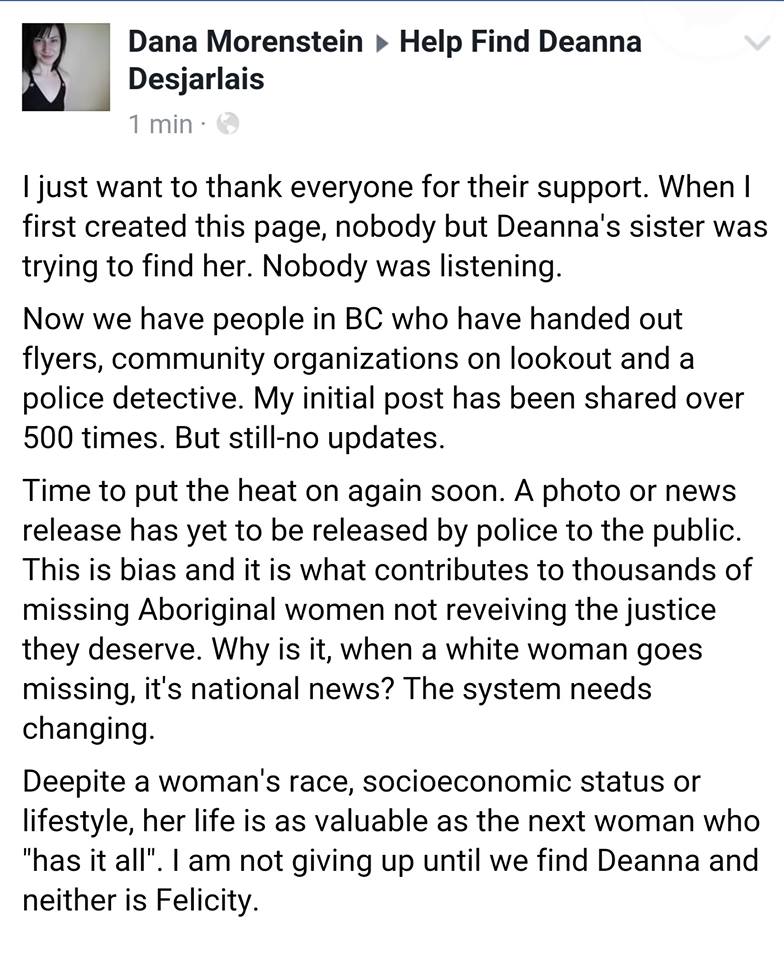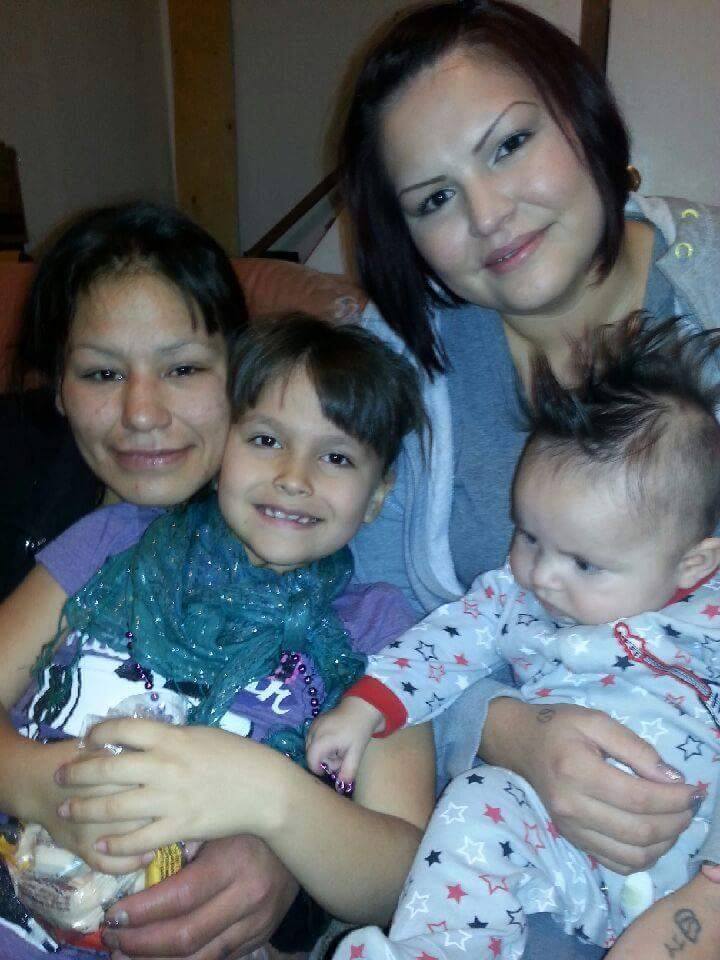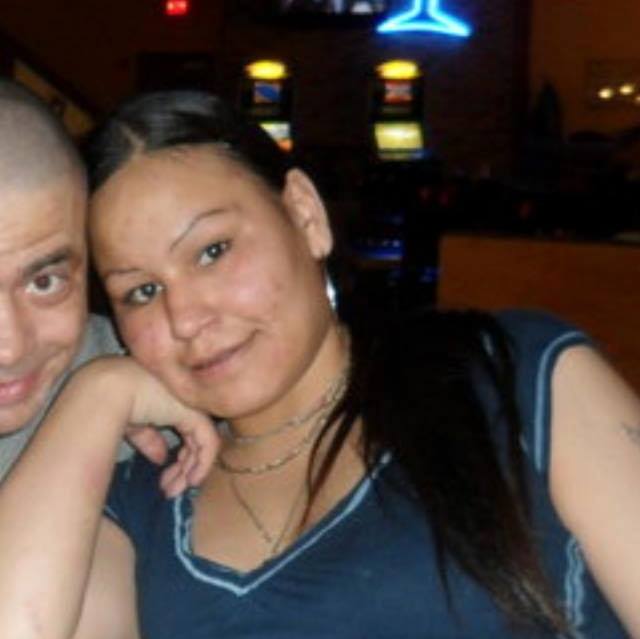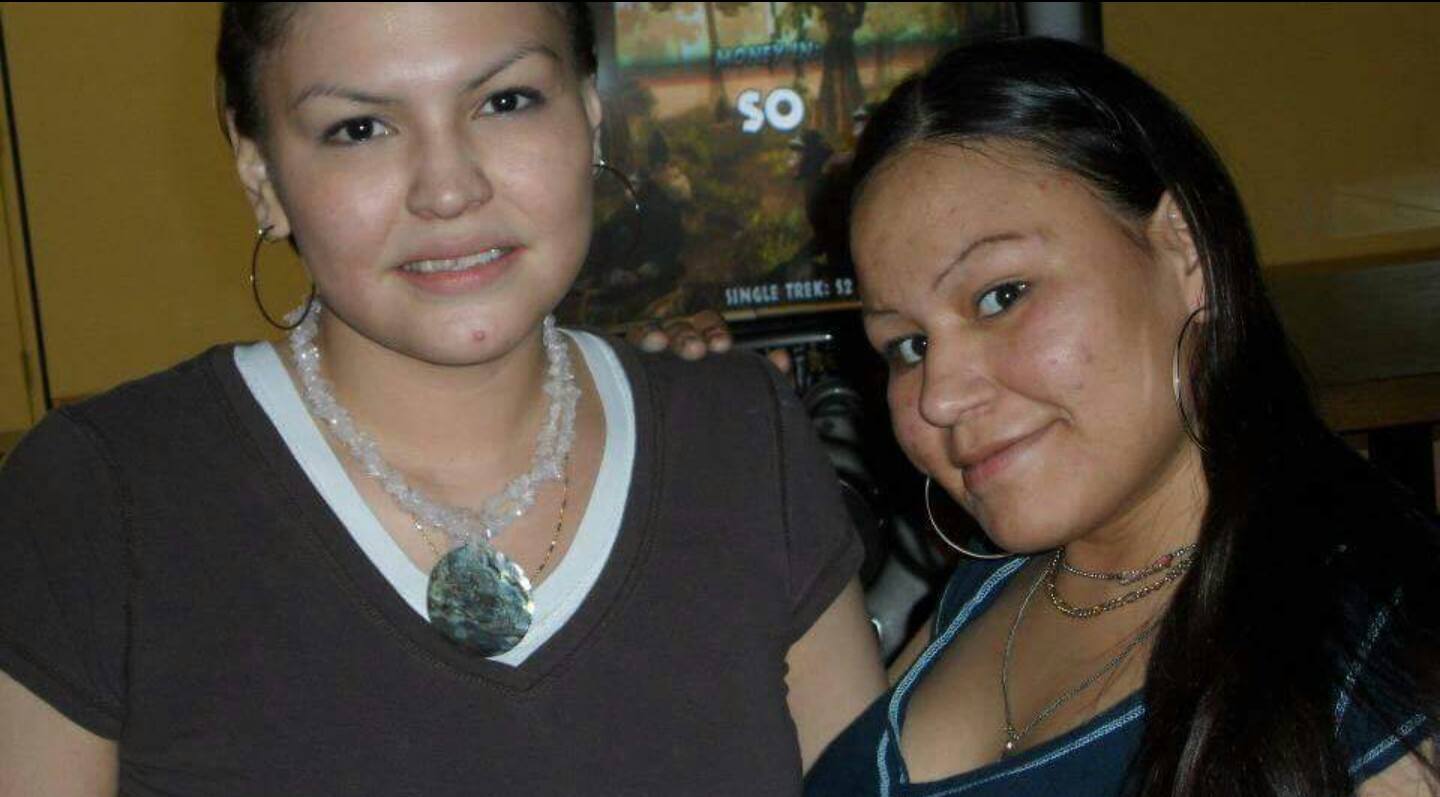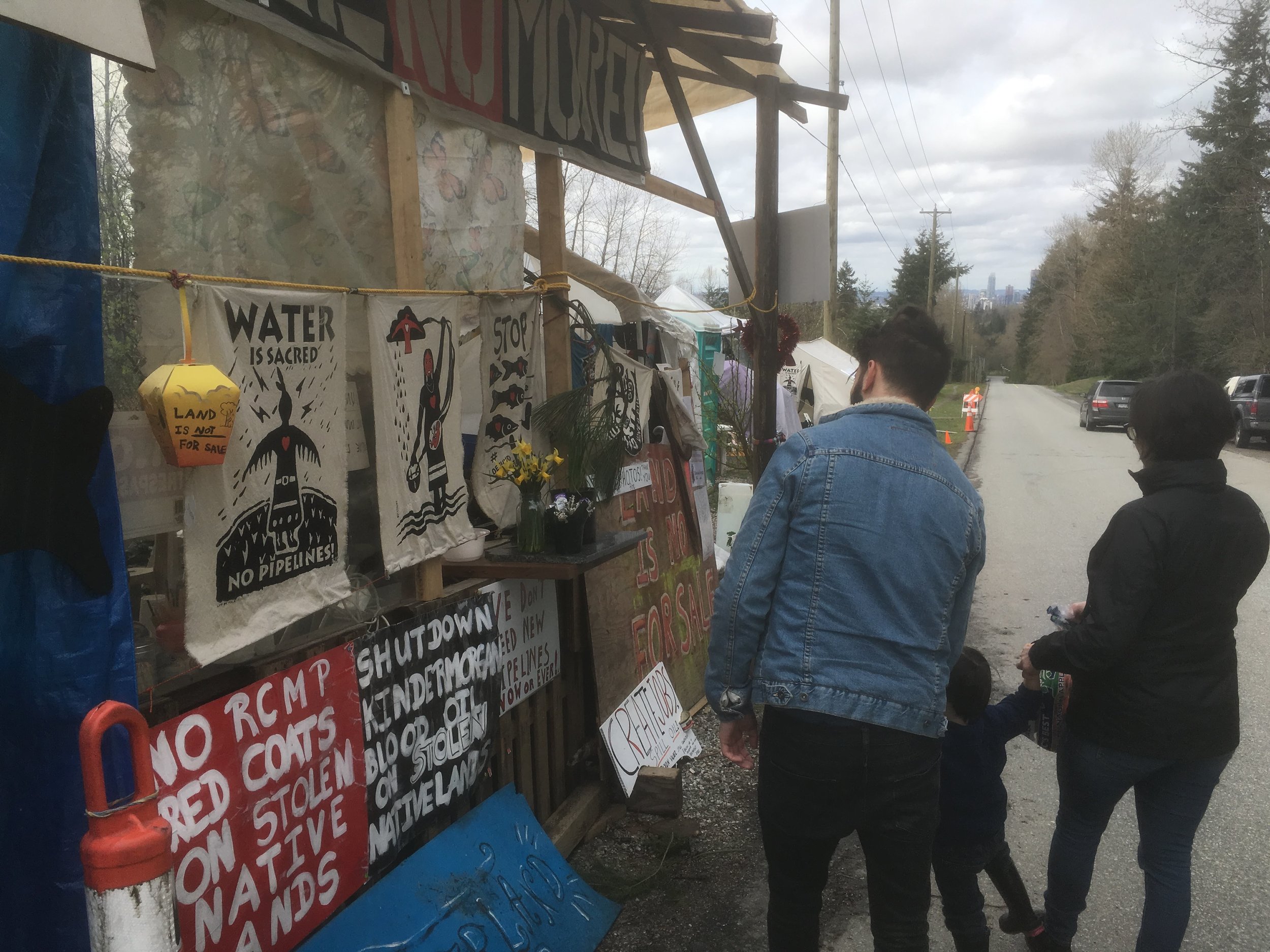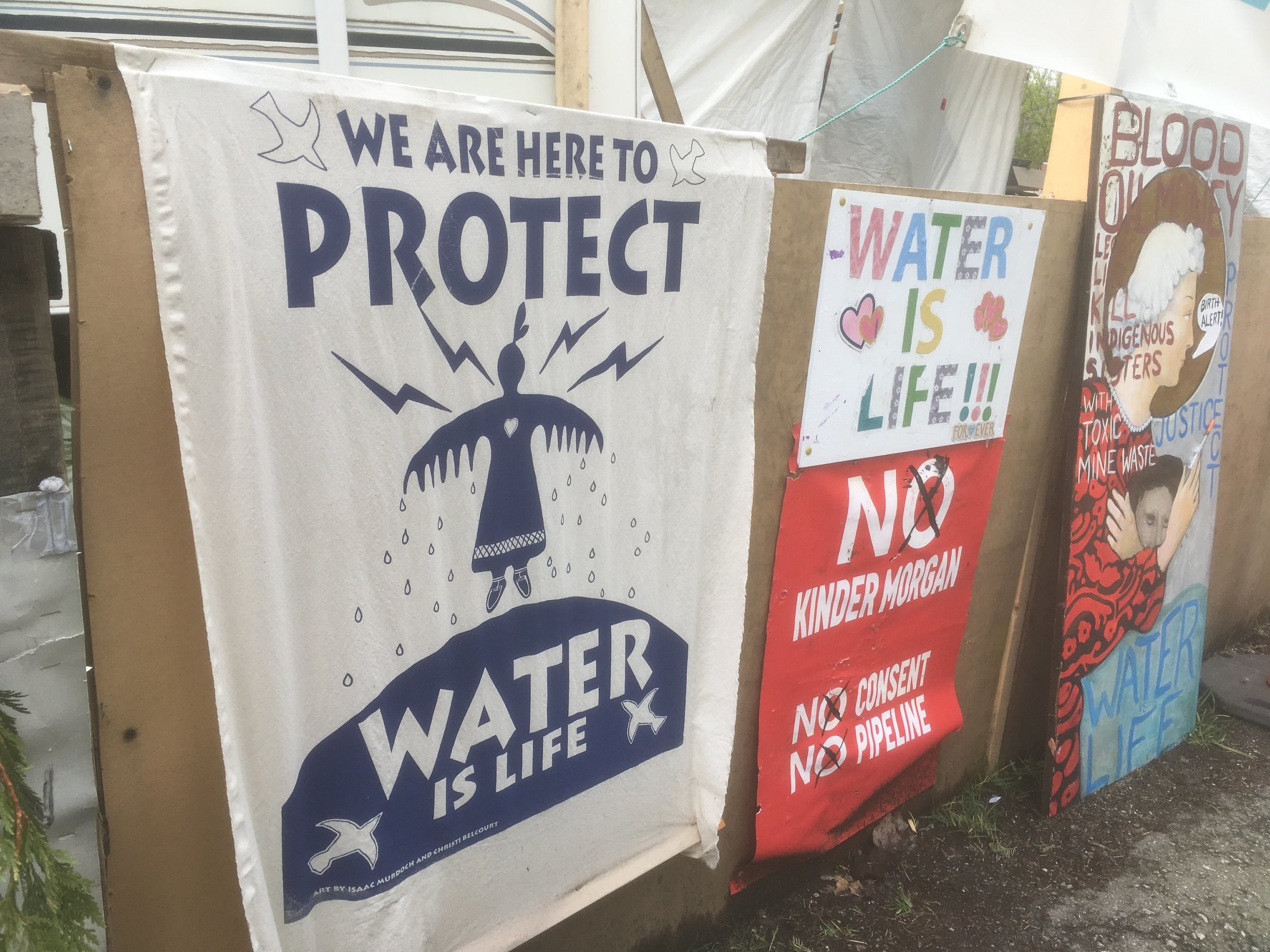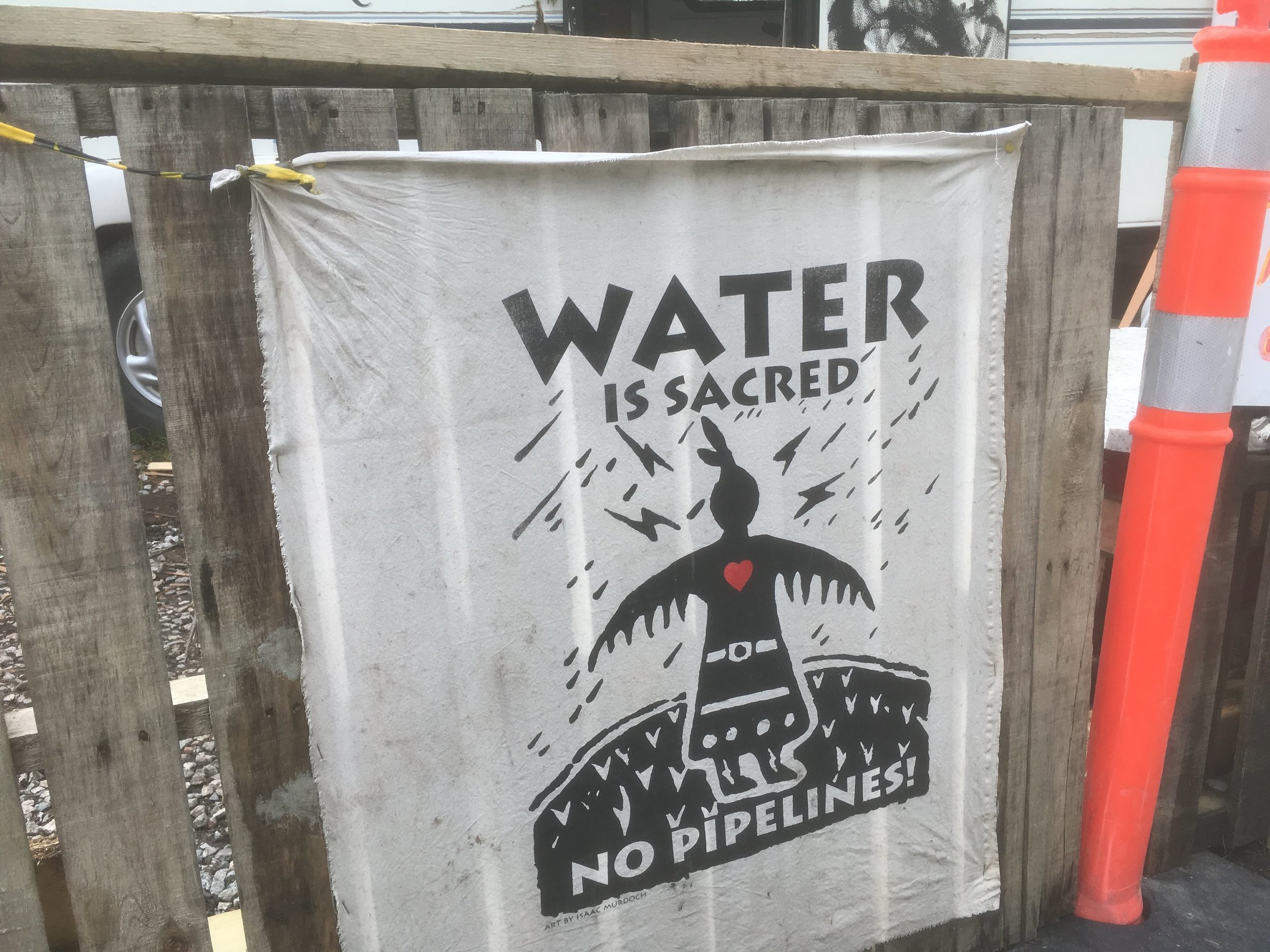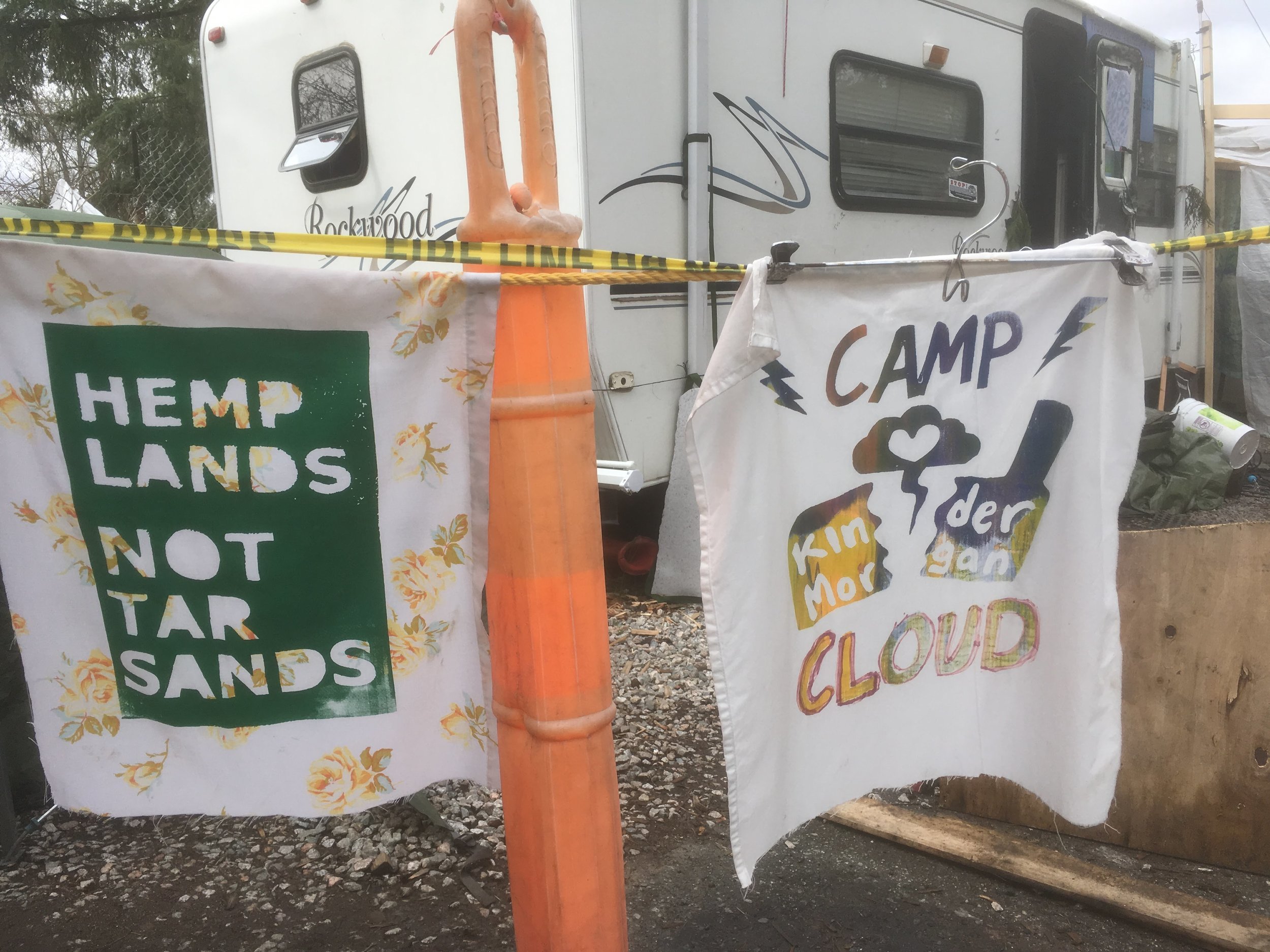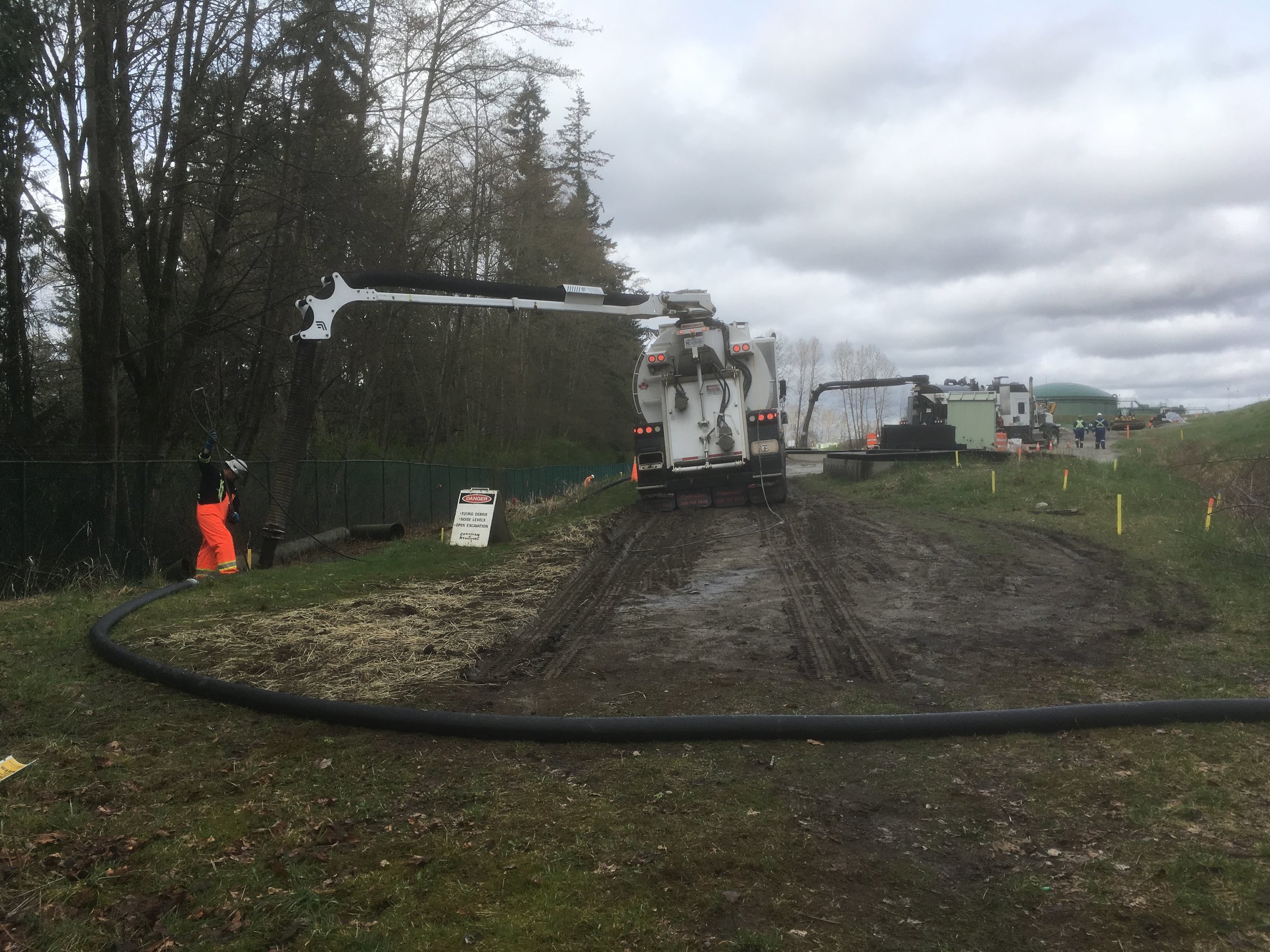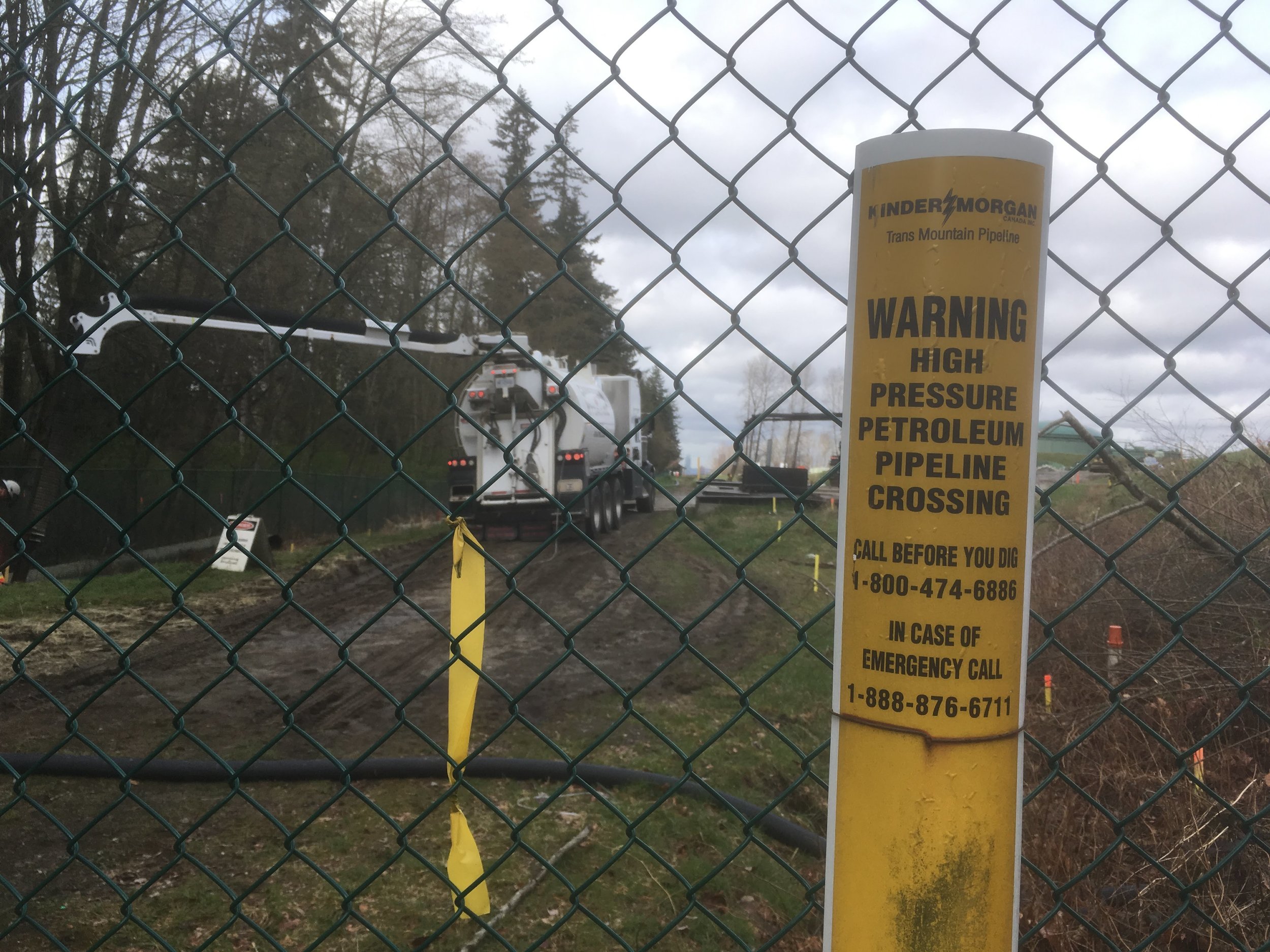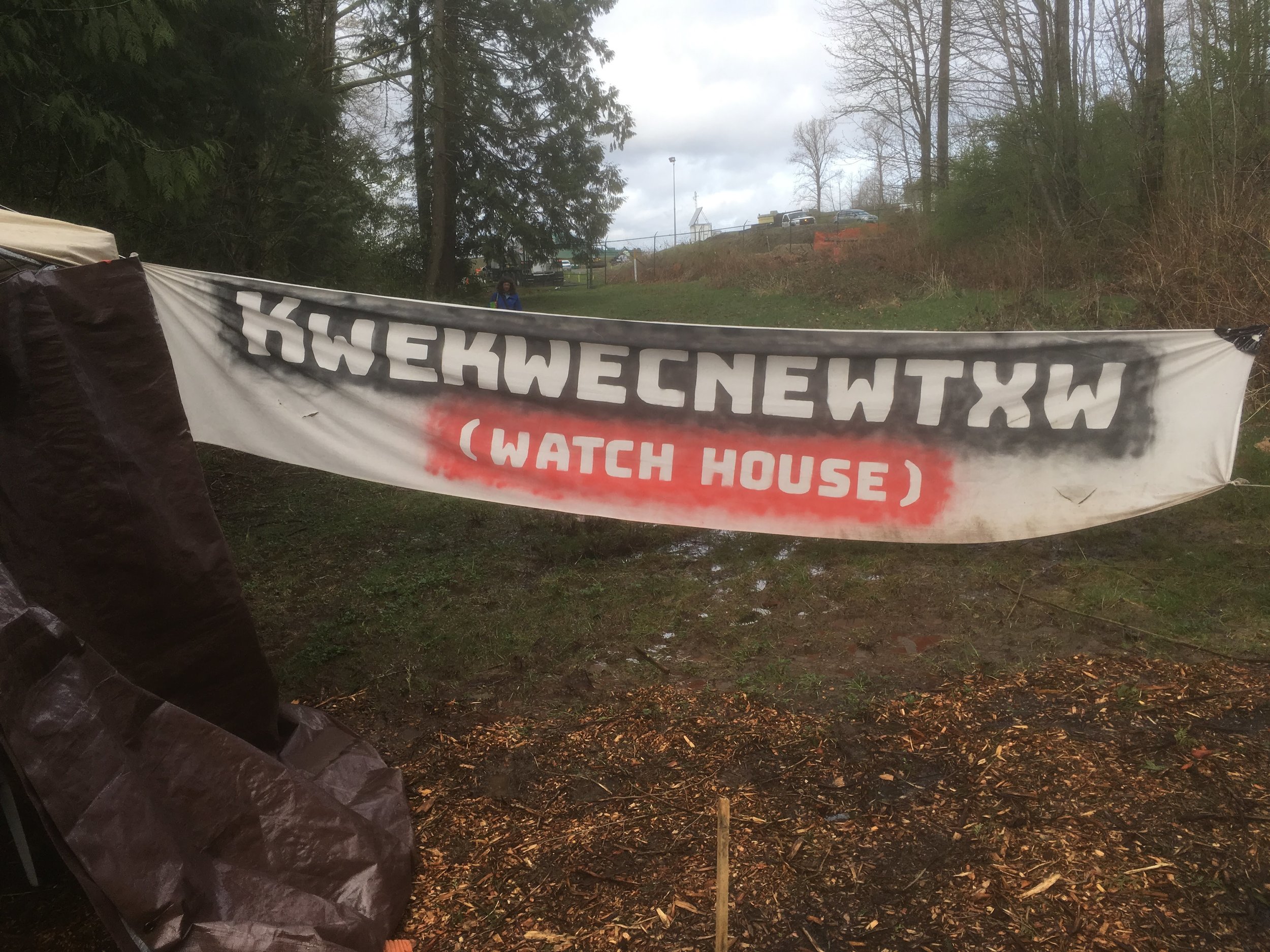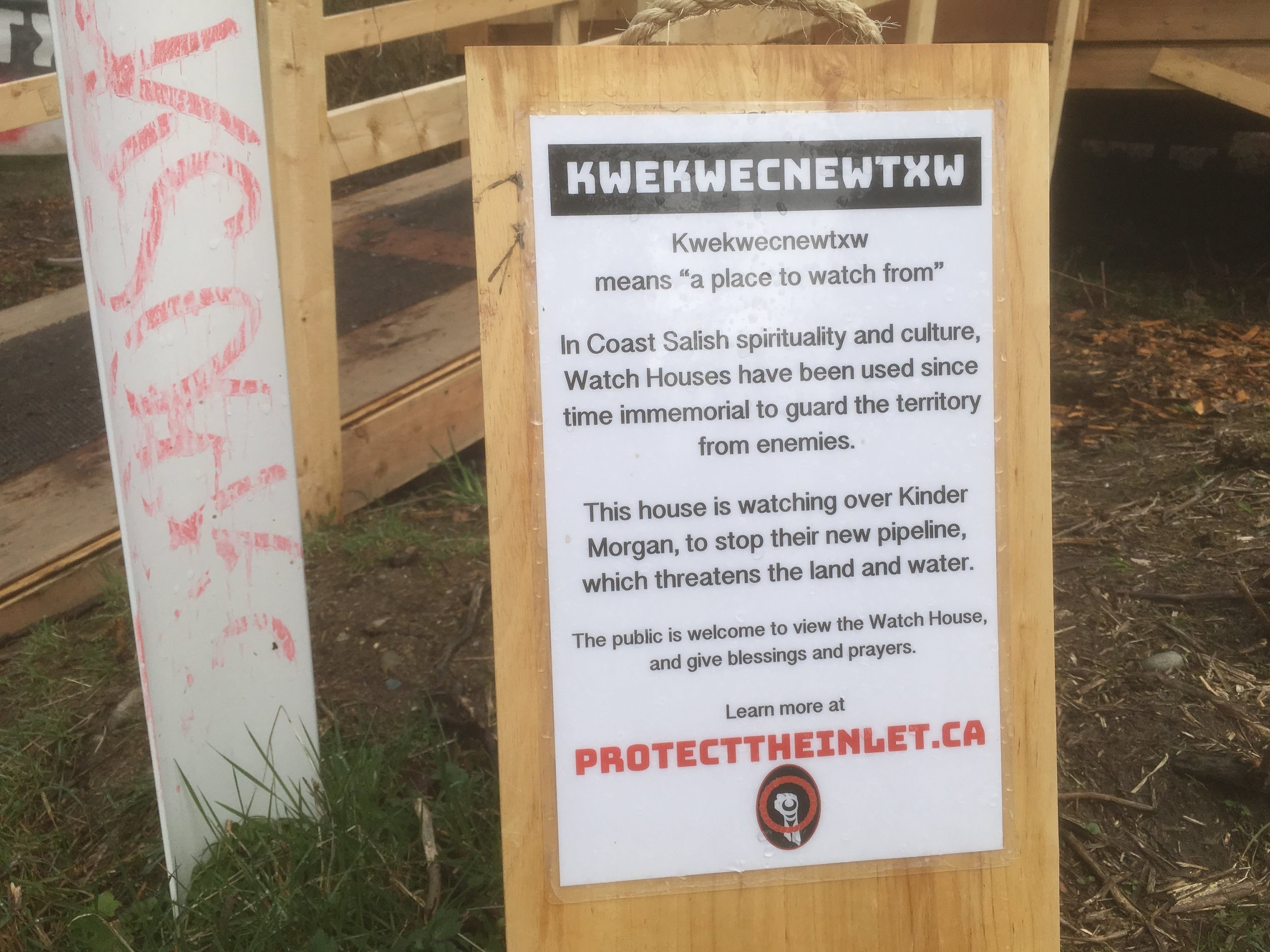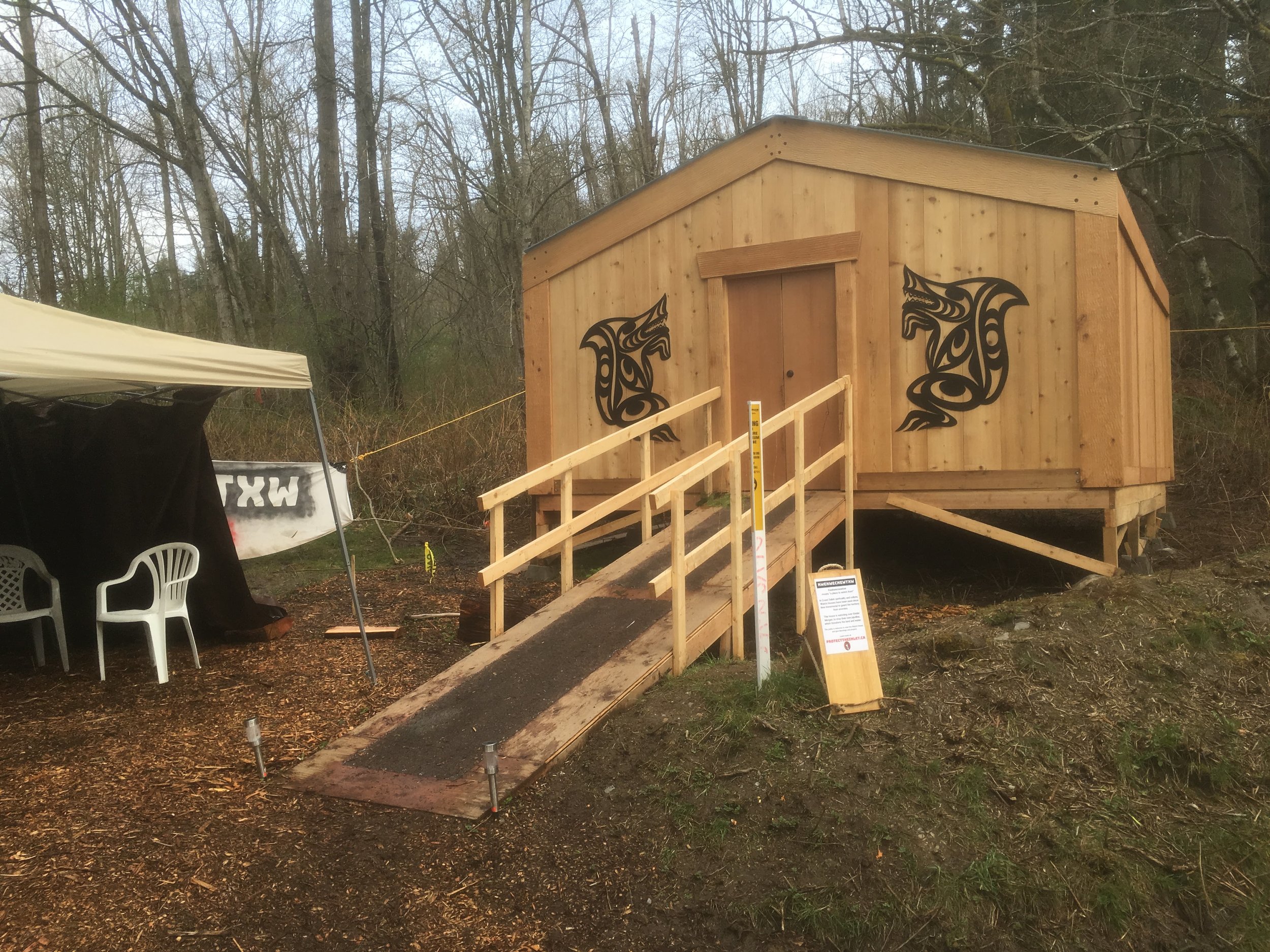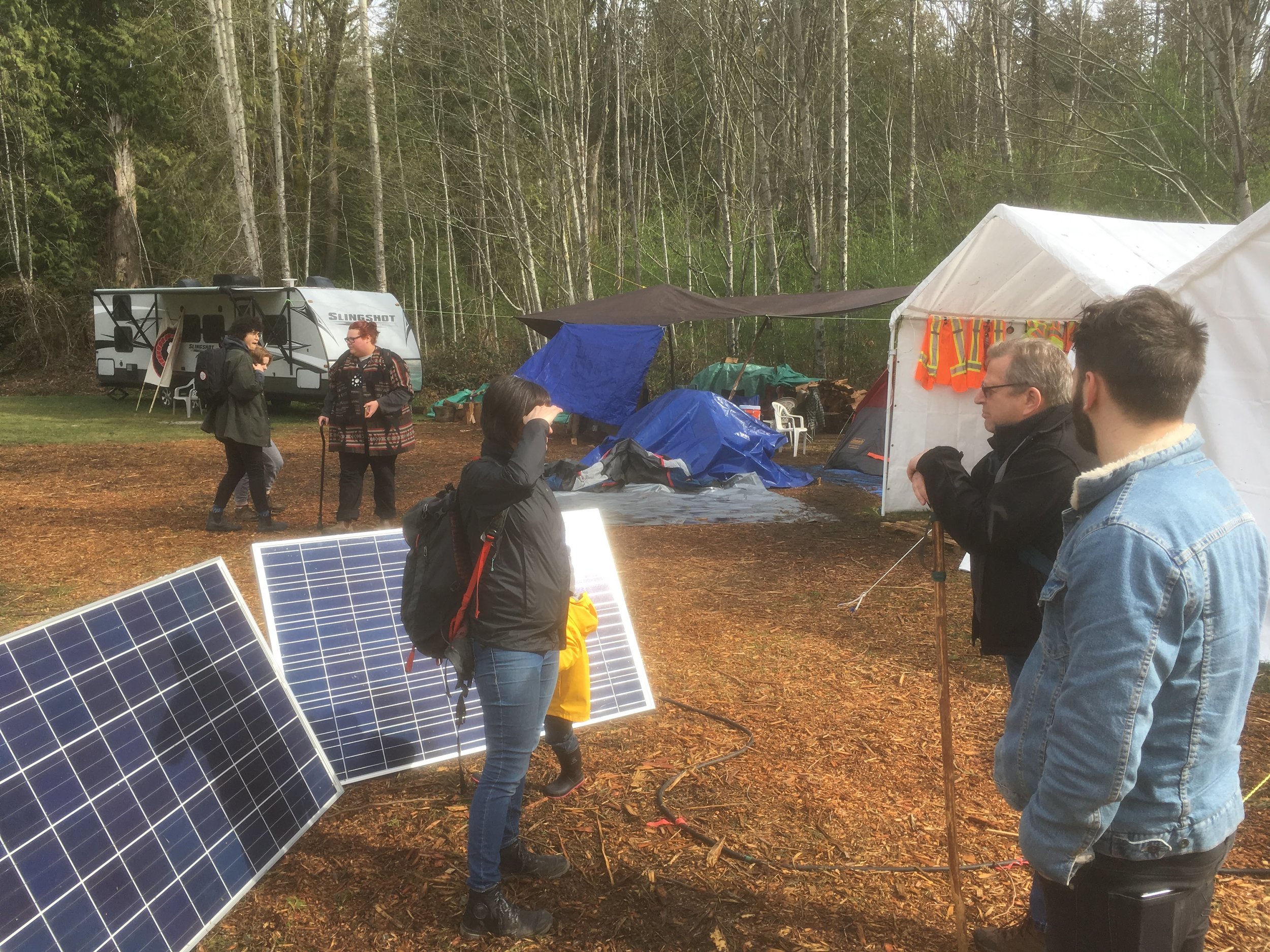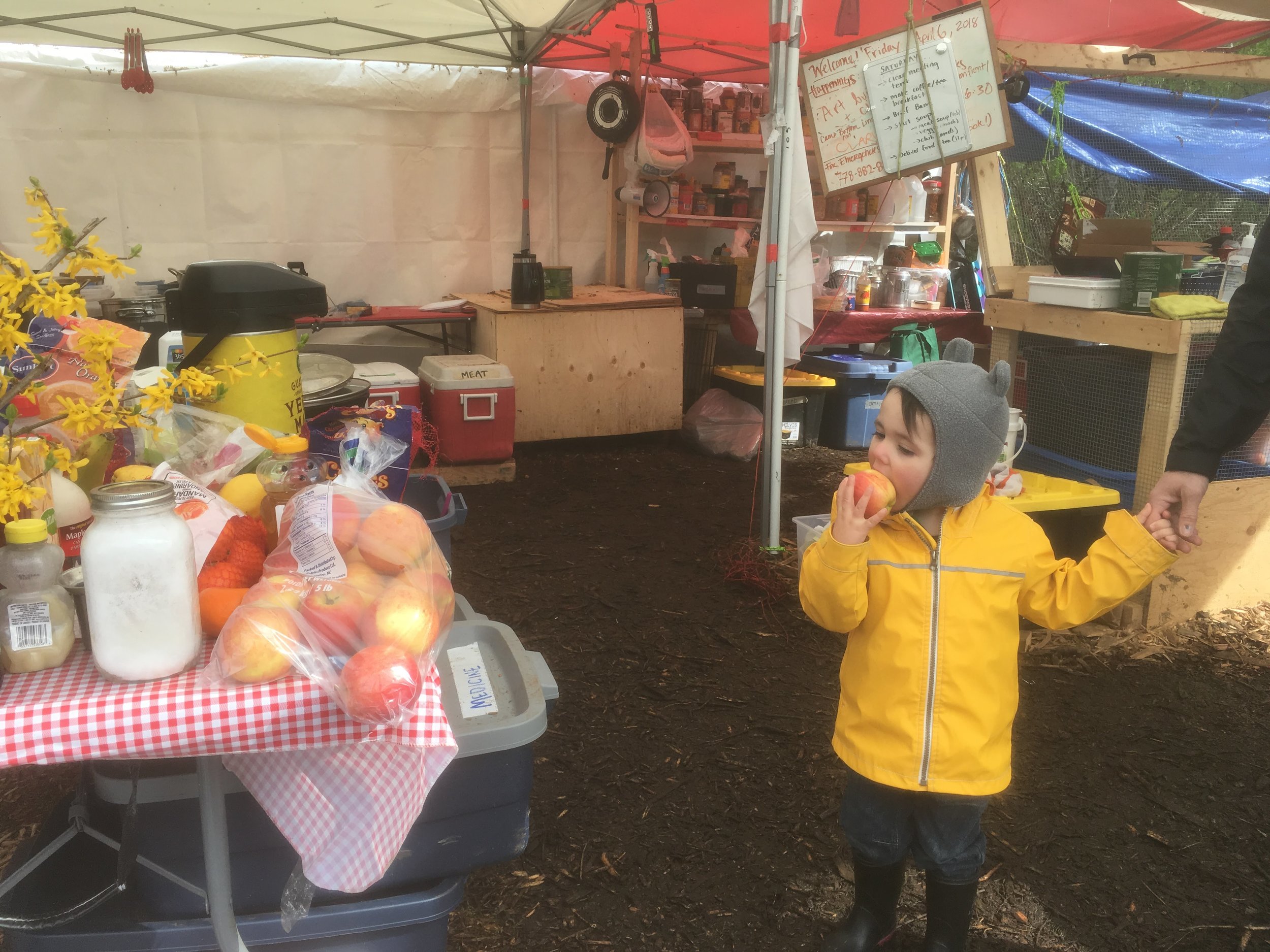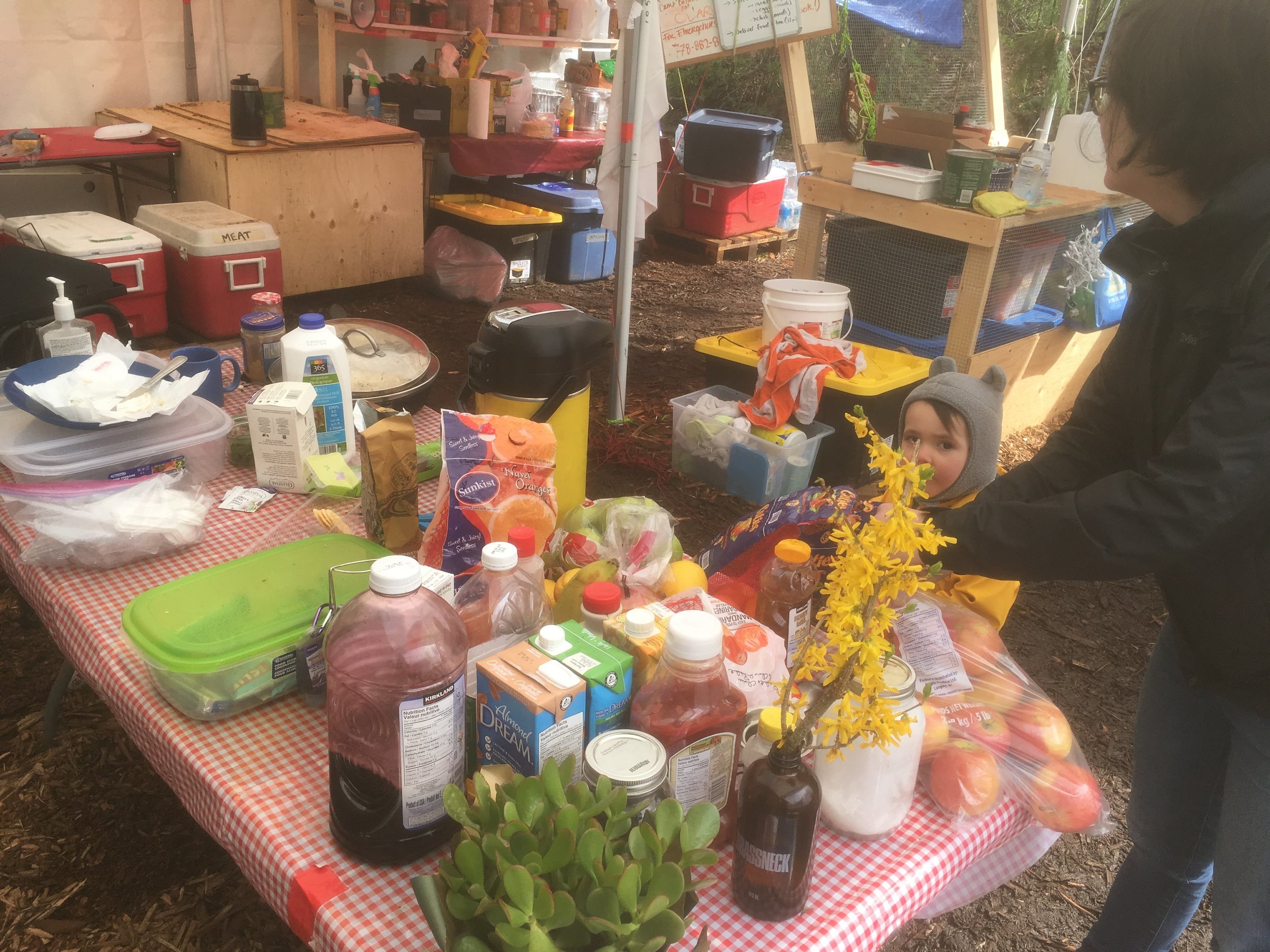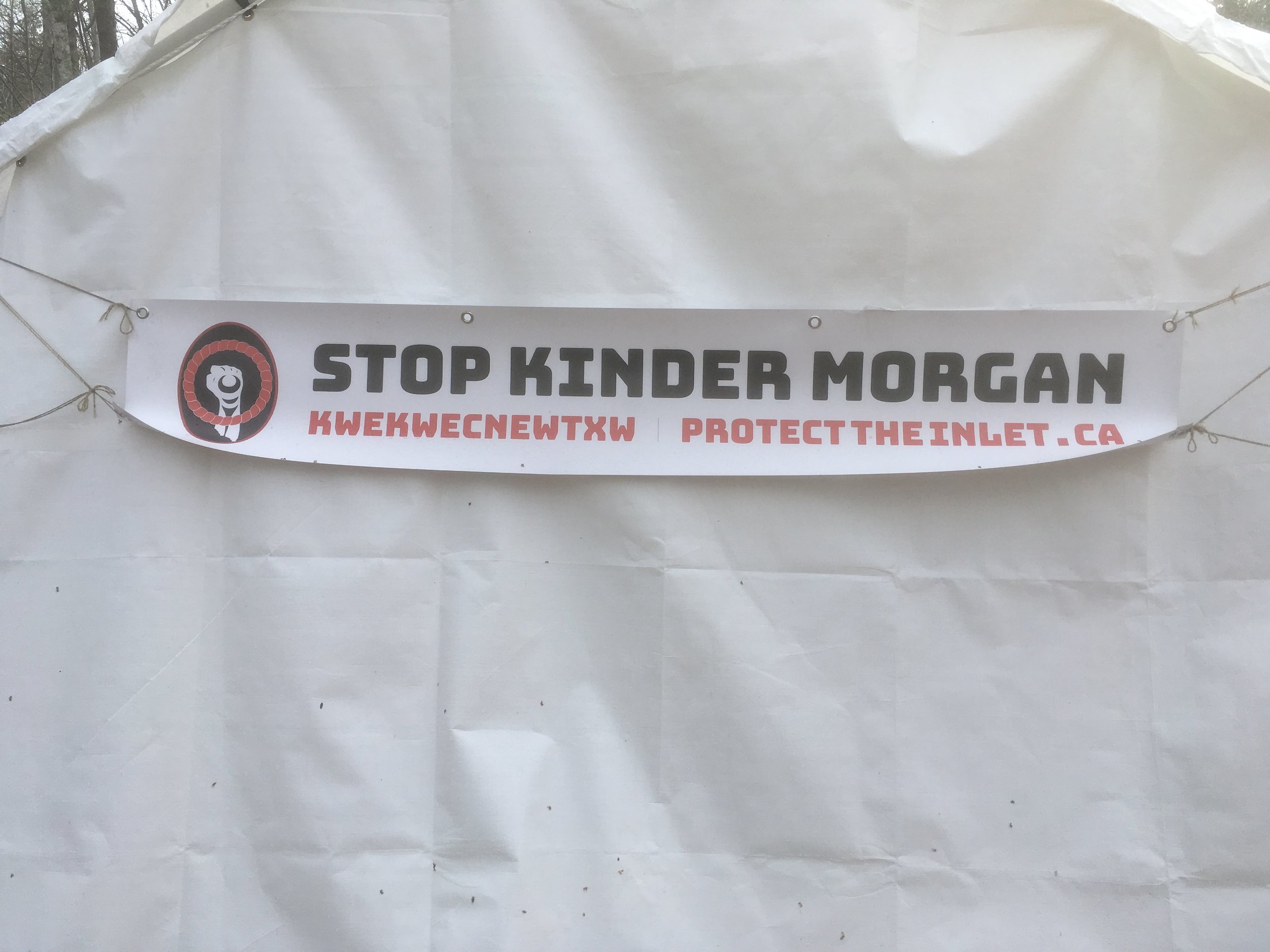By Jeff Shantz
There is a raging gang panic in Surrey. This is being fuelled by media, business associations, and police as means to increase funding for policing (and to further gentrification and surveillance for developers and business). Public discourse suggests that shootings and gang killings are increasing in Surrey and that gangs run the city.
None of this is true. A look at actual numbers shows that shootings in Surrey have declined each of the last few years, and, despite this year’s panic, are on pace to decline again. In 2015 there were 88 shootings in Surrey. In 2016 there were 61 shootings. In 2017 there were 59 shootings. Surrey is on pace for 52 shootings in 2018. For perspective, of specifically gang-related shootings in British Columbia in 2017 there were 6 in Surrey. That is the same number as in Richmond, which is much smaller in population. It is fewer than the 7 in Abbotsford, which is also much smaller in population. For comparison there were 5 gang-related shootings in Langley and Vancouver; 4 in Kelowna; 3 in Prince George; 2 in Williams Lake; and 1 in Port Renfrew (with a population of 144).
Yet, the gang panic, and related calls for more police and surveillance and criminalization of youth, persists. Ahead of the 2018 municipal elections crime has once again been made top of minds for Surrey residents, as it was last election.
The “Addressing Crime in Surrey” Panel
On July 22, 2018, a panel discussion “Addressing Crime in Surrey” was hosted by People First Surrey, a party running candidates in the fall election. Participants included: Stuart Parker (Proudly Surrey); Dennis Watson (Green Justice); Lenee Son (Alliance Against Displacement); and Rajesh Jayaprakash (People First Surrey). Each speaker gave a three minute presentation followed by multiple rounds of questions from the moderator and audience members. The discussion ran the gamut from calls for law and order, “broken windows,” policing to abolition of police.
Three of the panelists pushed for various forms of criminalization and policing. Parker is pushing strongest for a local municipal force to replace the RCMP. He did point out that Ontario and Quebec have police armies because of their militarized provincial police forces (but did not acknowledge the military nature of the RCMP). Jayaprakash and People First Surrey are pushing a plan of mass surveillance through video cameras throughout Surrey, recording virtually everything all the time. They want to cut funding for the light rapid train in Surrey to fund a municipal force. Green Justice offers only a rehash of failed and discredited broken windows policing and more cops on organized crime (not corporate crime though) and regional units (but did launch into a strangely disconnected rant against...communism!?!).
Only Lenee Son of the Alliance Against Displacement put focus on the social and economic structures of inequality and violence that give rise to gangs. Son pointed out that it is not a debate about the RCMP or a municipal force, as is shaping up to be the election framing, but rather is about getting rid of cops (and their bloated budgets) entirely and addressing root causes of violence and social harm. We need to remove a key source of repression and alienation based on white supremacy, exploitation, racism, class stratification, and colonialism. Namely the police as an institution of structural violence and inequality.
Son points out that the Surrey Gang Task Force report is a failure. It identifies risk factors but does little to nothing to address the social causes of them. The outlined activities proposed do not address the material needs of young people to really deal with risk factors. Punishment and education do not address fears about poverty, material insecurity, declining living standards, and declining opportunities. Programs like Bar Watch, much touted in the task force report, concentrates decisions in the hands of police. There are no appeals for people negatively impacted. The result will simply be further exclusion and marginalization of racialized youth. It is a program of profiling.
One audience member pointed out that the RCMP regularly inflict violence on people and communities in Surrey. In addition to physical violence there is racial profiling of youth of color. Son reported that when she worked at the Newton Wave Pool she heard police openly call East African kids “pirates.” She called for answers on police accountability. None of the three party representatives could offer any.
Another audience member said that the AAD perspective resonated most with him. He was incarcerated before going on to do a doctorate in education at Simon Fraser University. He said that he senses the need to go further and deeper in assessments of justice but class and colonialism restrict us (we don not even properly identify police as agents of class inequality and colonial genocide in Canada).
A point was raised about drug decriminalization and the reduction of police funding and resources from drug criminalization. The panel (except for Watson) spoke of the need to end the war on drugs. It was noted that at the municipal level policing decisions could be made from the mayo’s office to lessen or end enforcement. It was also stressed that demand is not going to end if police take out a so-called kingpin, as some law and order advocates claim. That only creates a vacuum.
Lenee Son pointed out that it is a time of government austerity except for funding for cops as police budgets continue to grow even as crime rates decline. In 2015 Surrey got 100 new RCMP officers. In 2017 the city got another 12. RCMP already take up more than 20 percent of the City budget, more than any other single drain.
Getting to the Root of the Matter
What are the real sources of crime fears that allow panics to flourish? Concerns over stability, security, safety. The moral panic around gang violence in Surrey points to deeper anxieties. Parents are then blamed instead of being supported. We really need to address racism, poverty, alienation, economic decline, government austerity, and structural violence (including police). These are systemic issues. What is happening in Surrey is happening elsewhere.
A social order based on exploitation and profit requires structural violence and repression to maintain it. This increases social tensions and conflict. So too do tax cuts for the rich and government austerity against the working class and poor. Technocratic solutions like surveillance cannot address these issues. Surveillance is already intense on certain youth (racialized, migrant)—police do surveillance in community centers and schools. Police integrate themselves early on into youth spaces and communities. That only serves to intensify alienation and despair.
There is a real, pressing, need to defund police and restore or put funding into social programs. As one audience member pointed out, to conclude the meeting, crime is the breaking of laws—but laws are the rules of the rulers. Laws construct certain people and activities as punishable (even if they are less harmful than other activities, like corporate crime, for example). Criminalization, in the end, serves the interests of property and property owners.
Video of panel: https://www.facebook.com/PeopleFirstSurrey/videos/2009022039109048/UzpfSTU4NDkyODc5NDkzMzk5MjoxODQ3MjAzNzc1MzczMTQ4/
